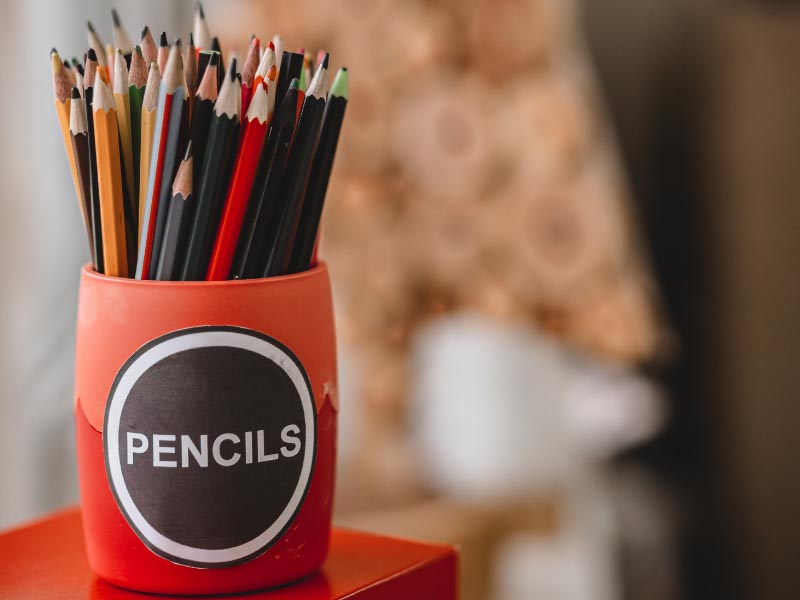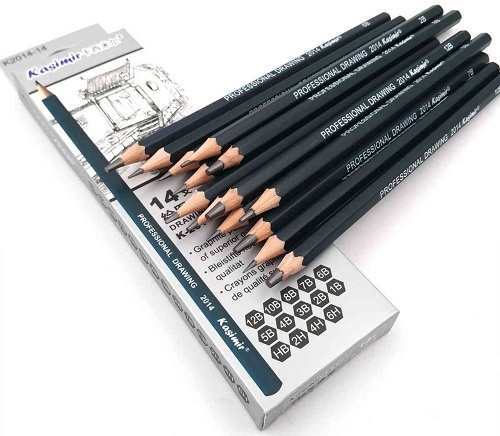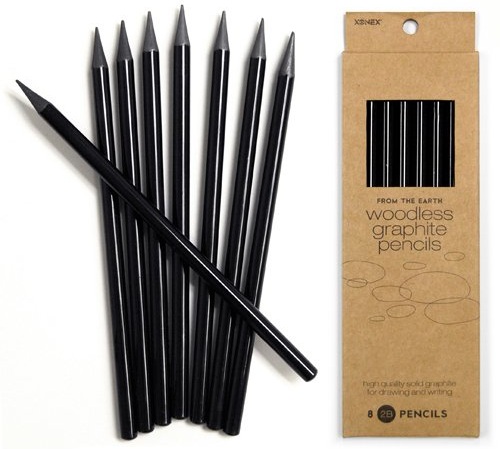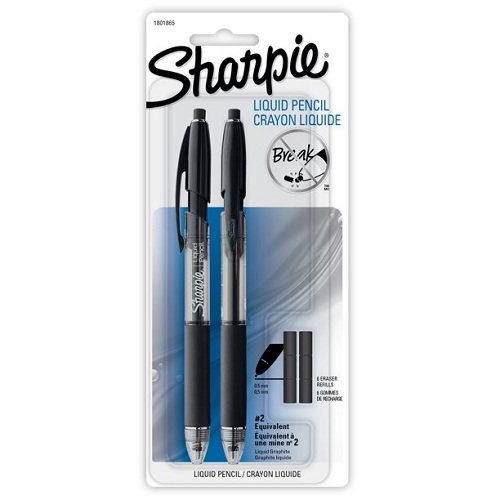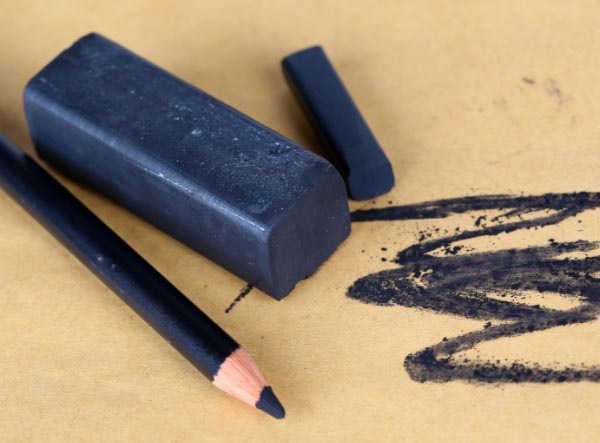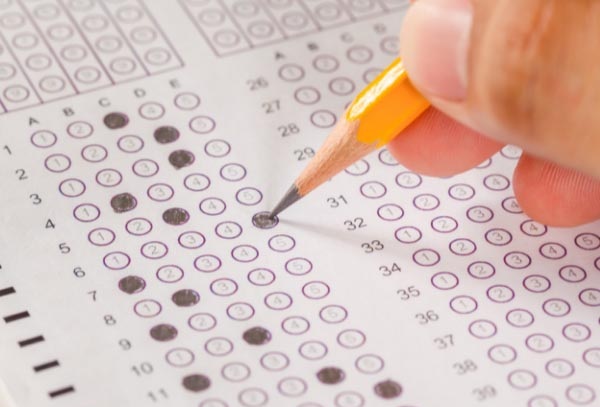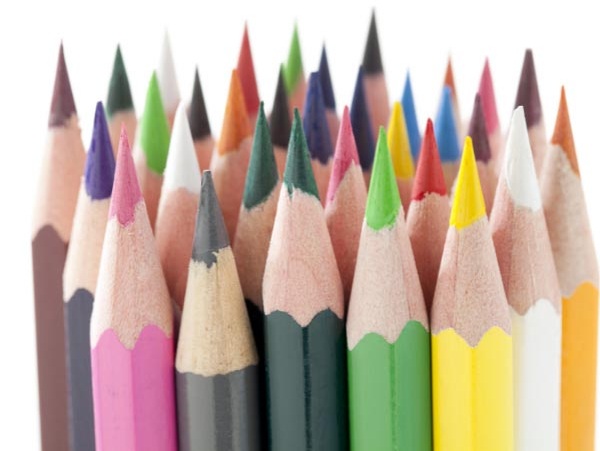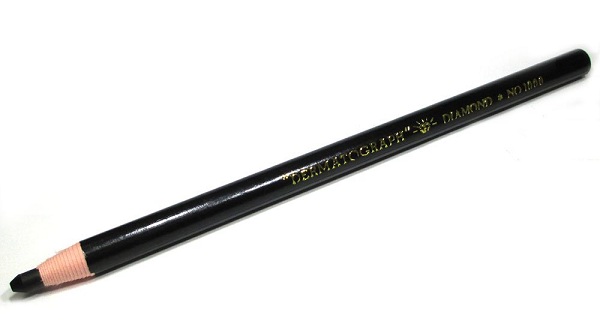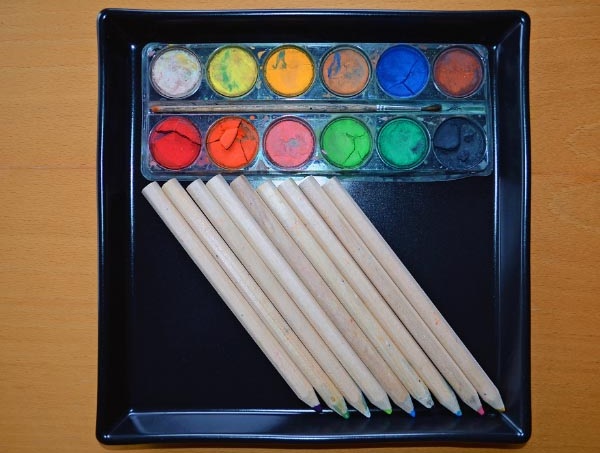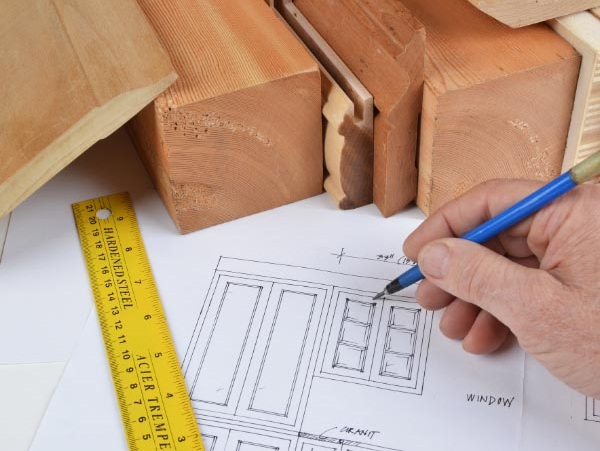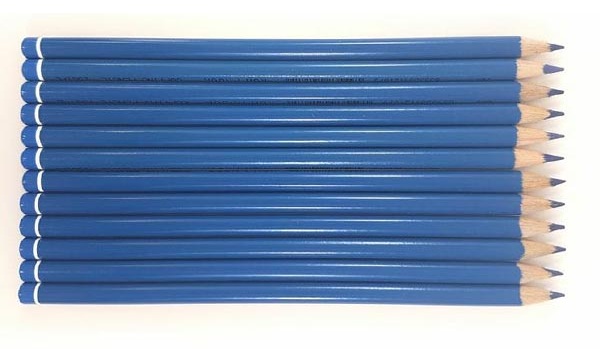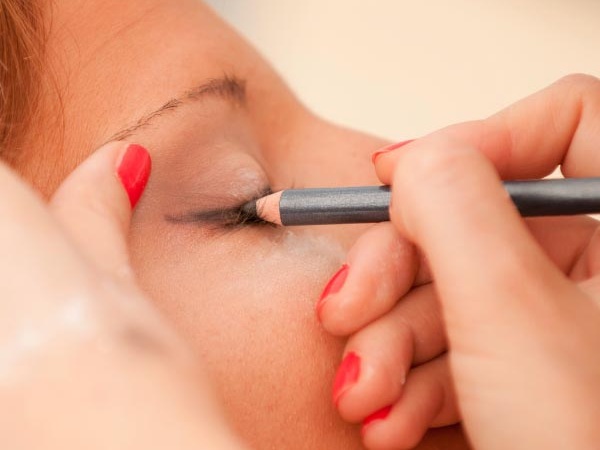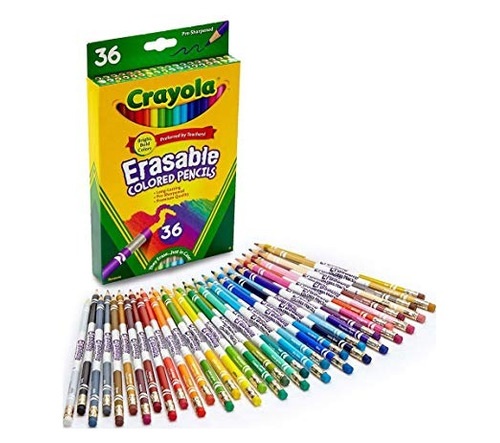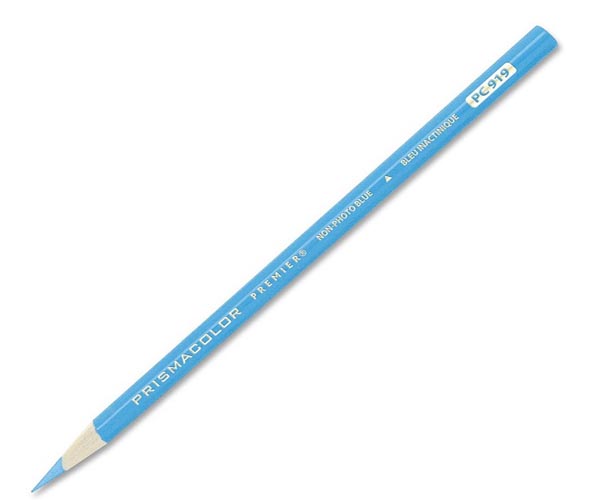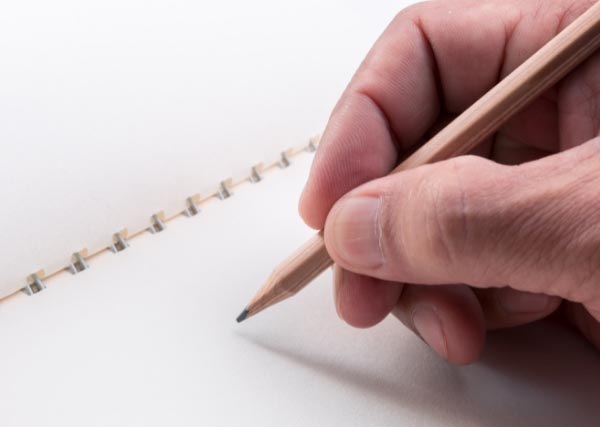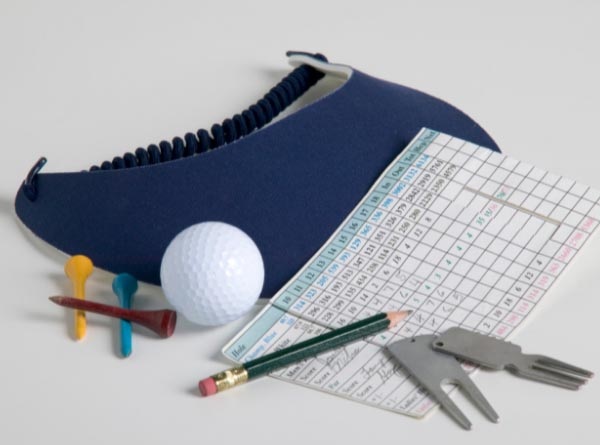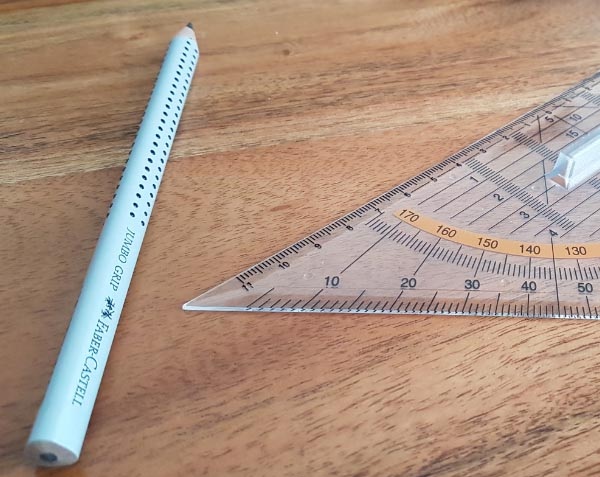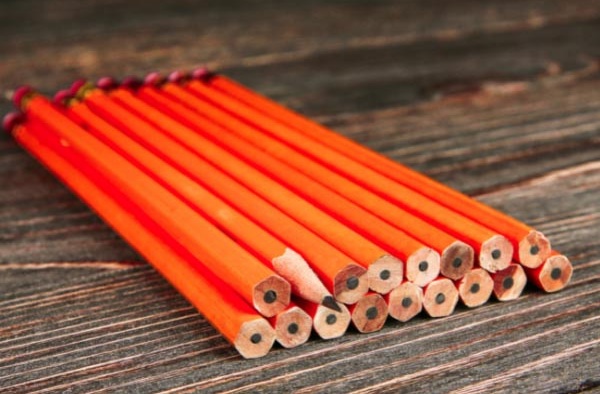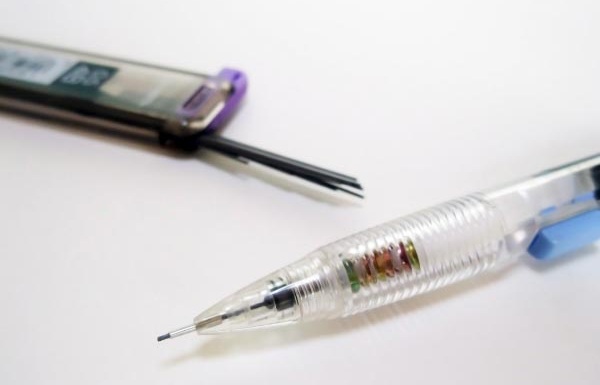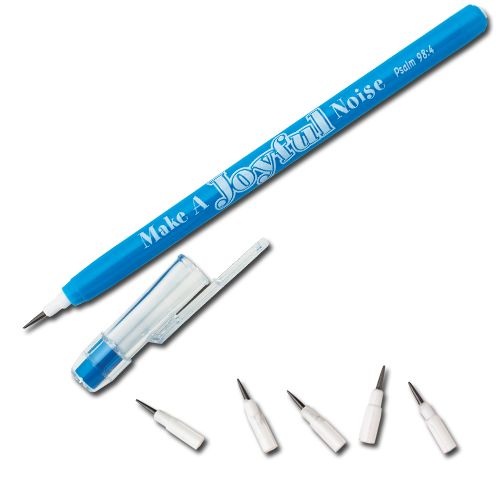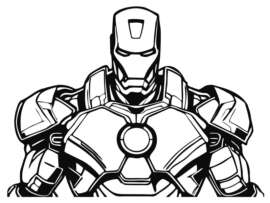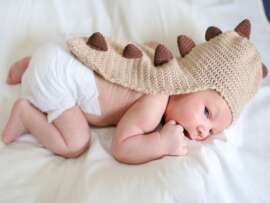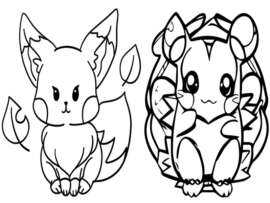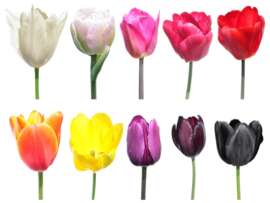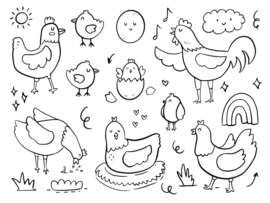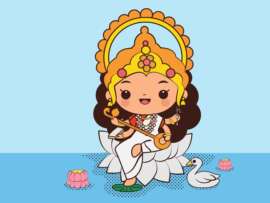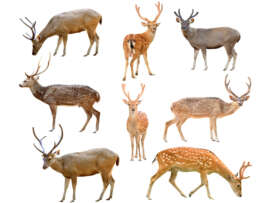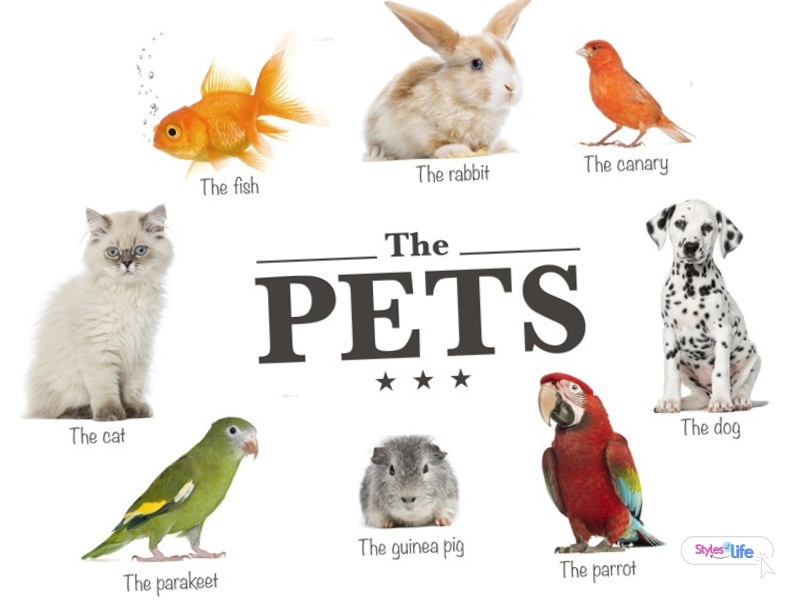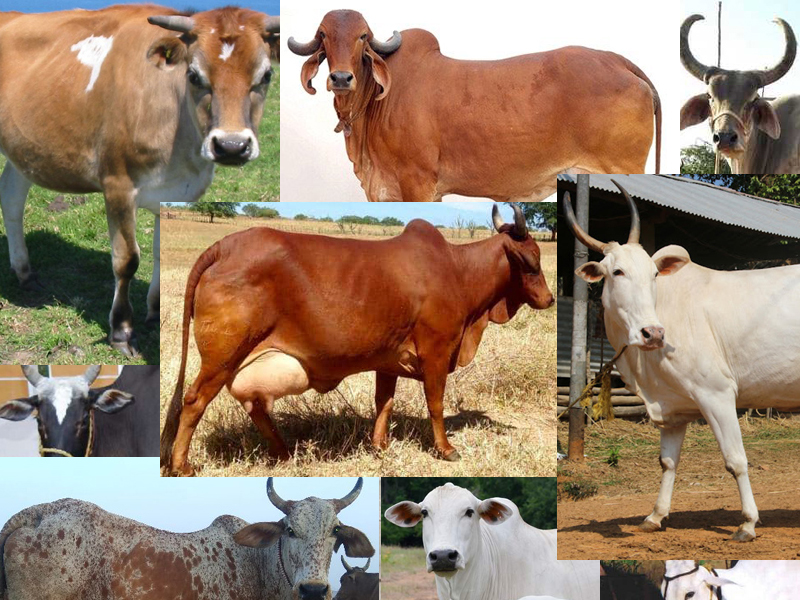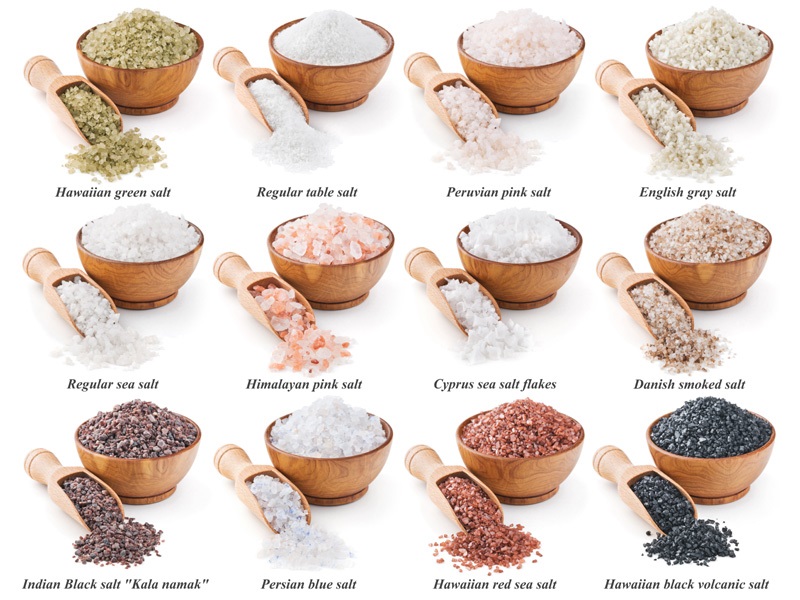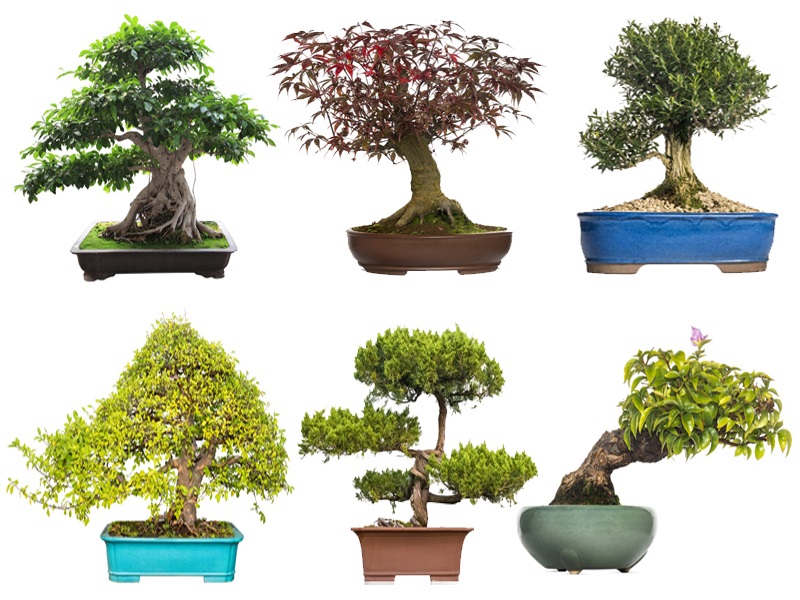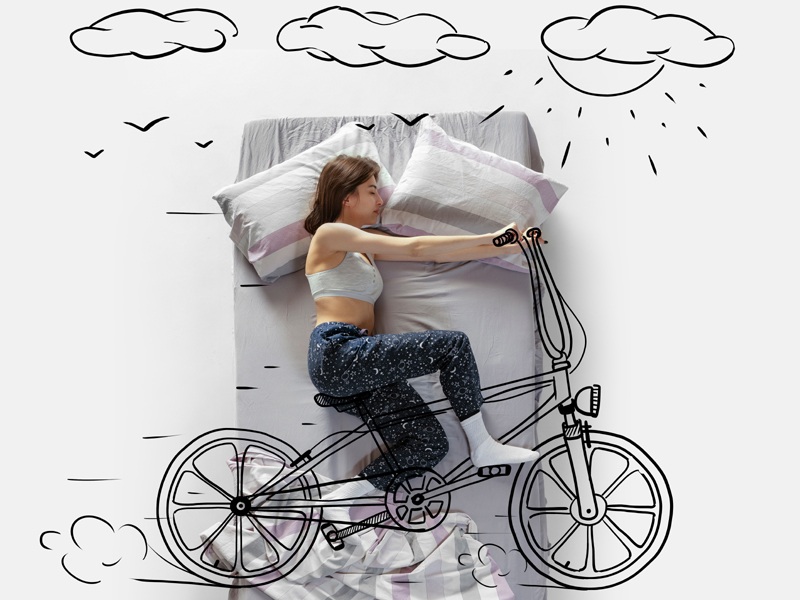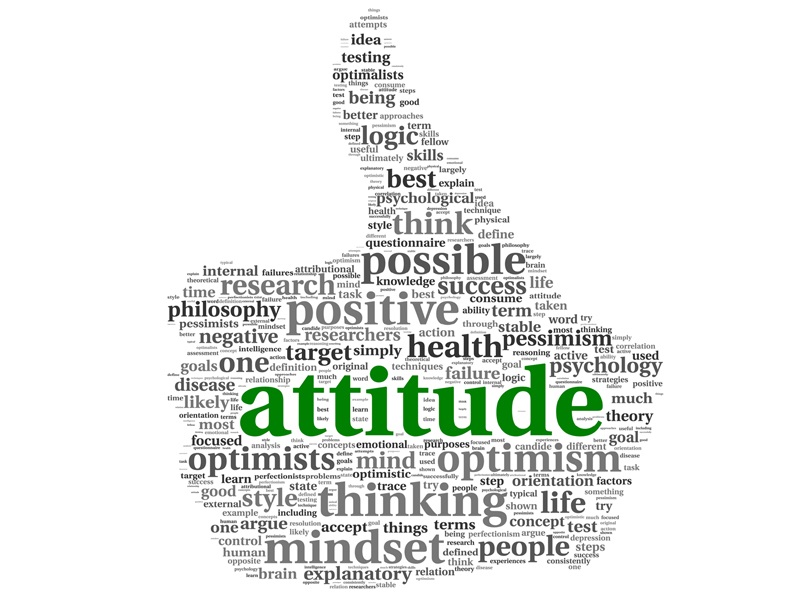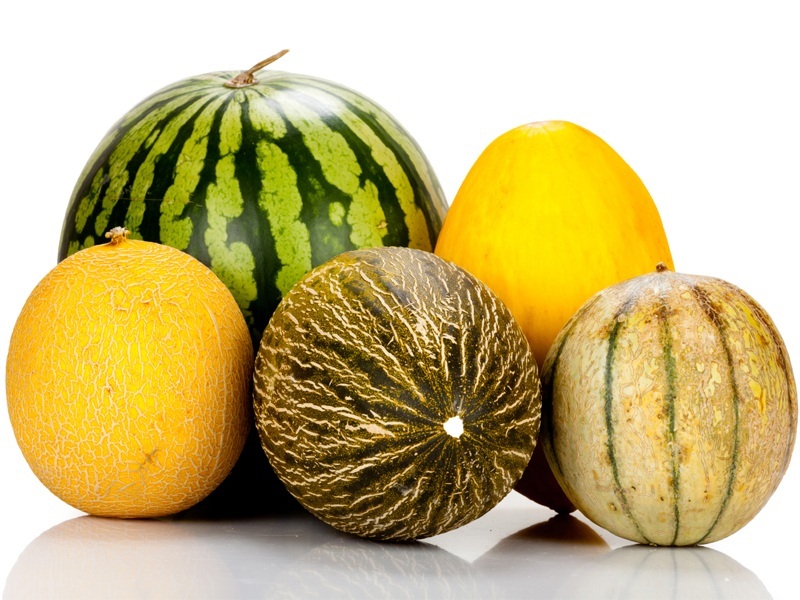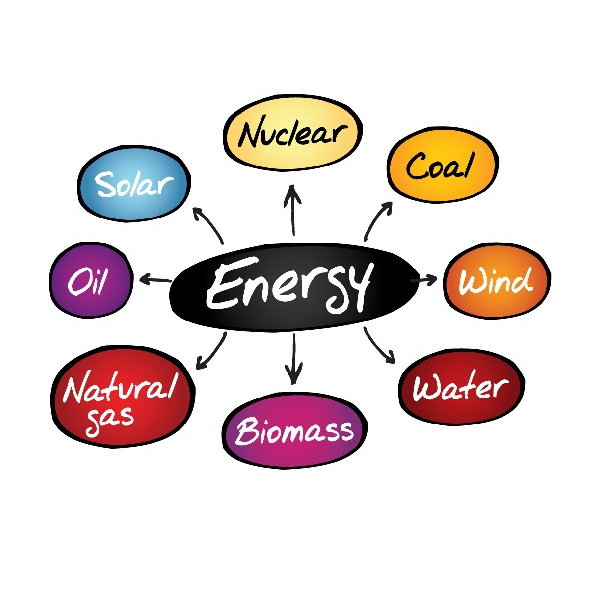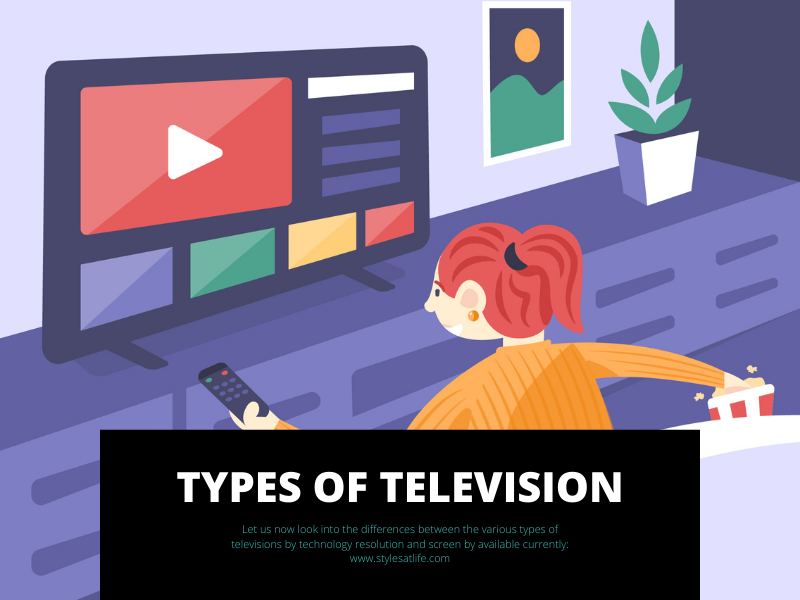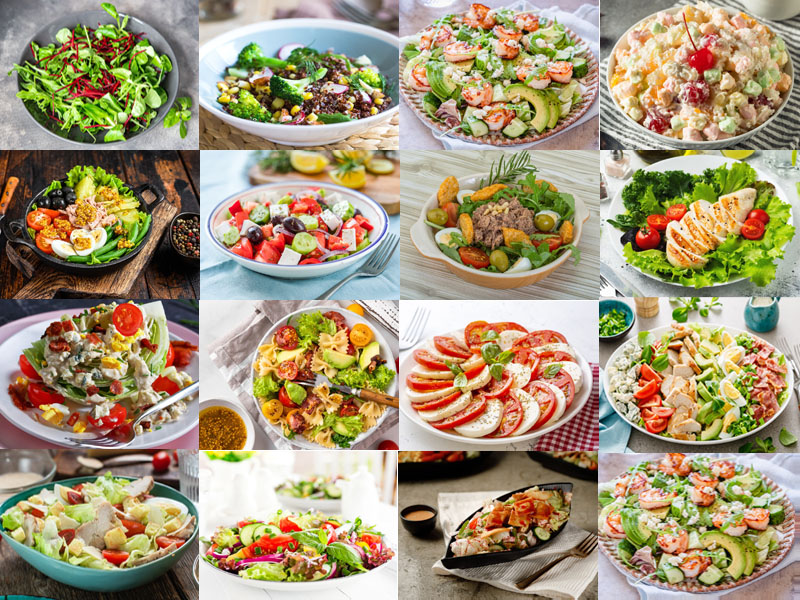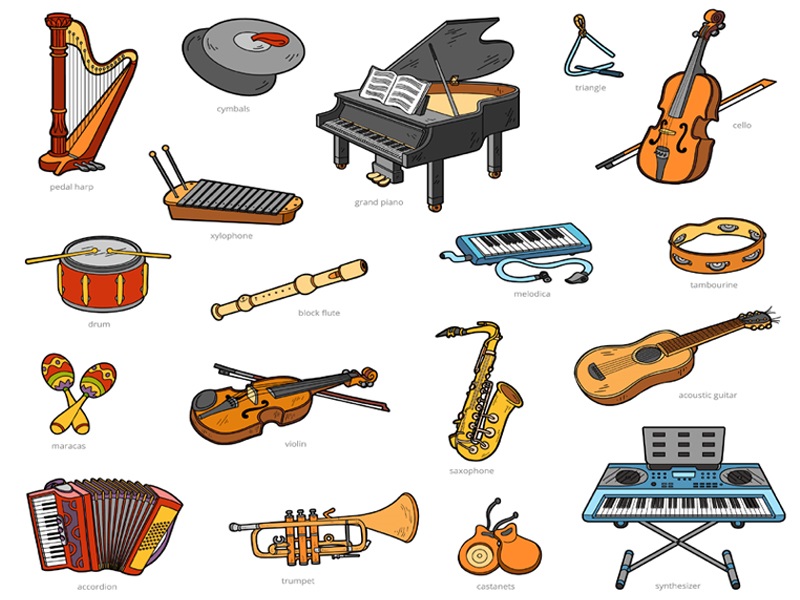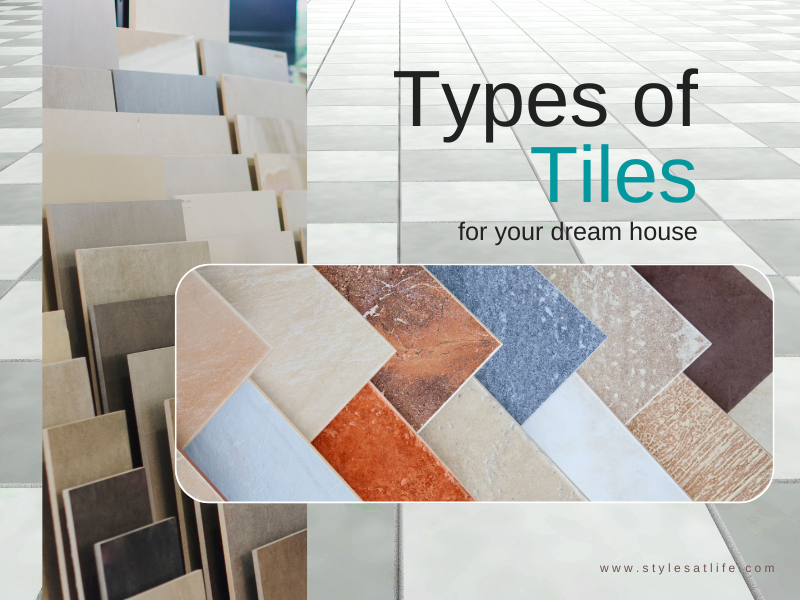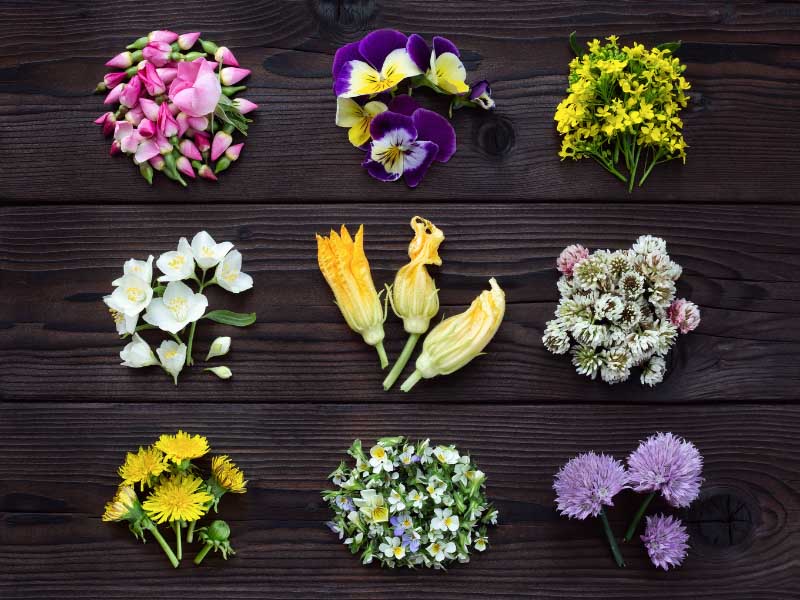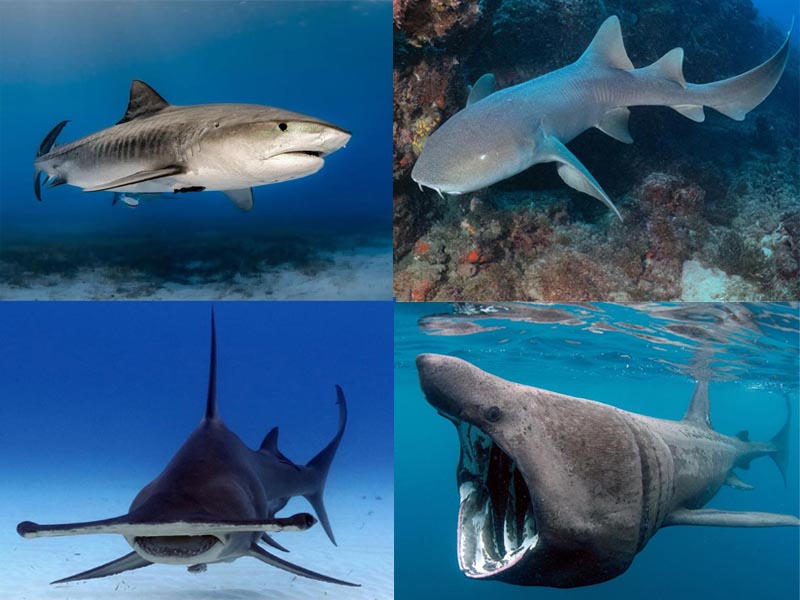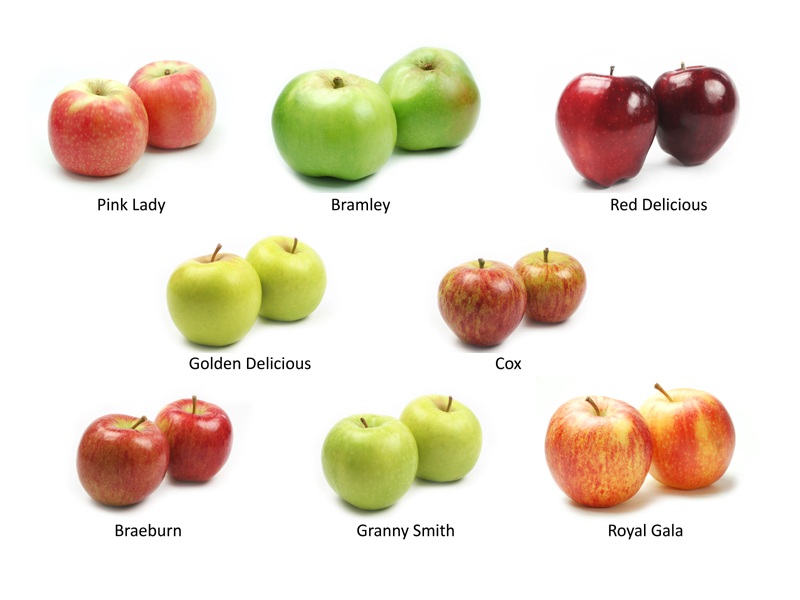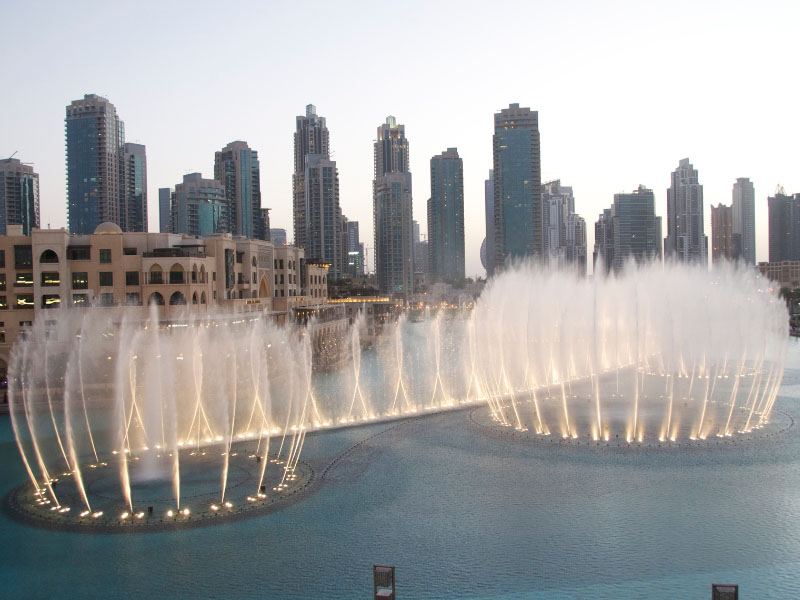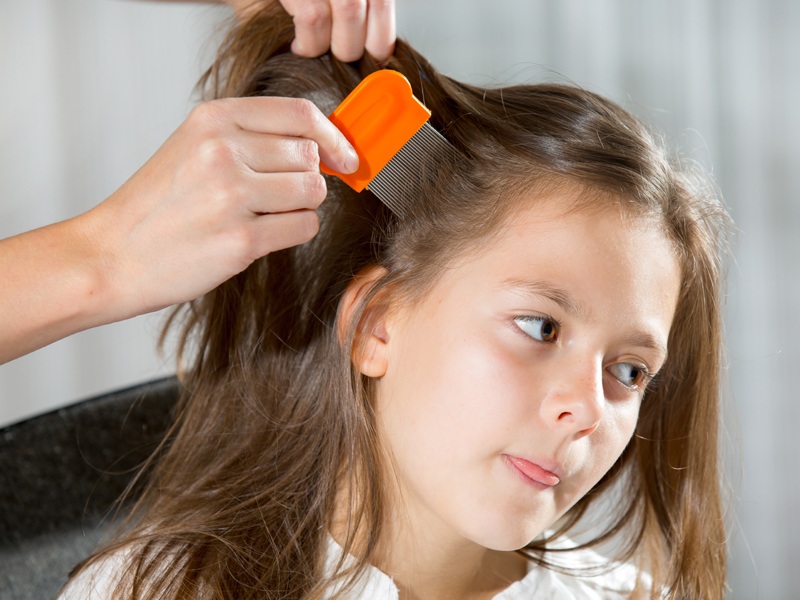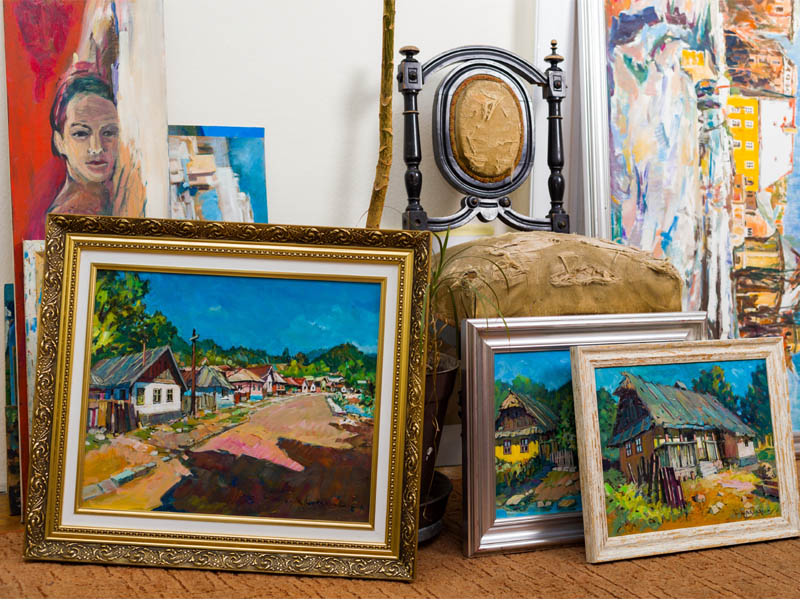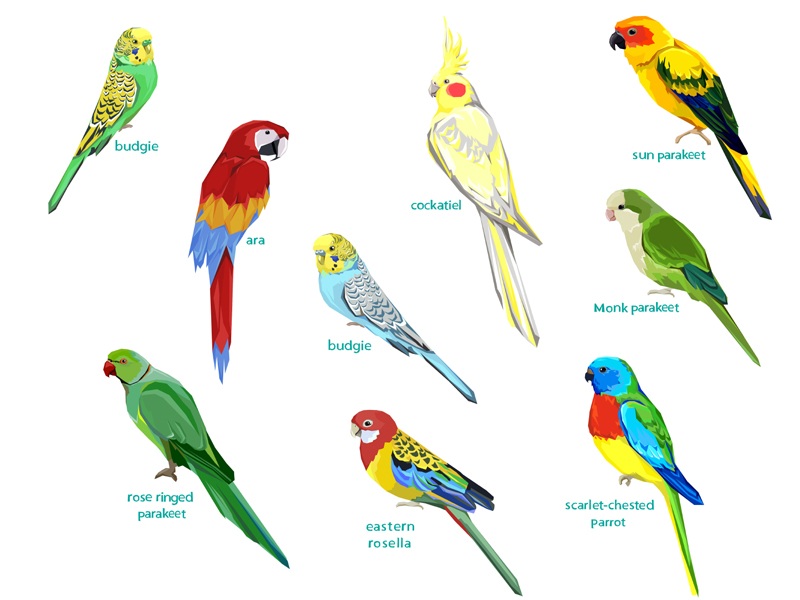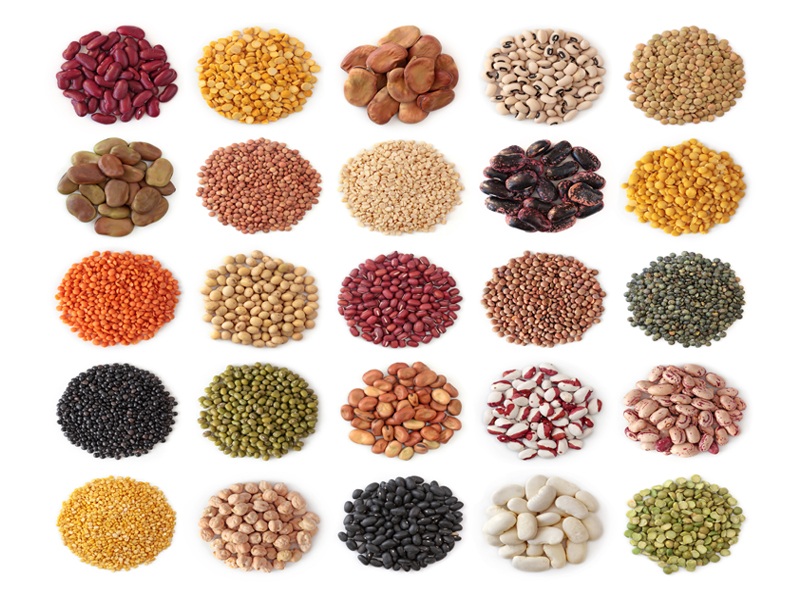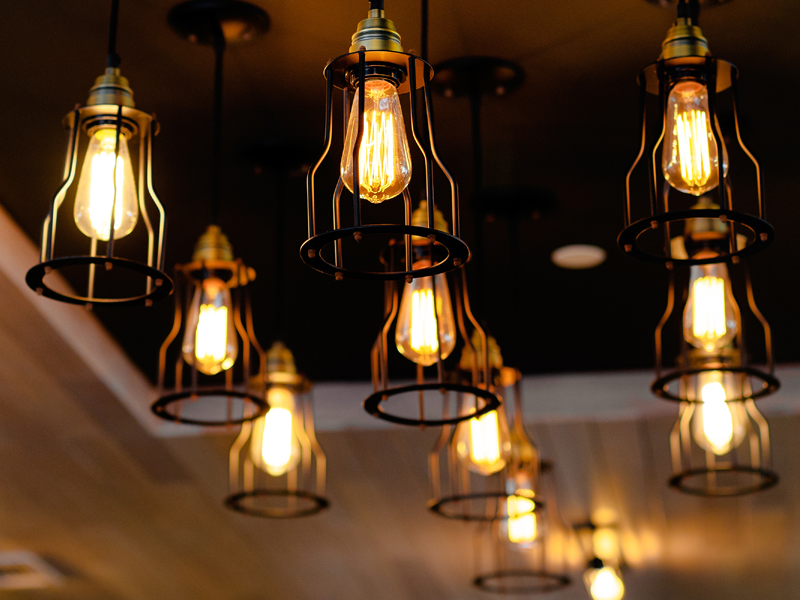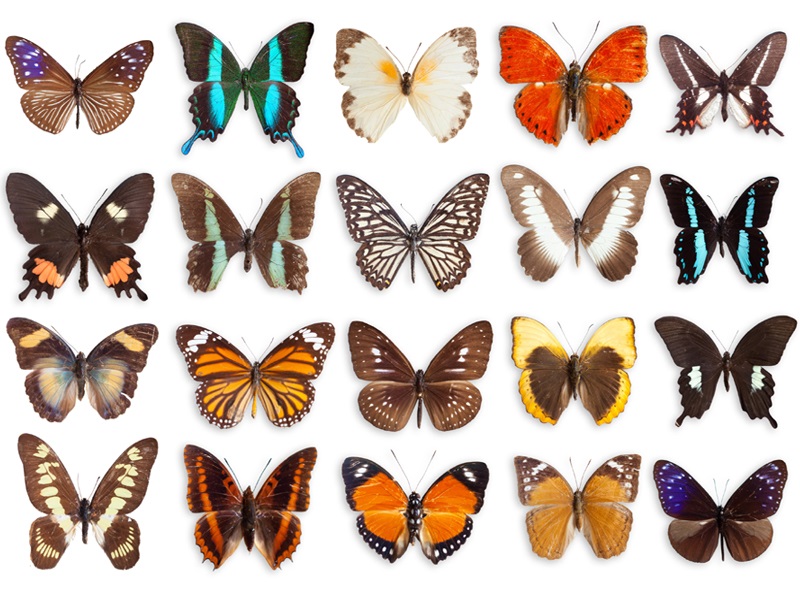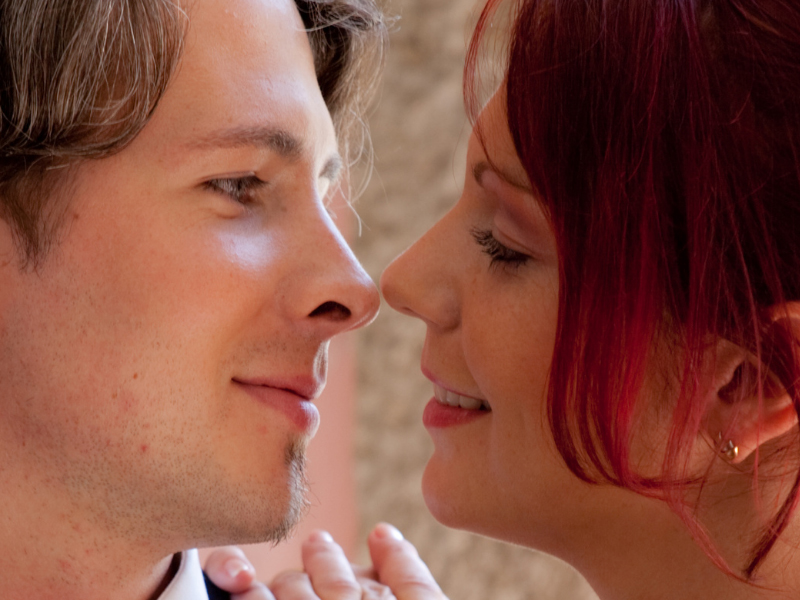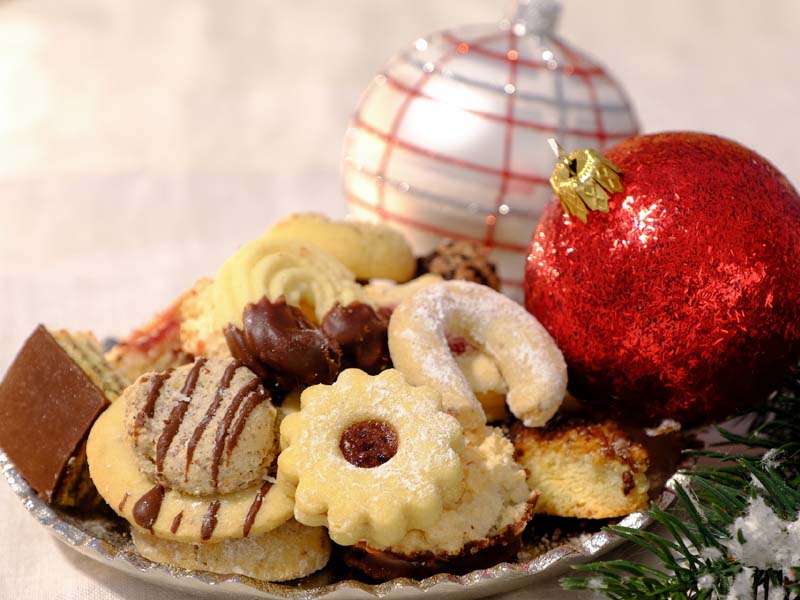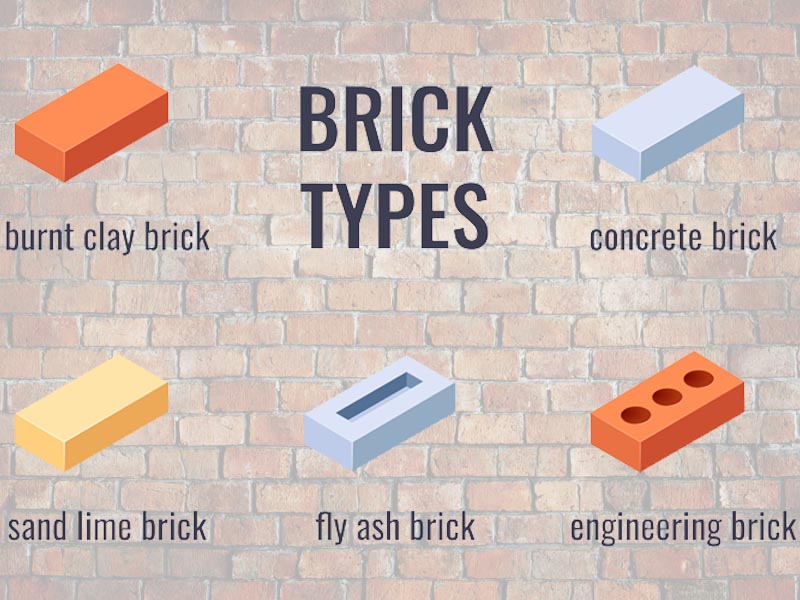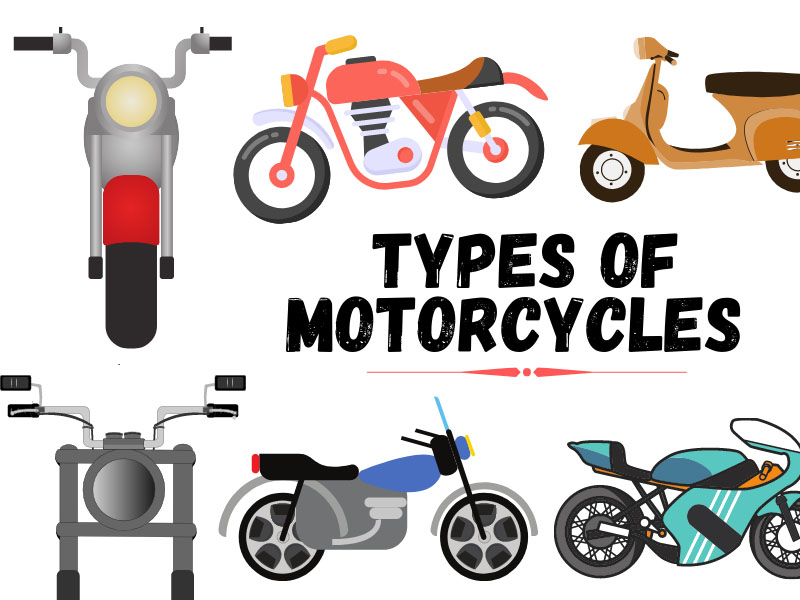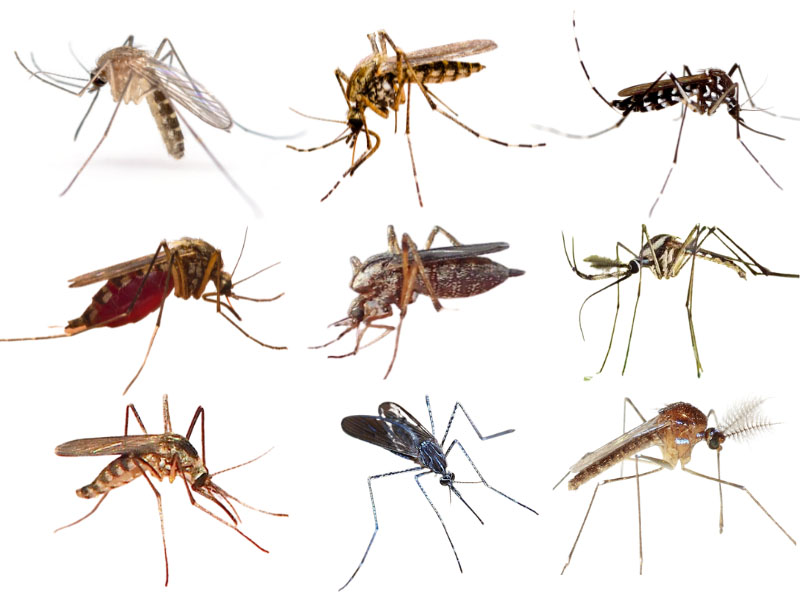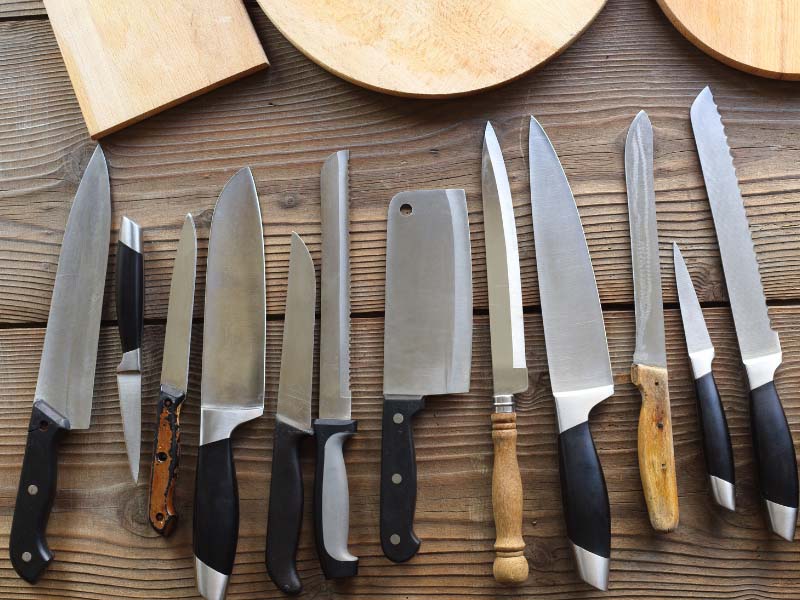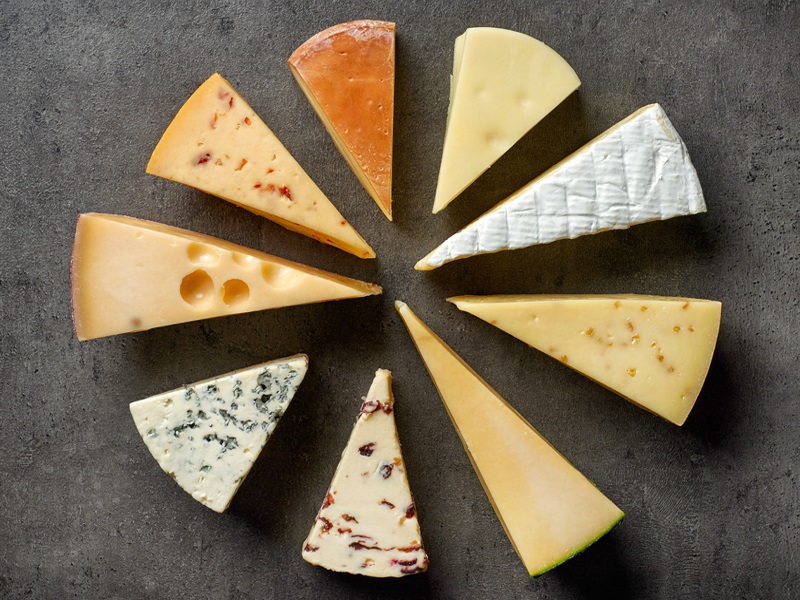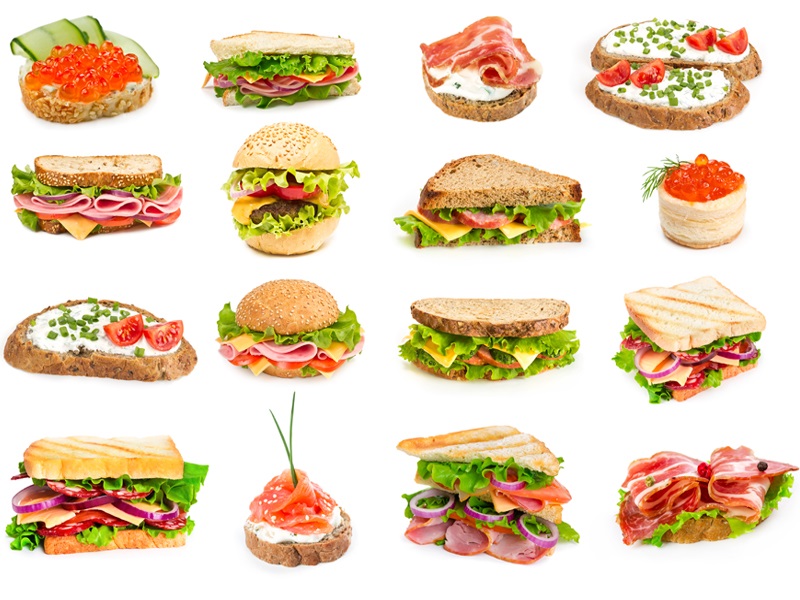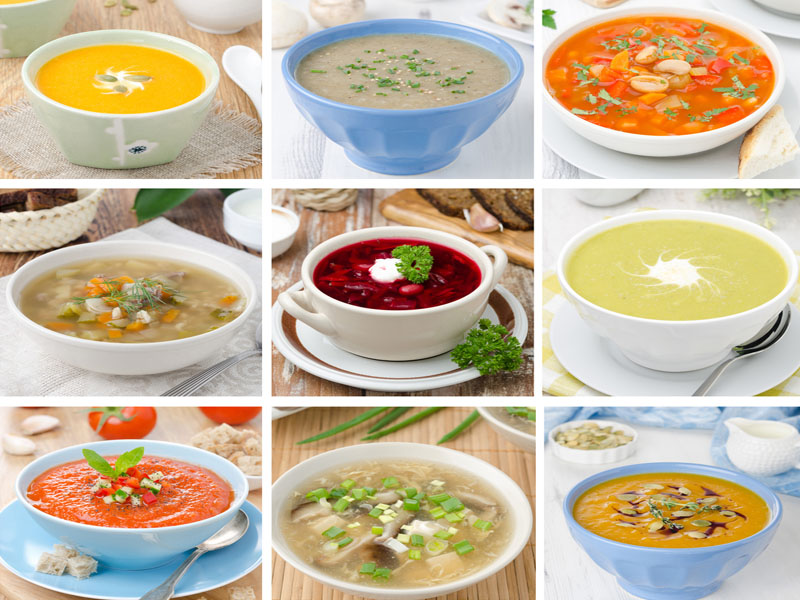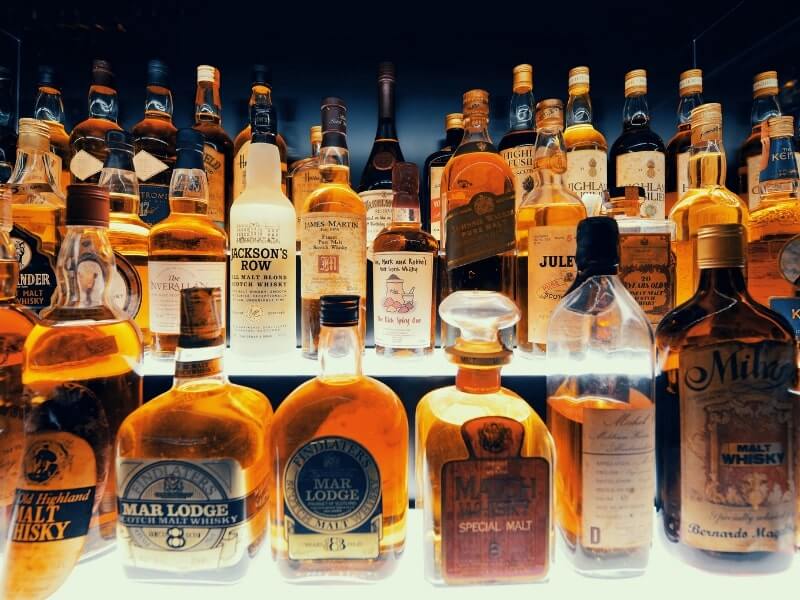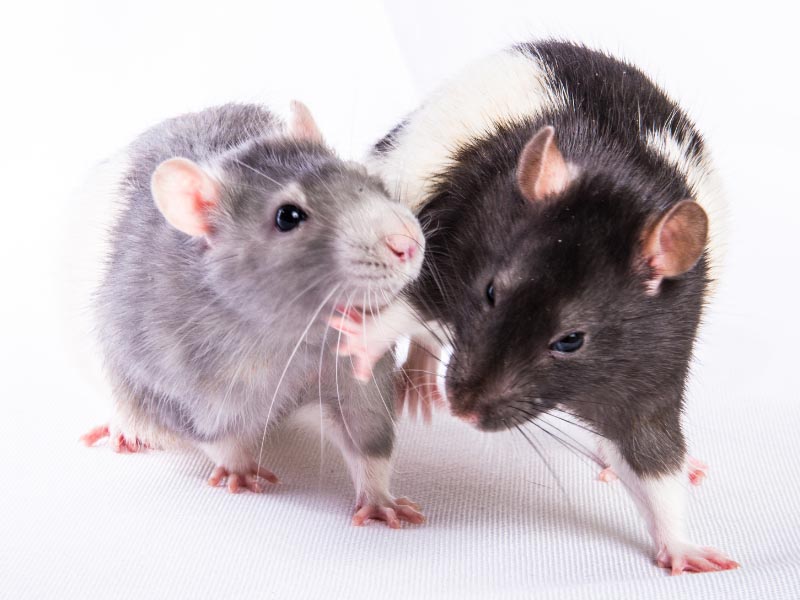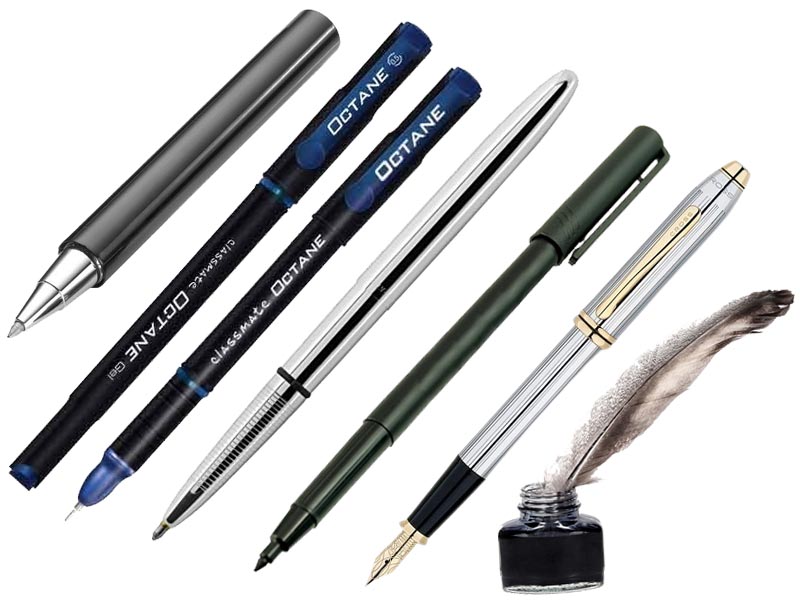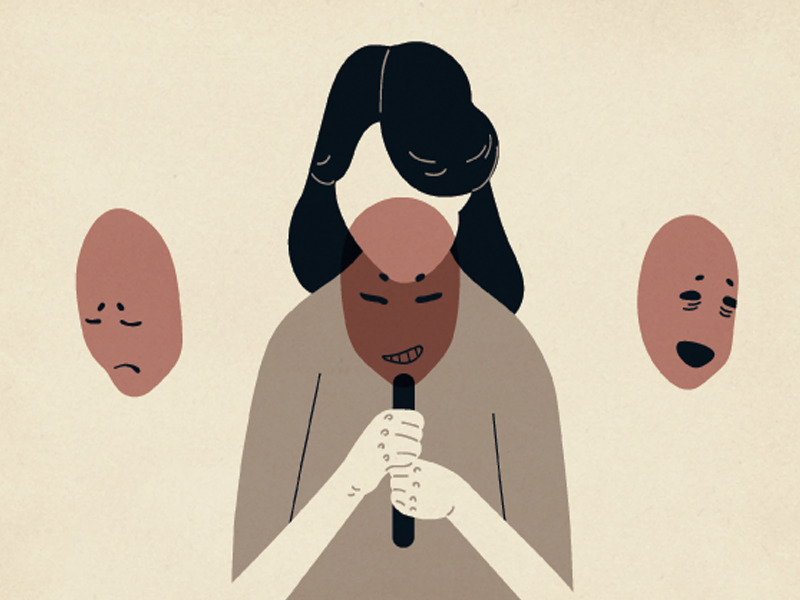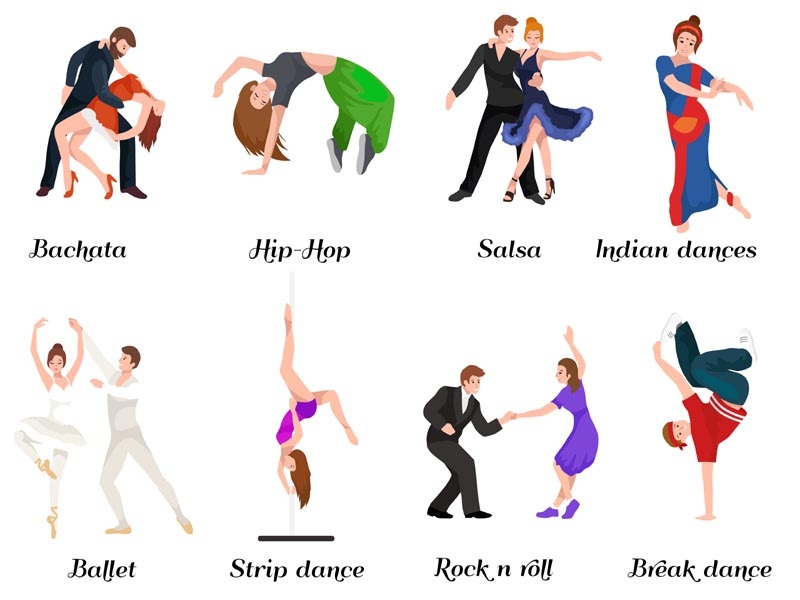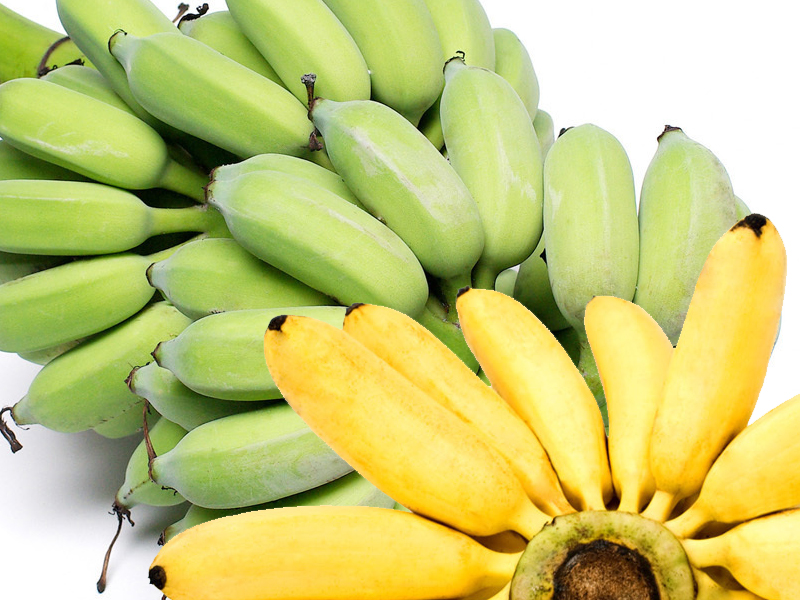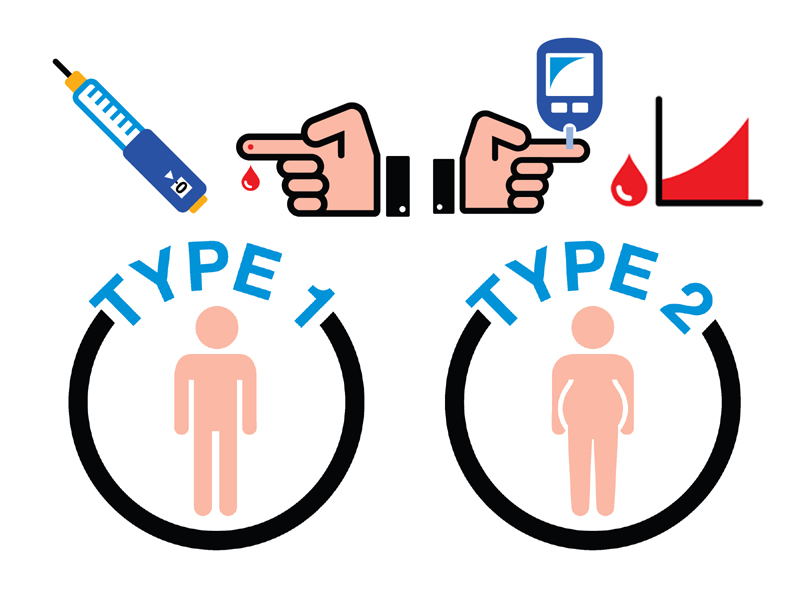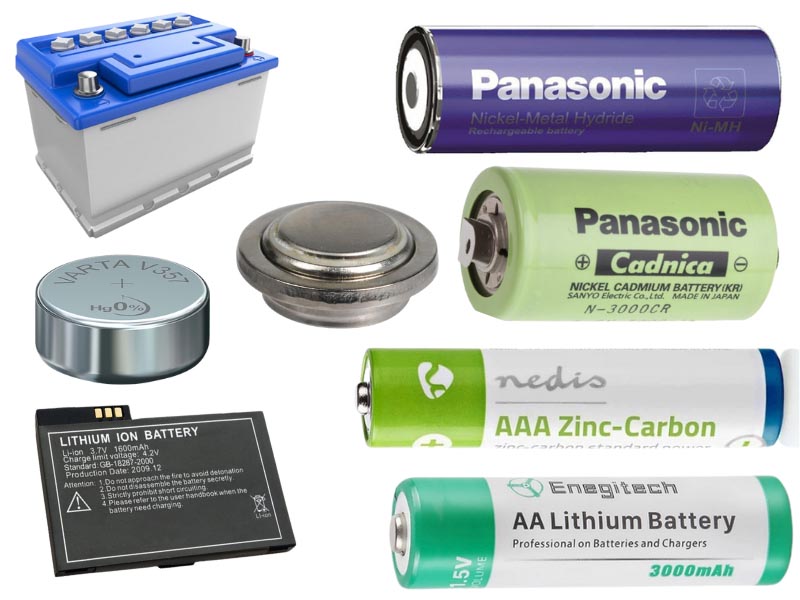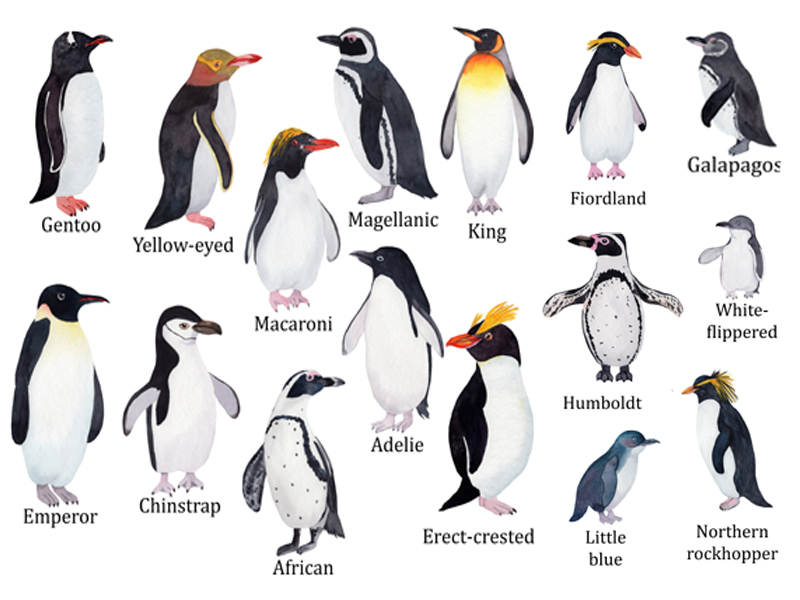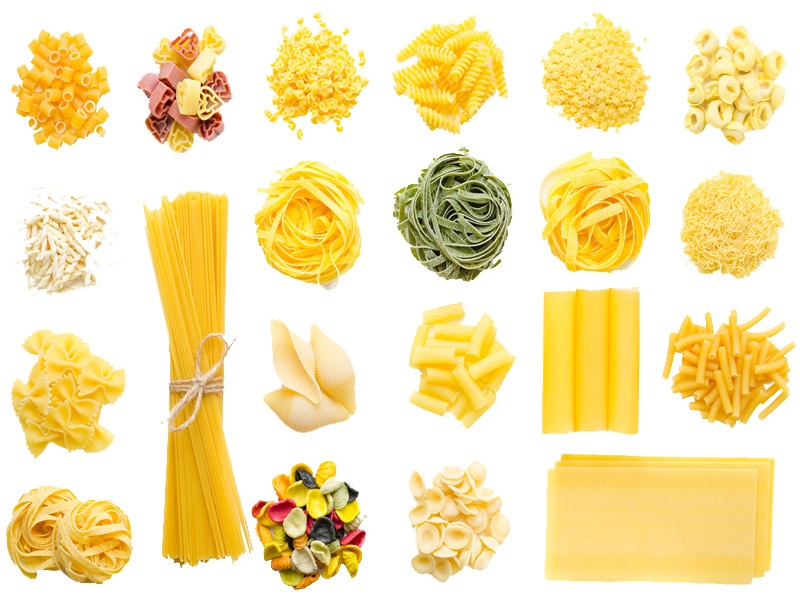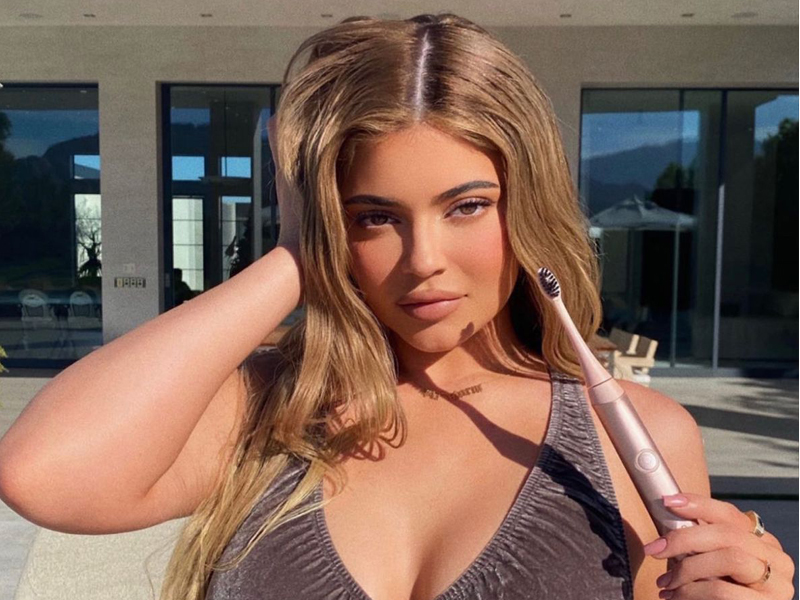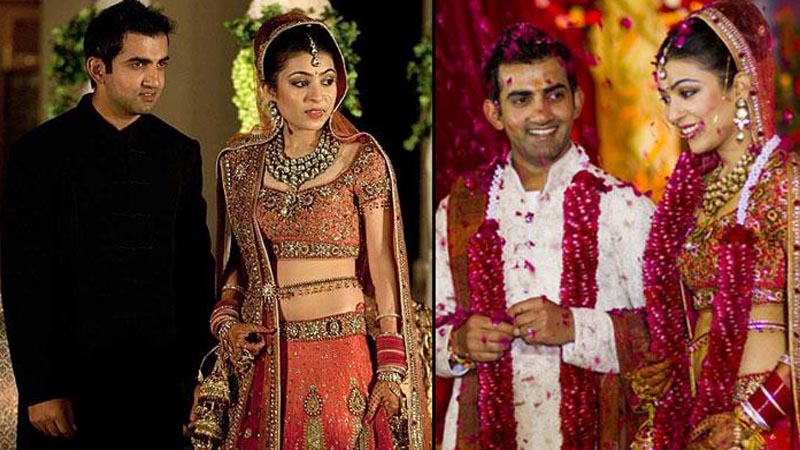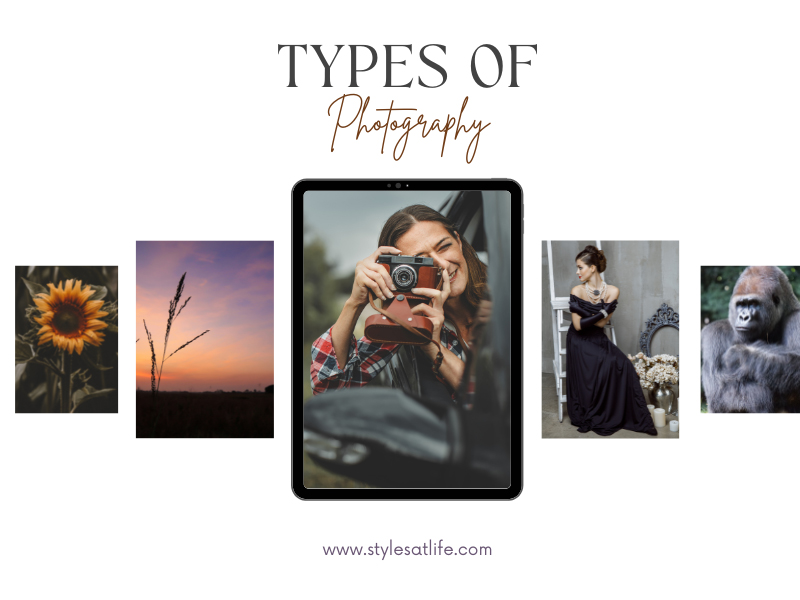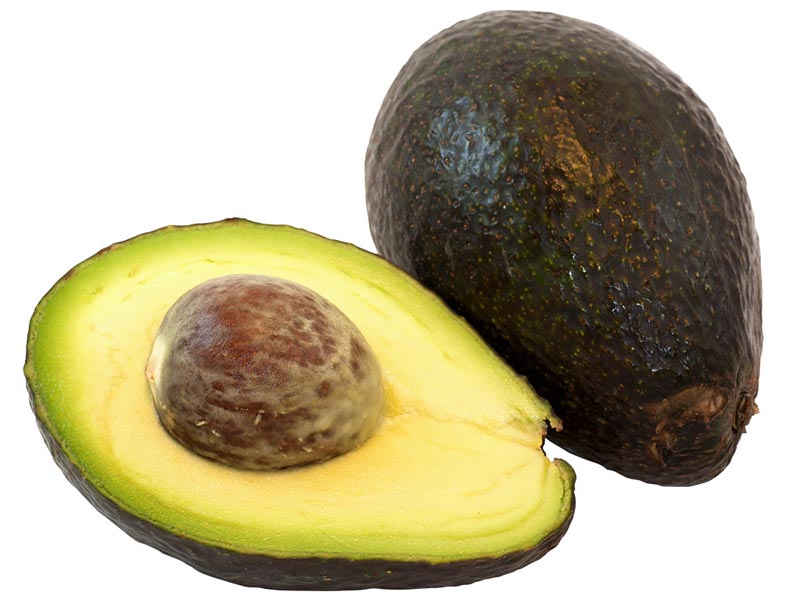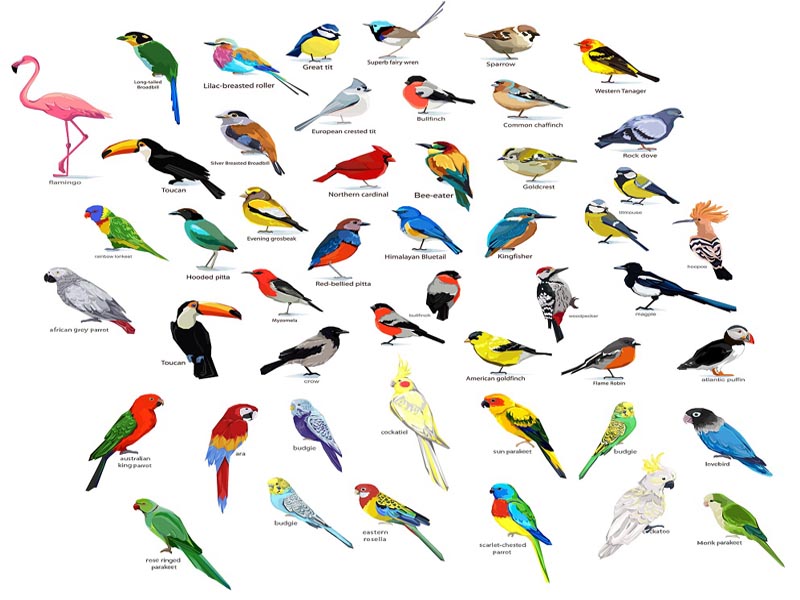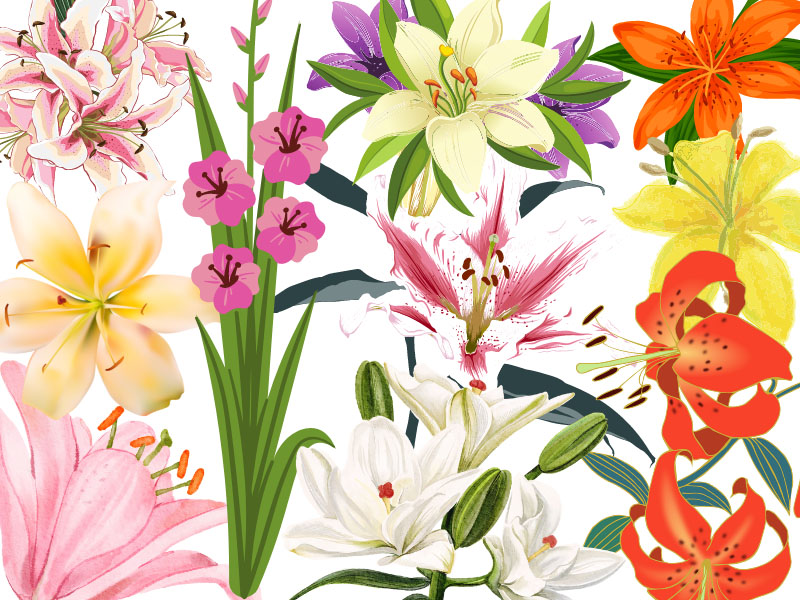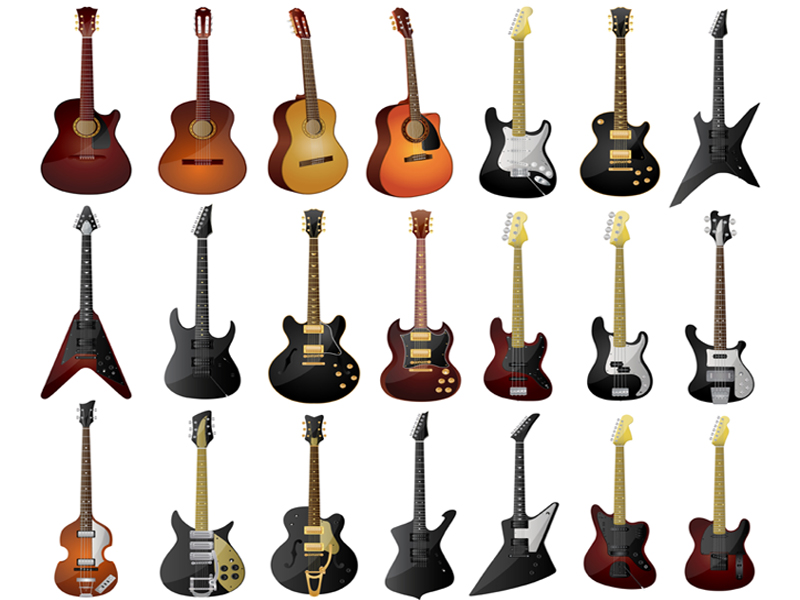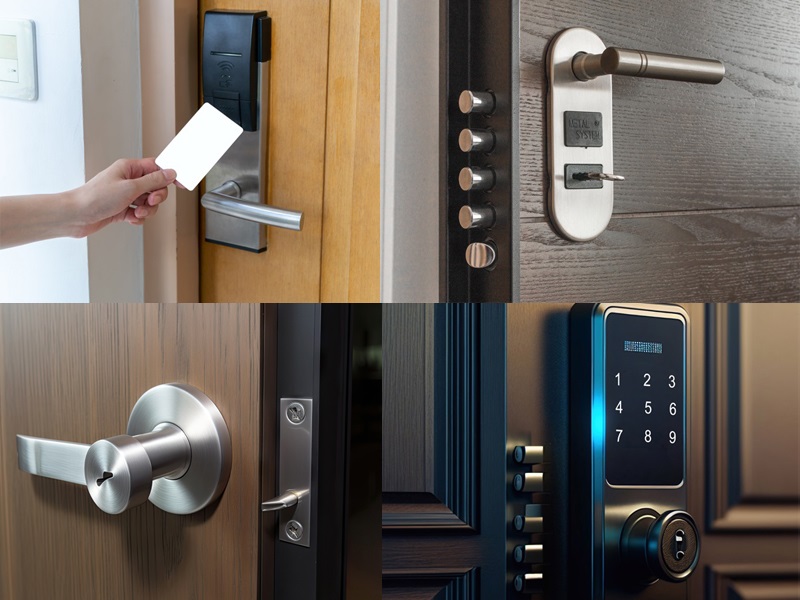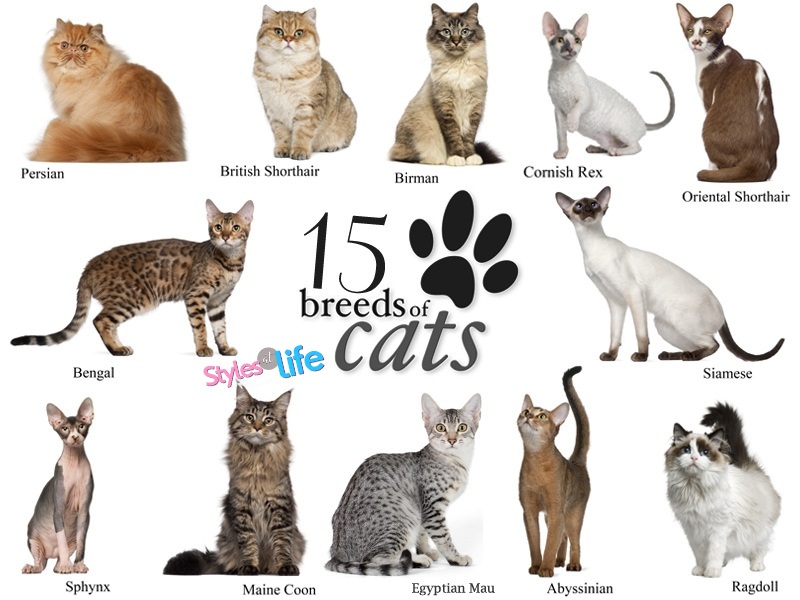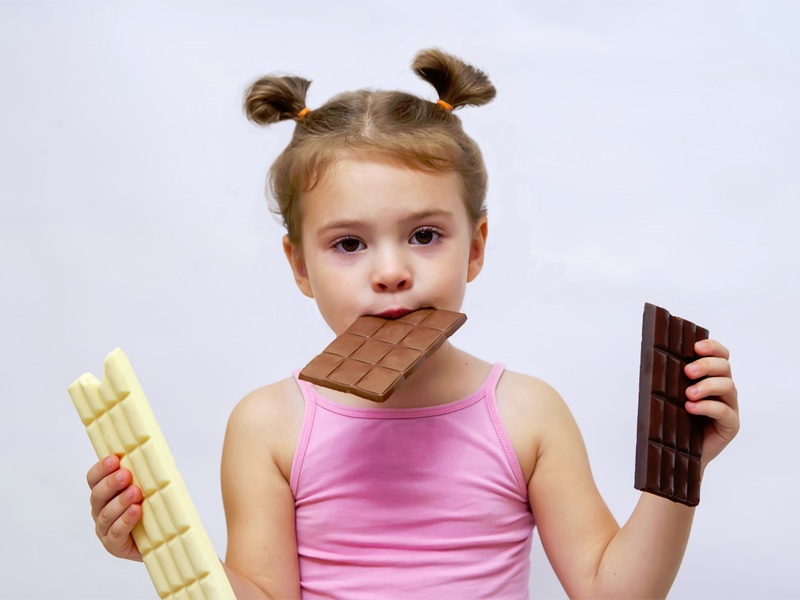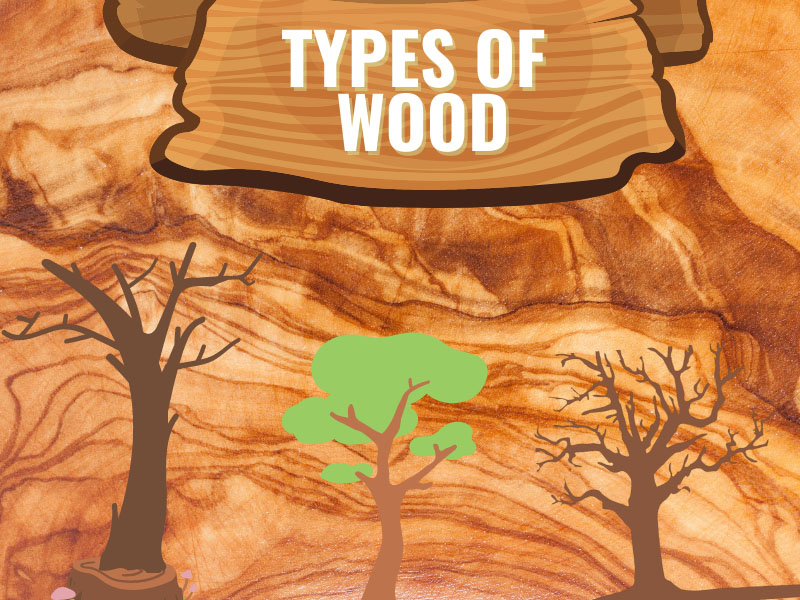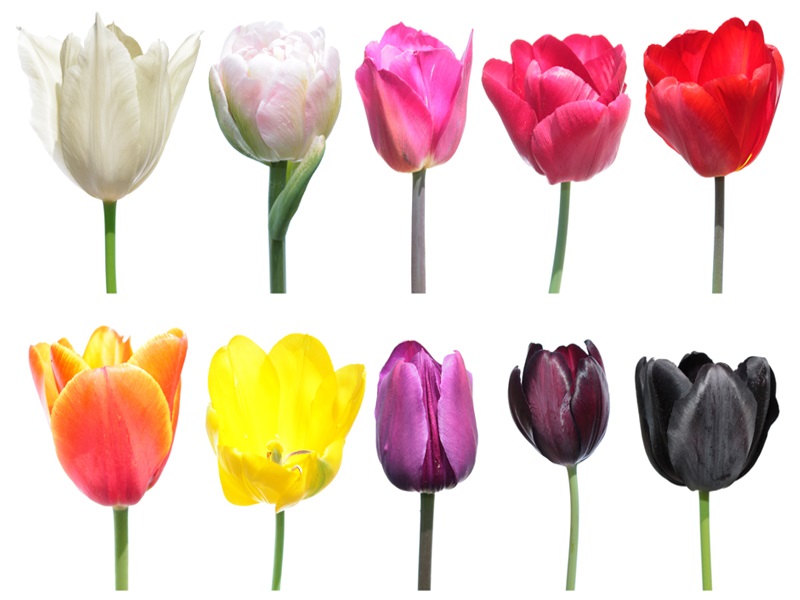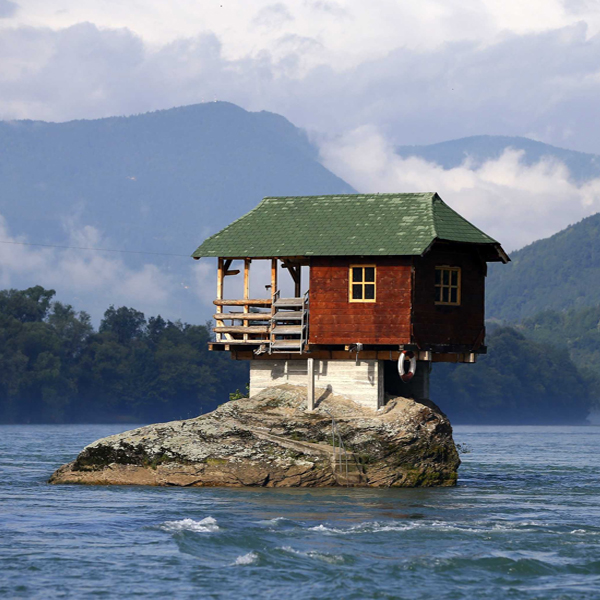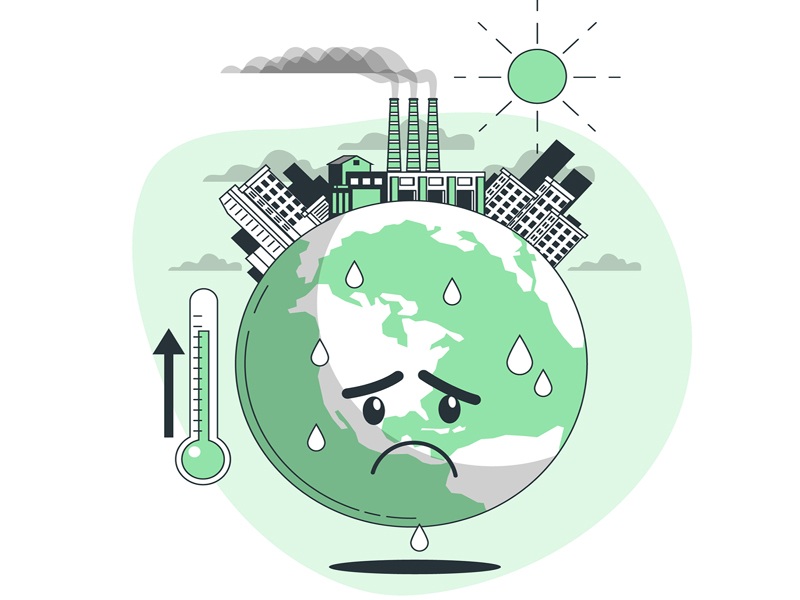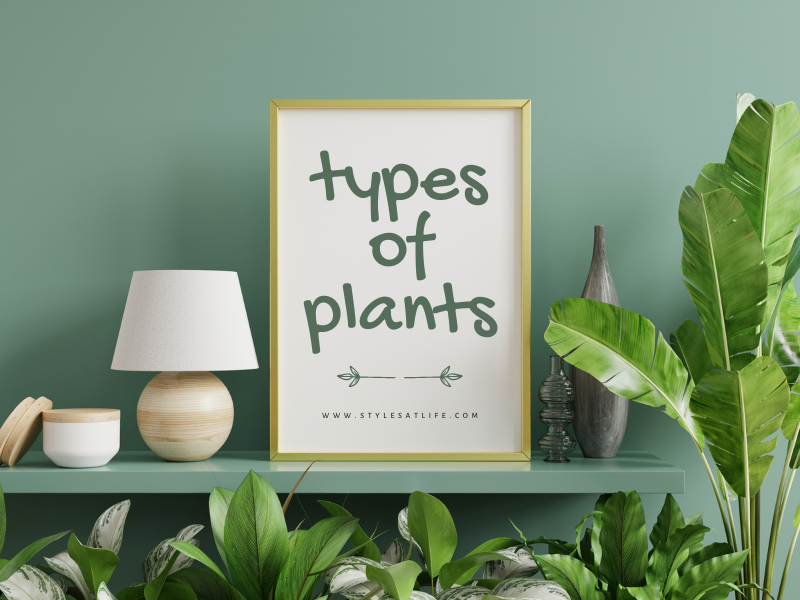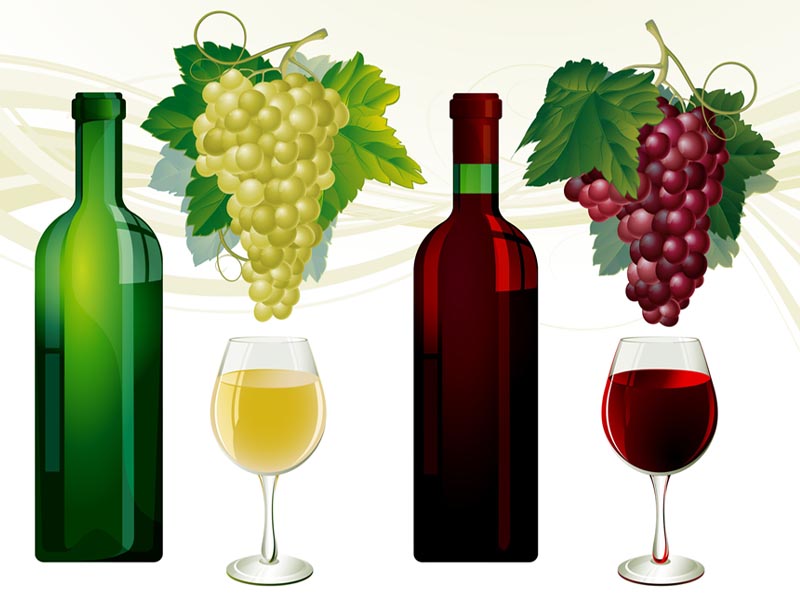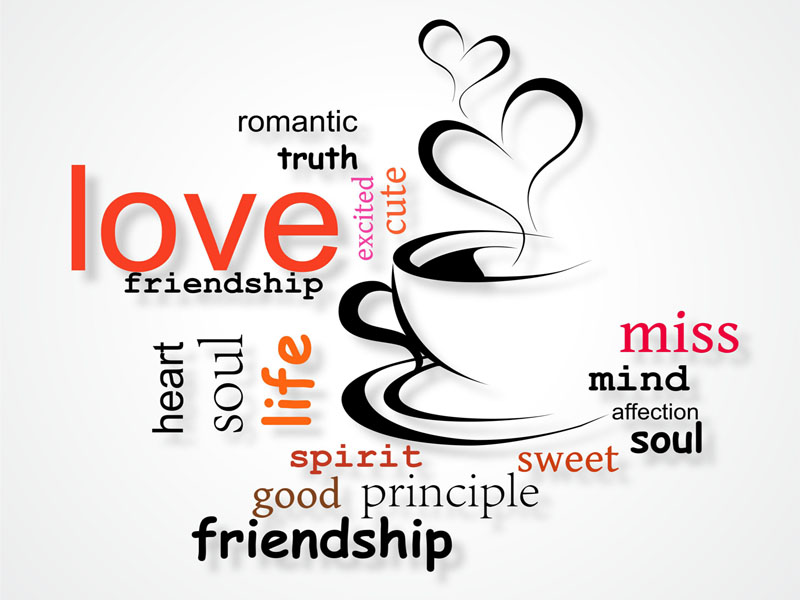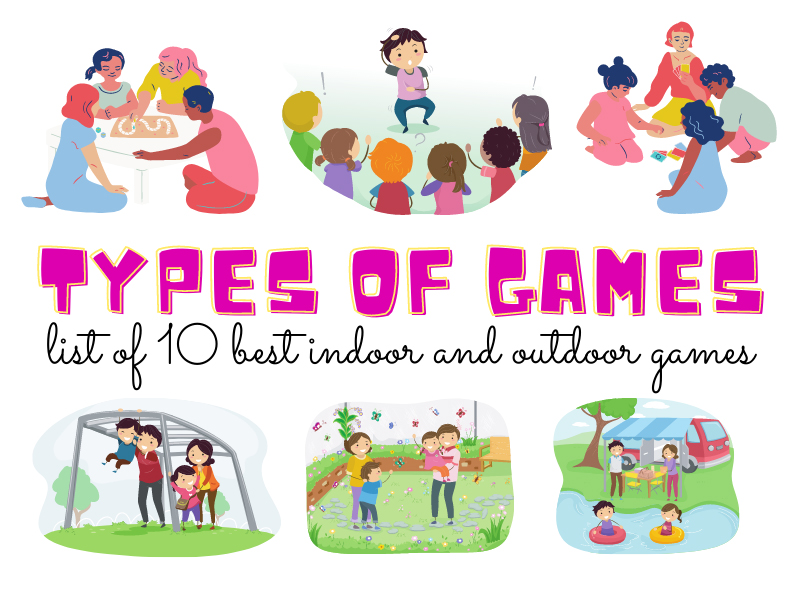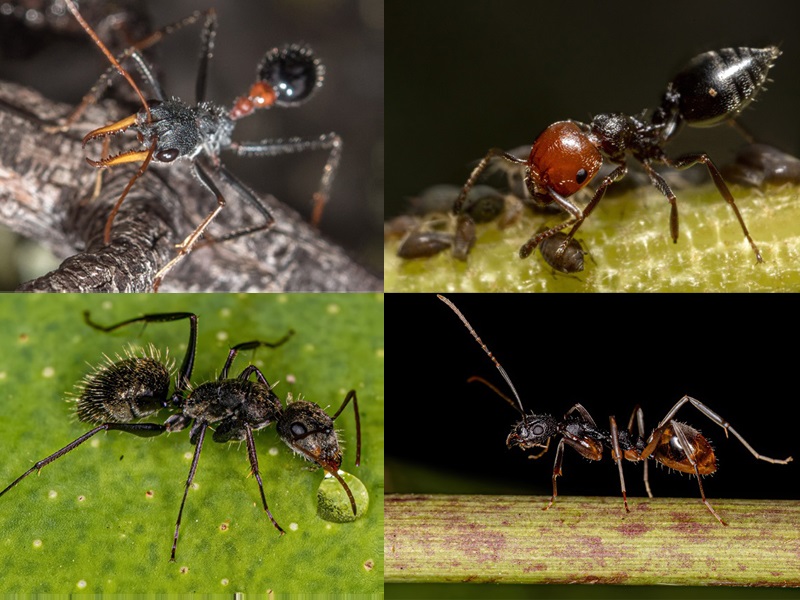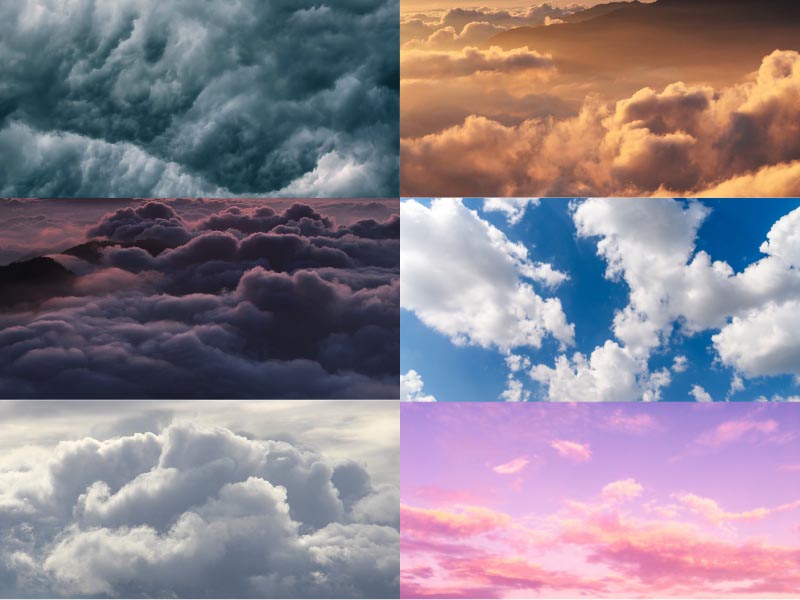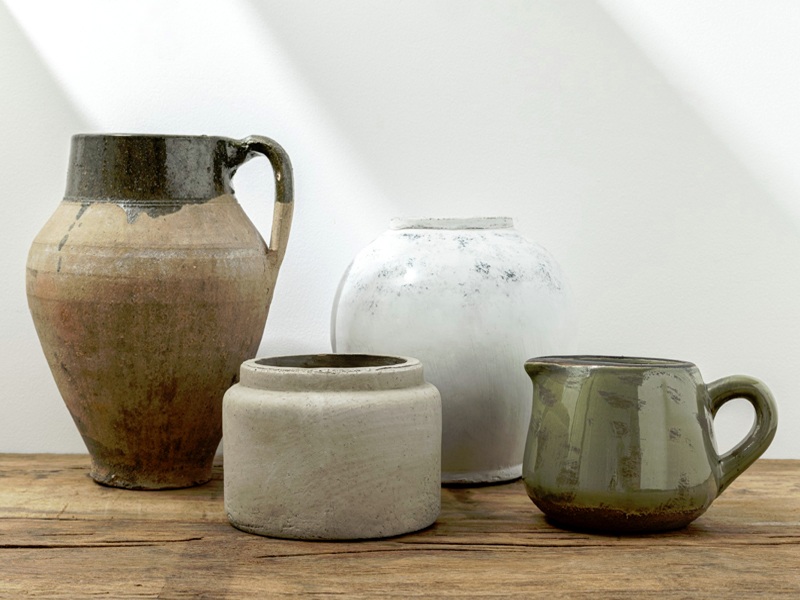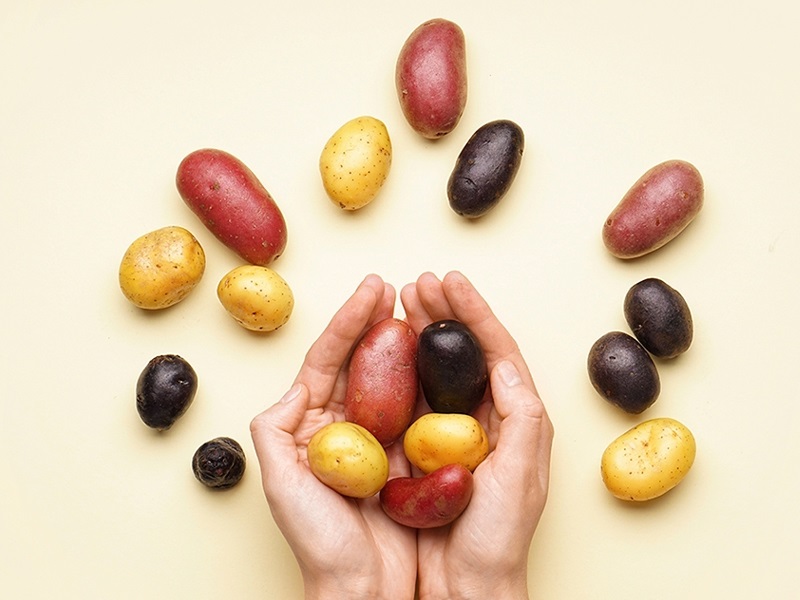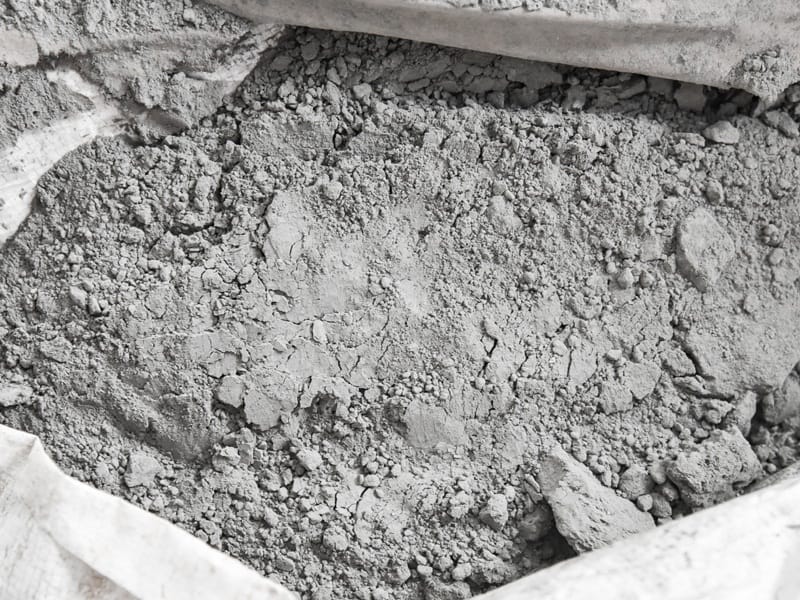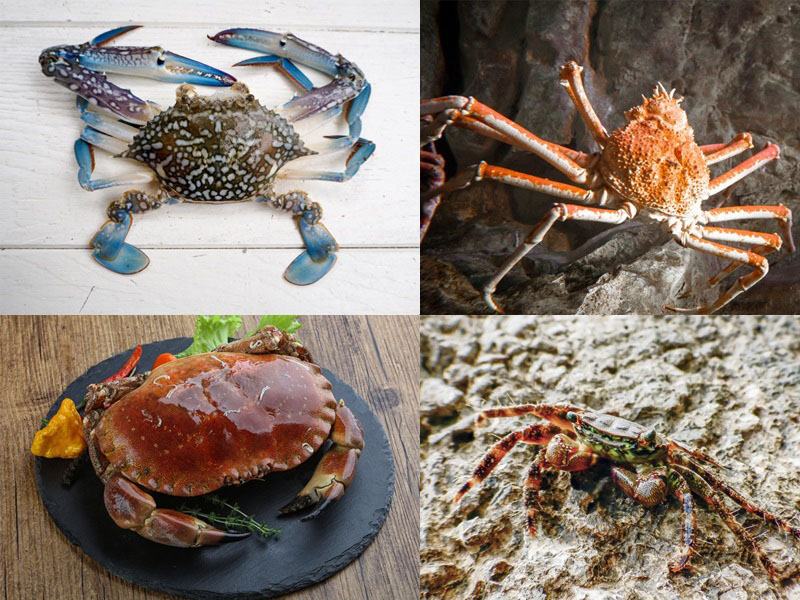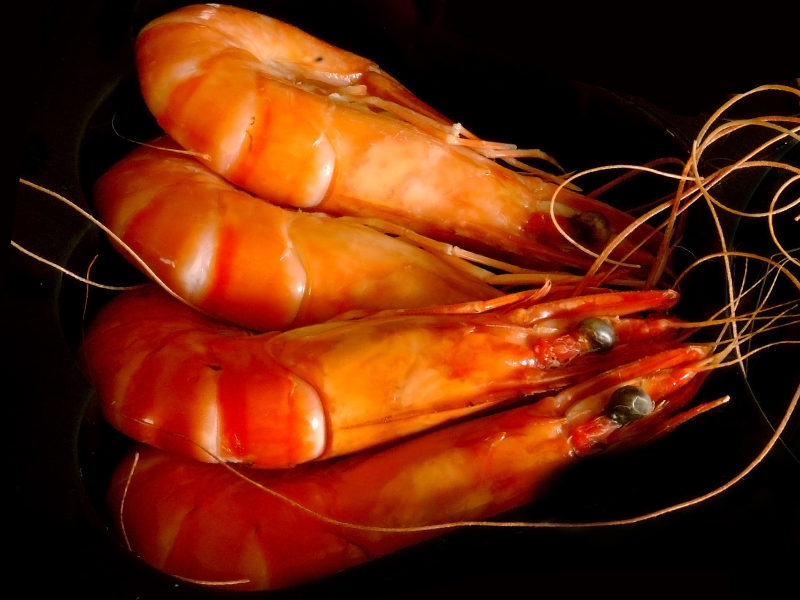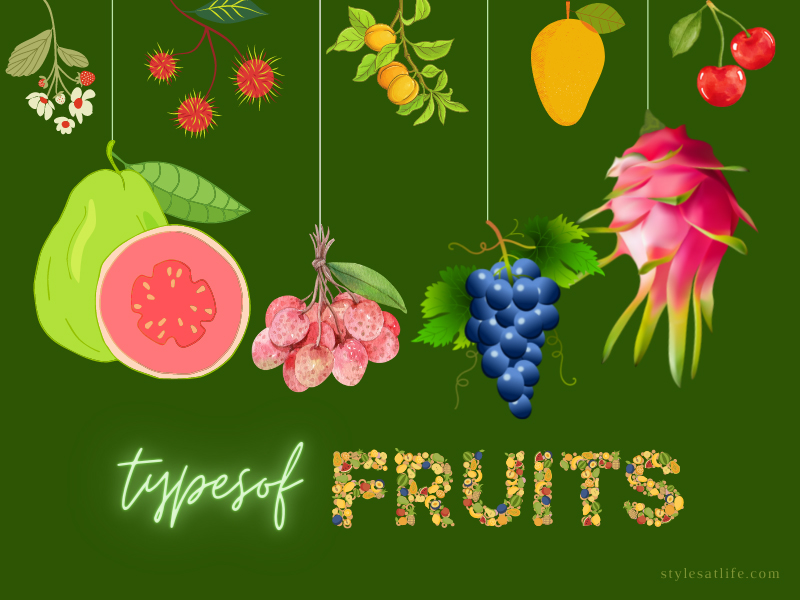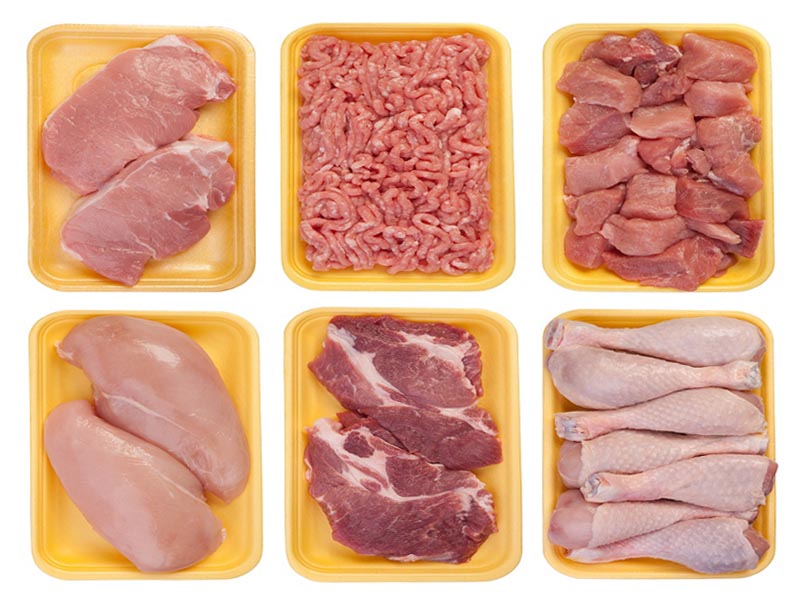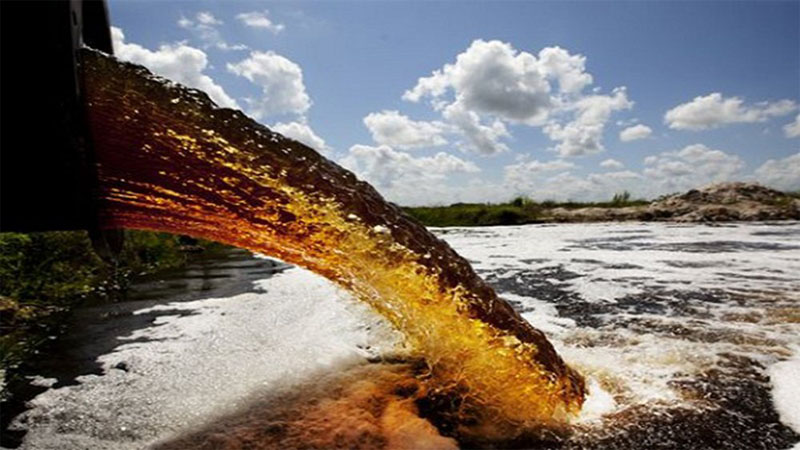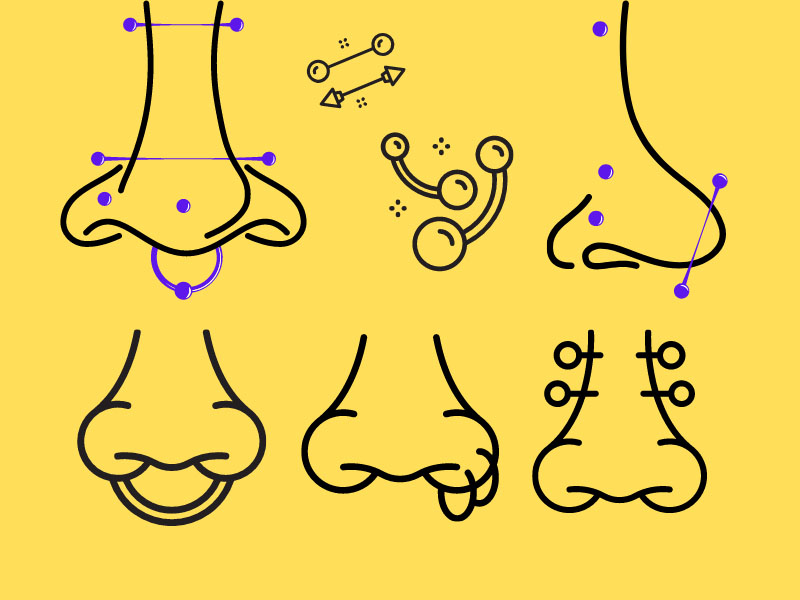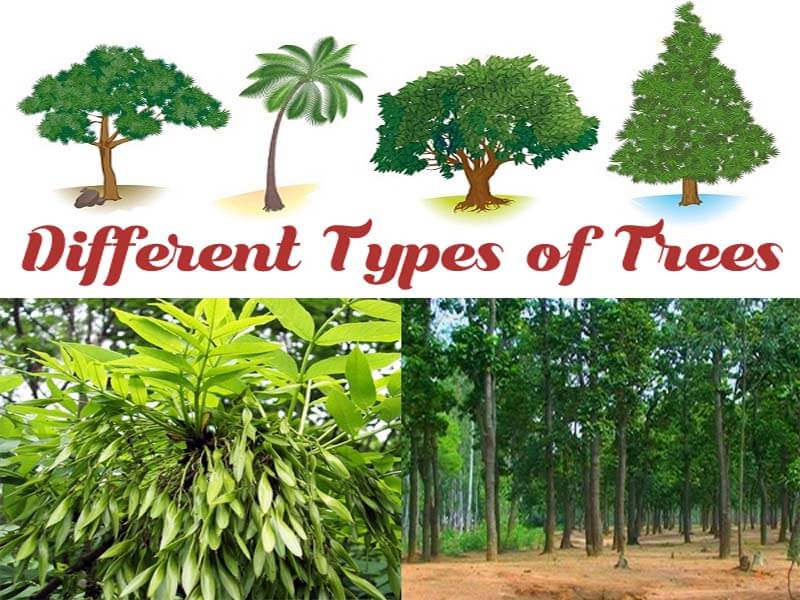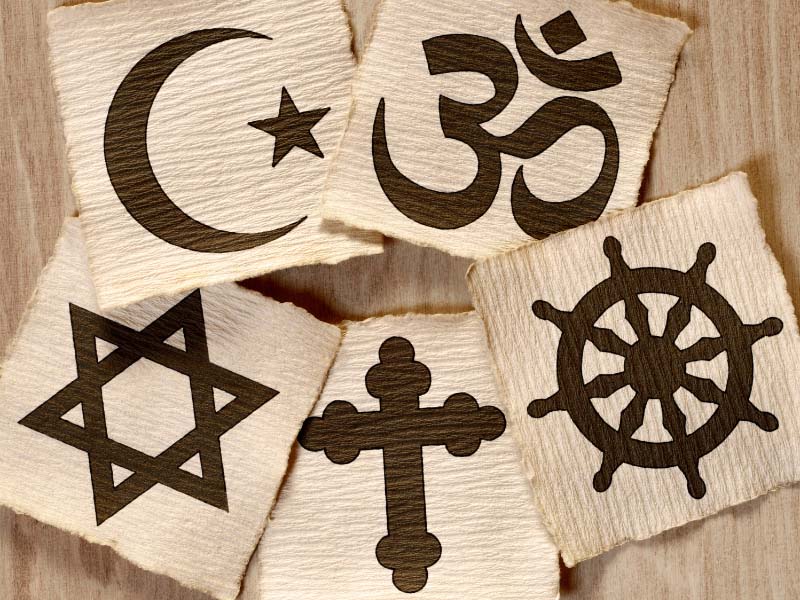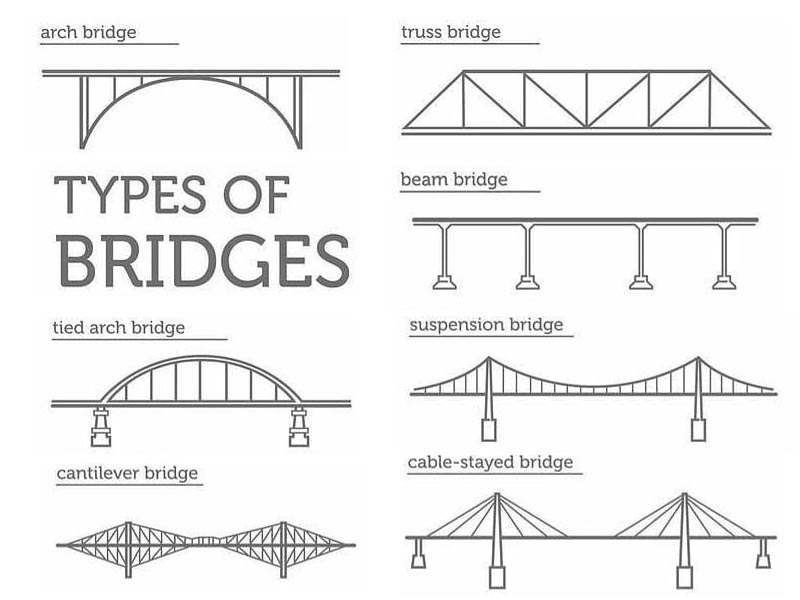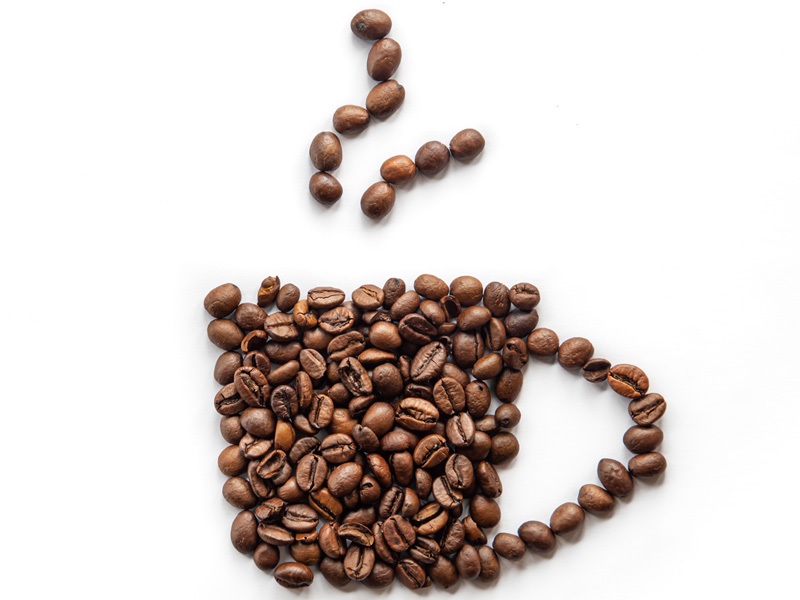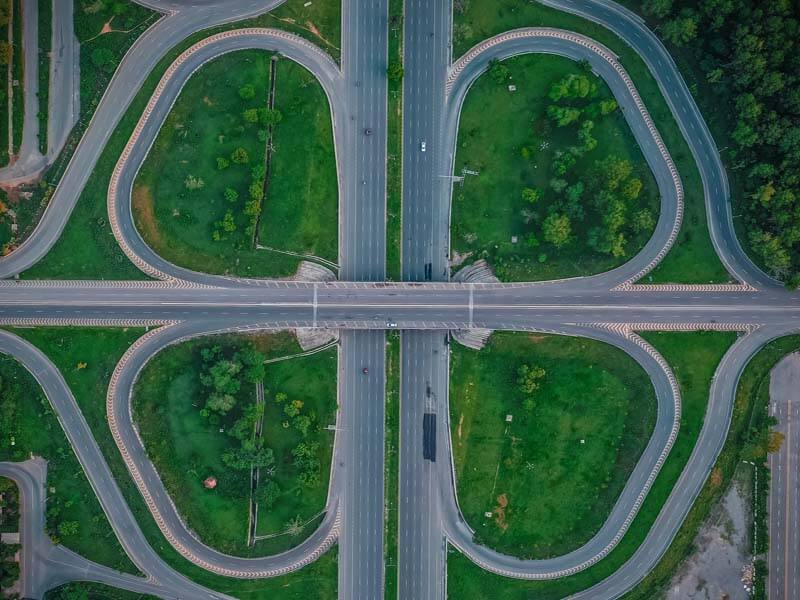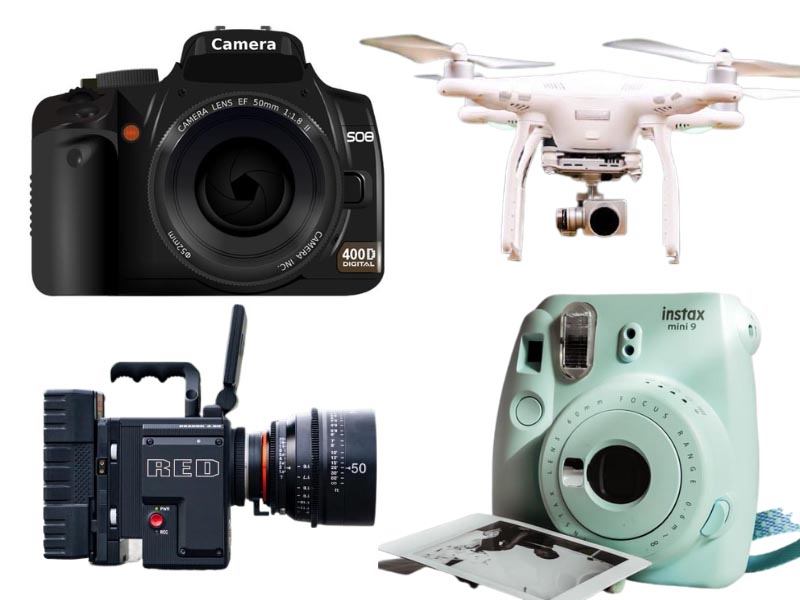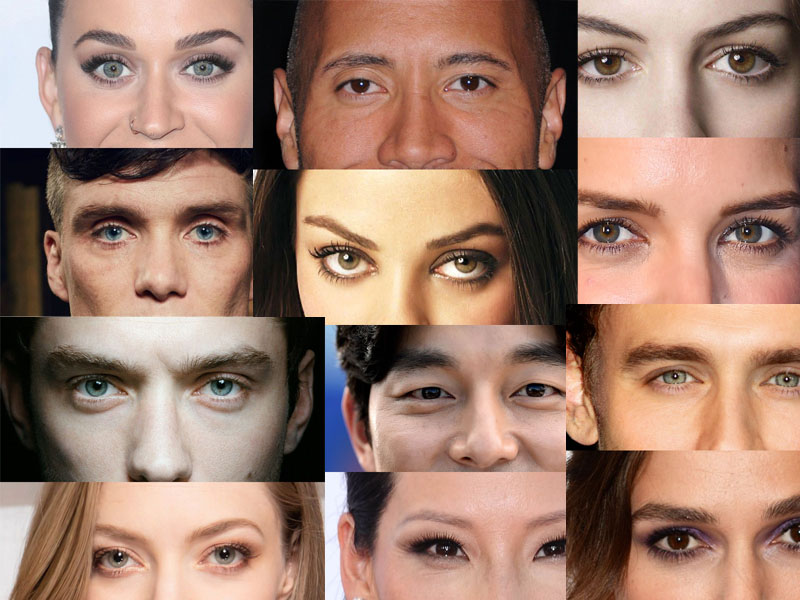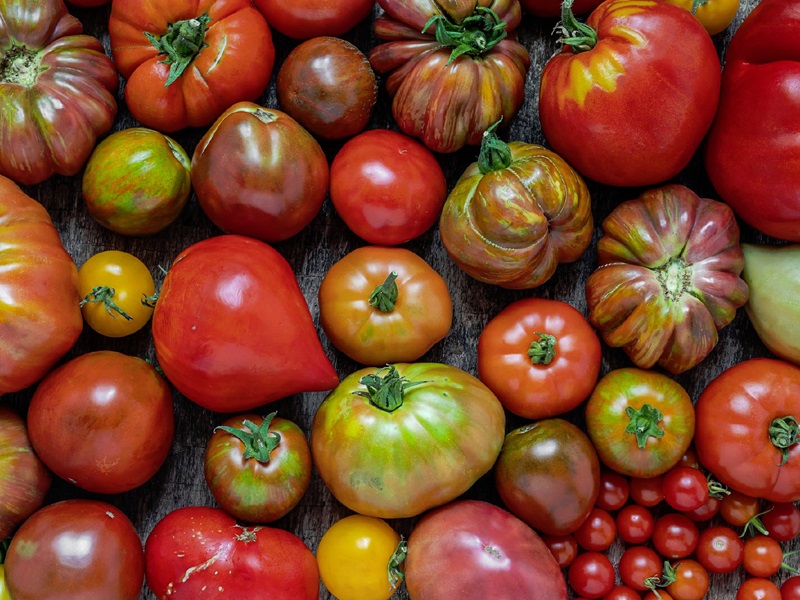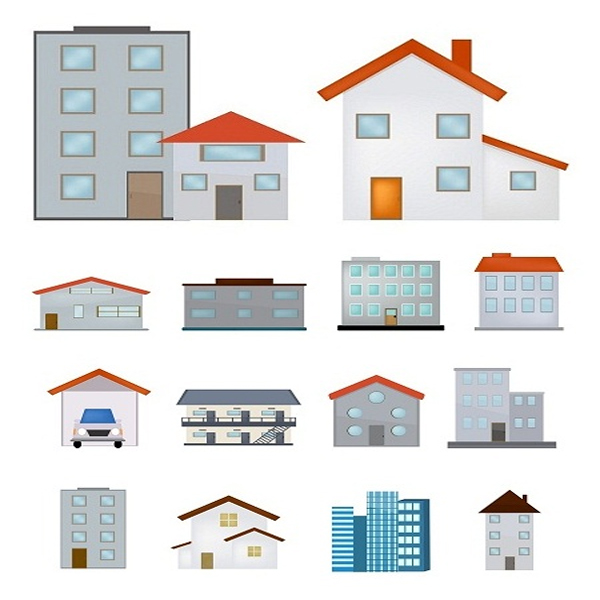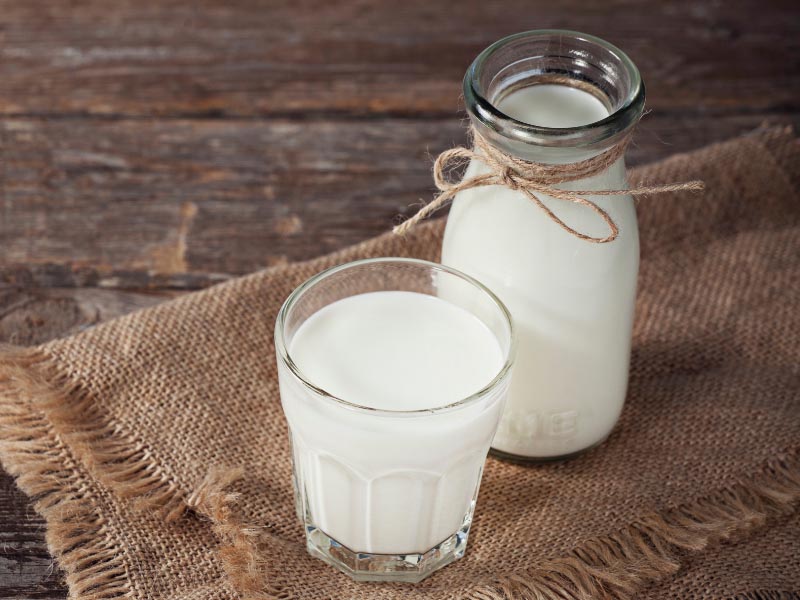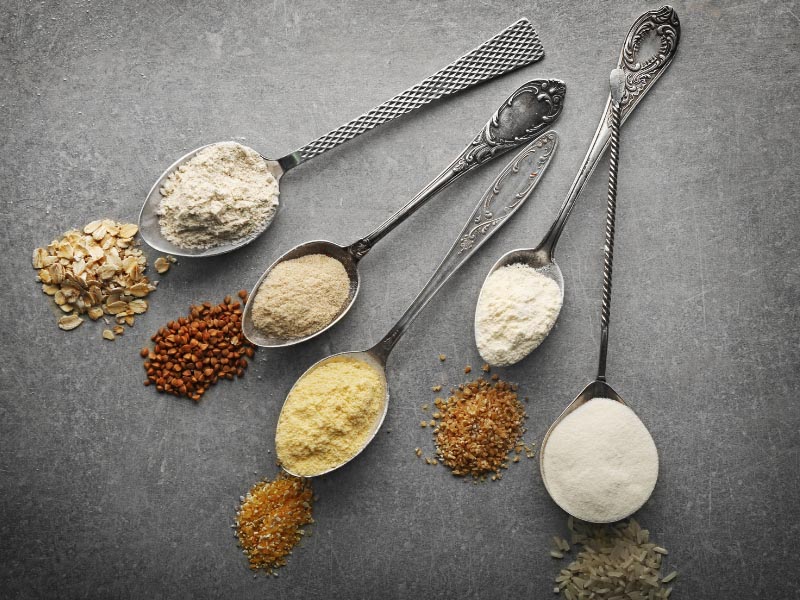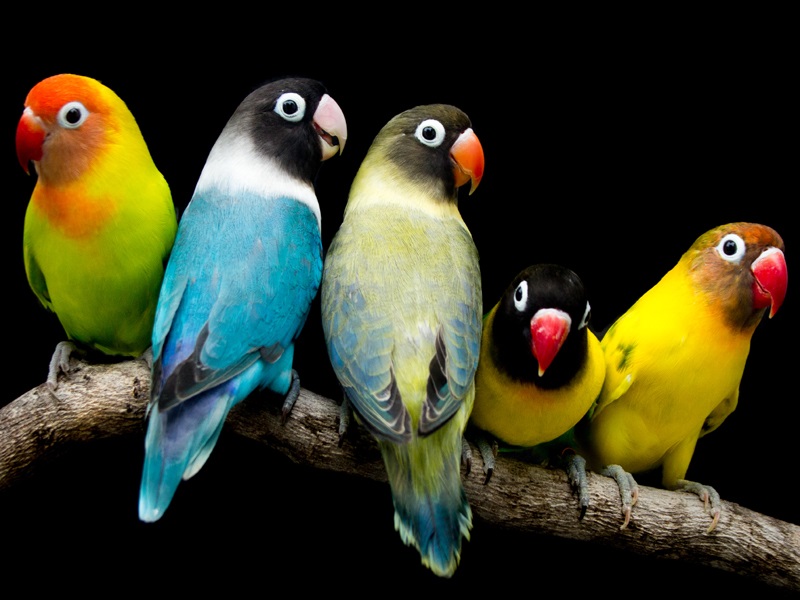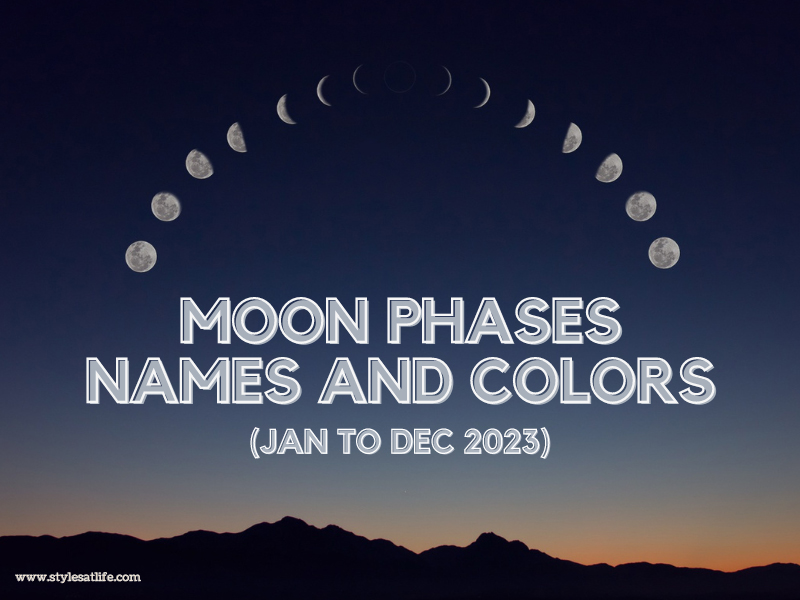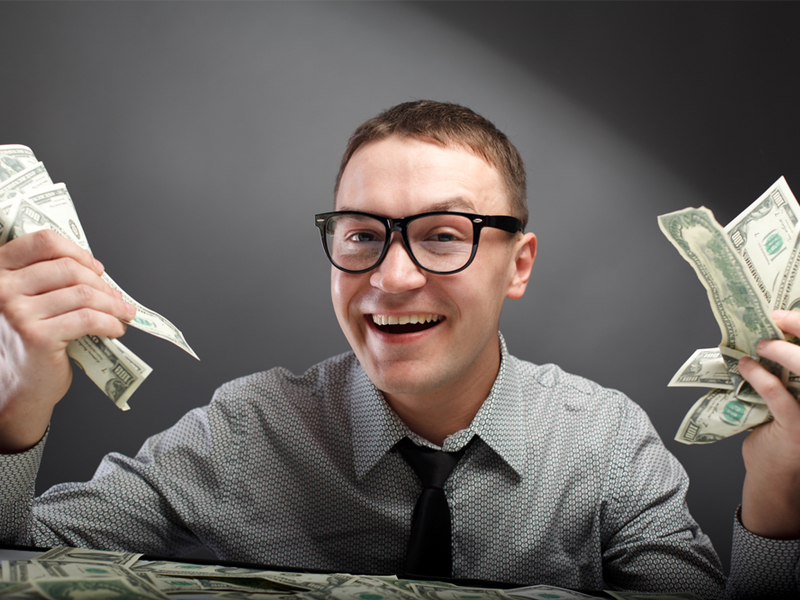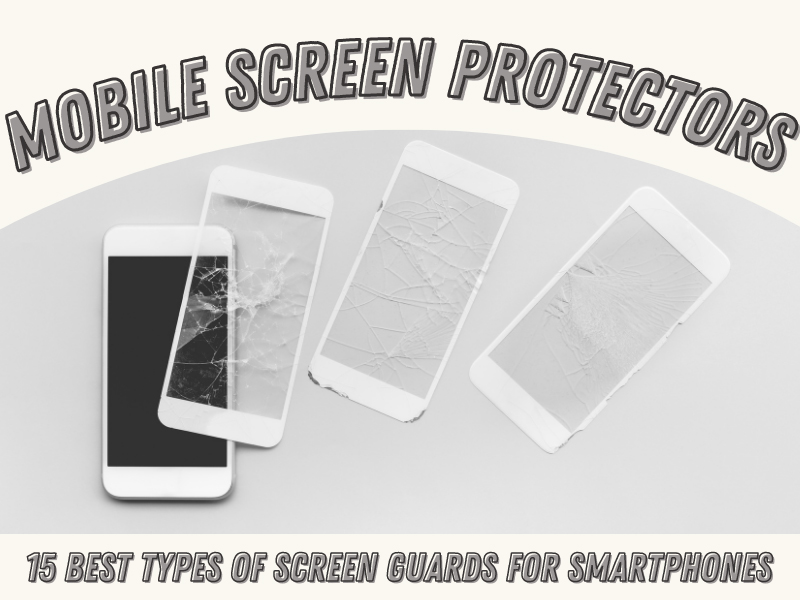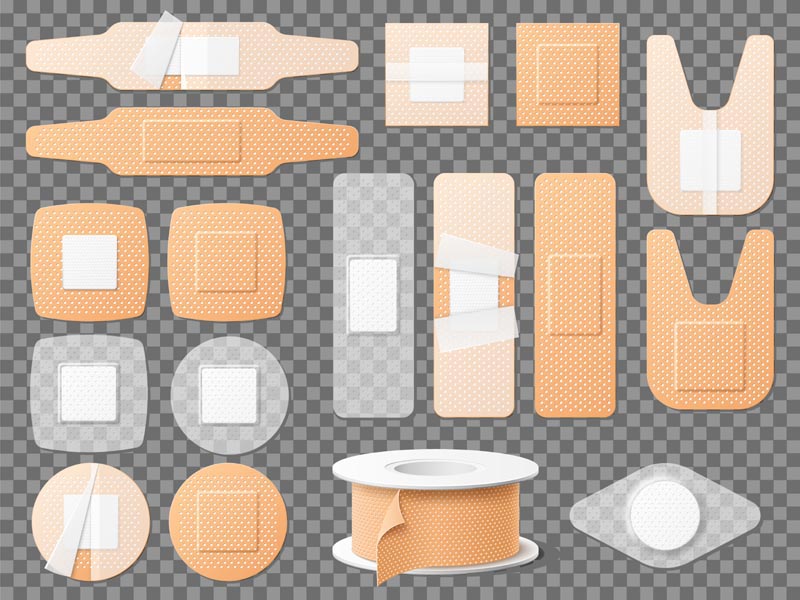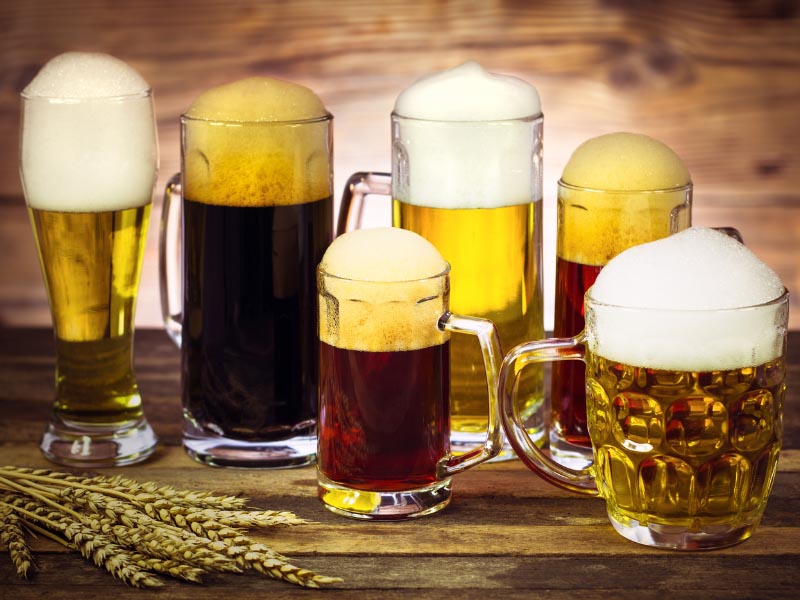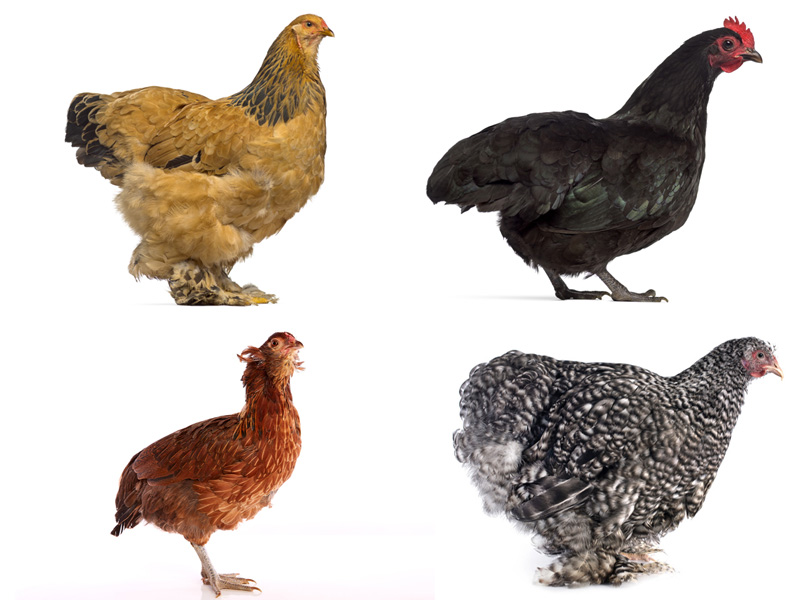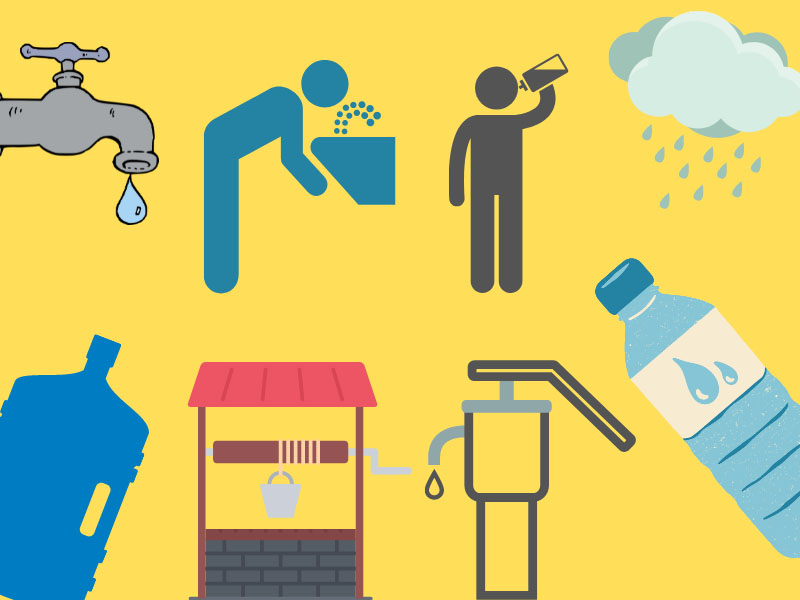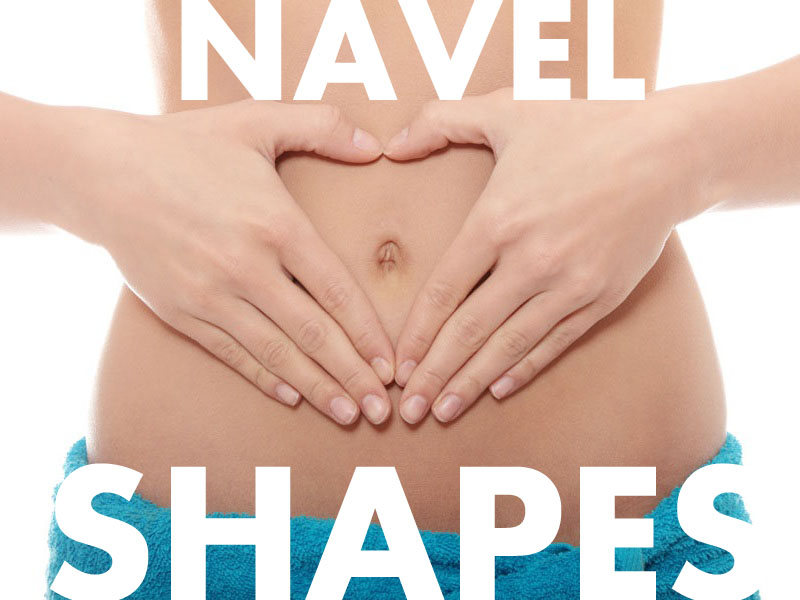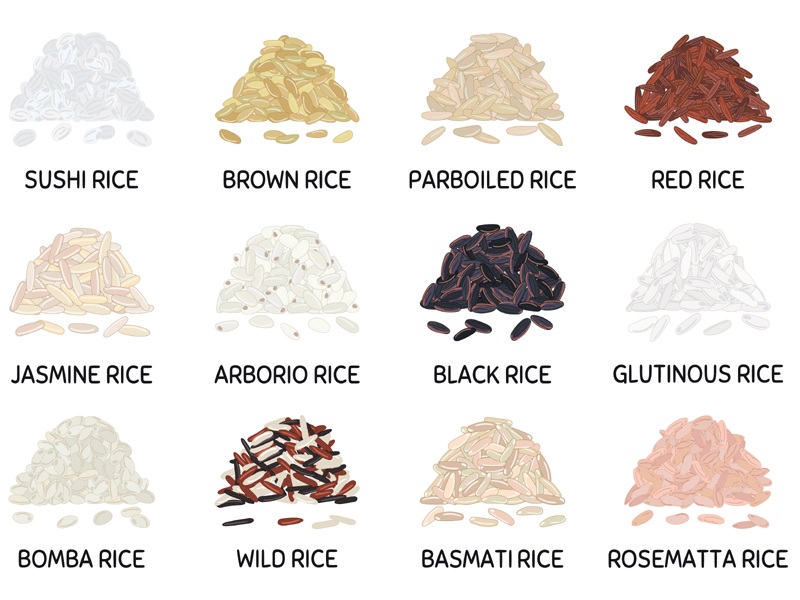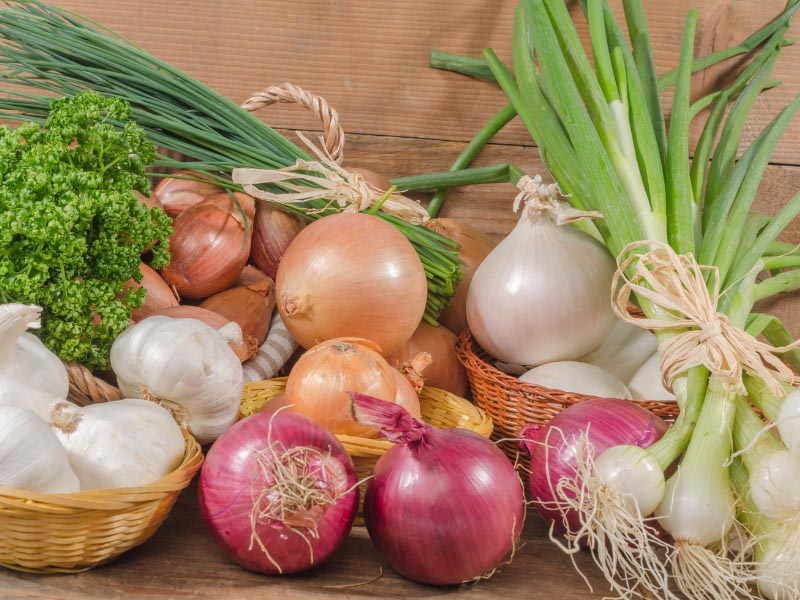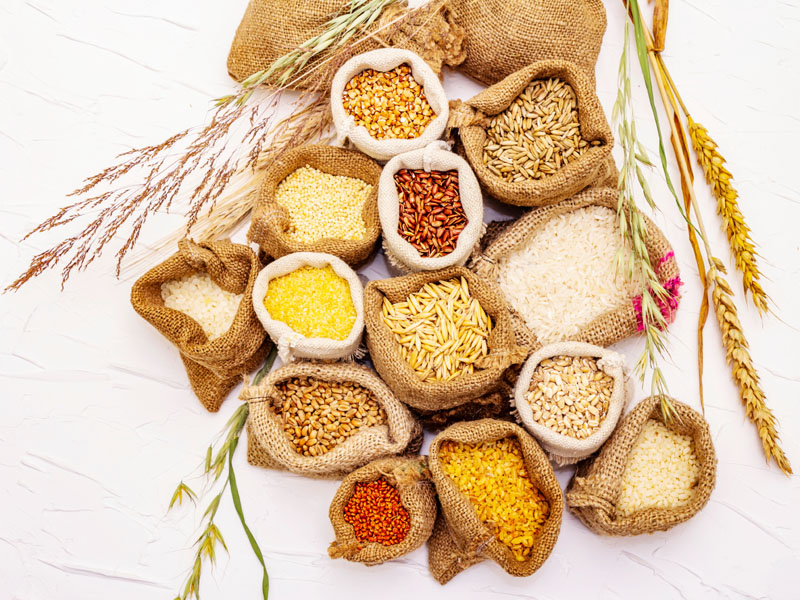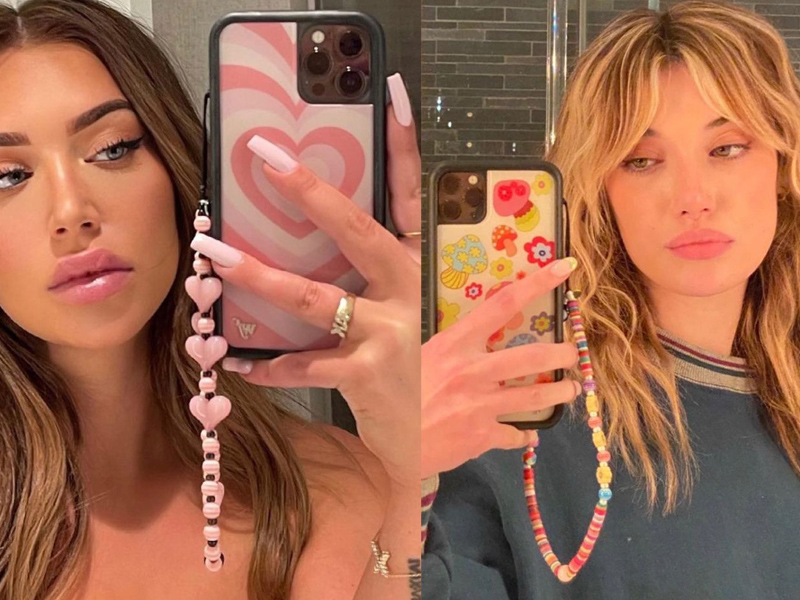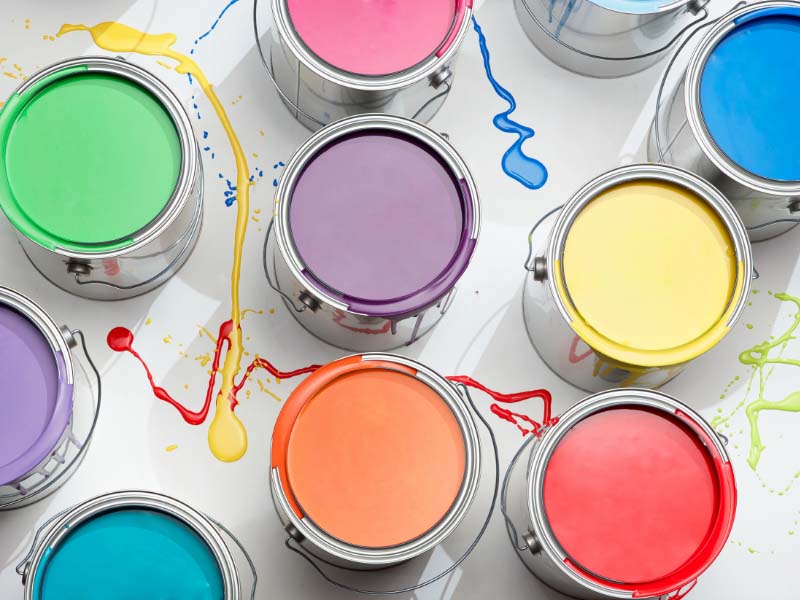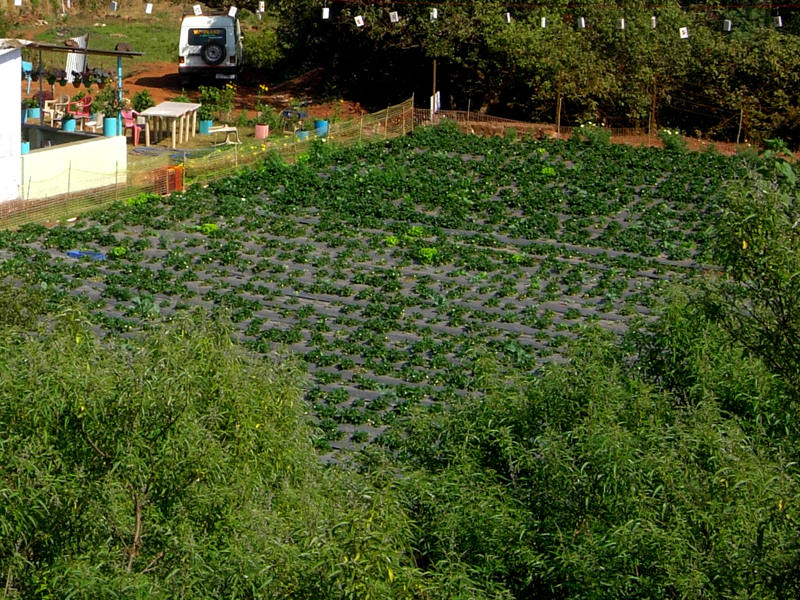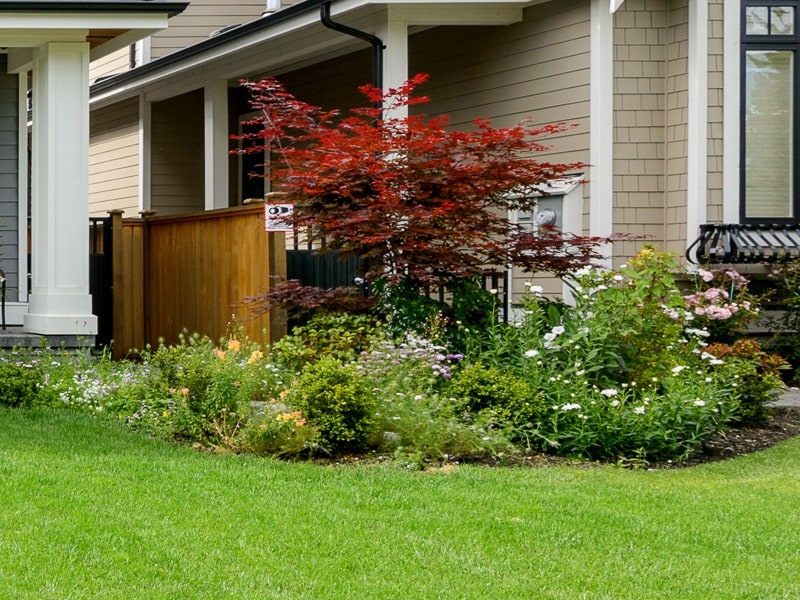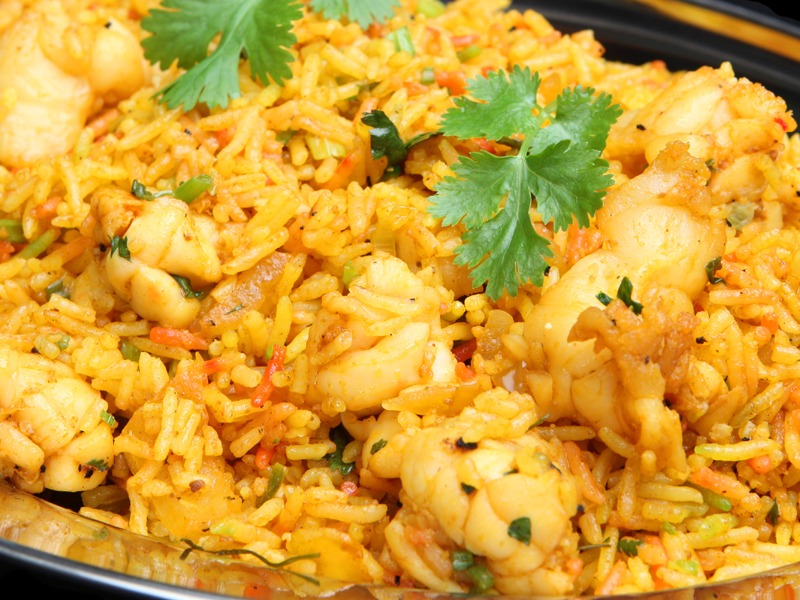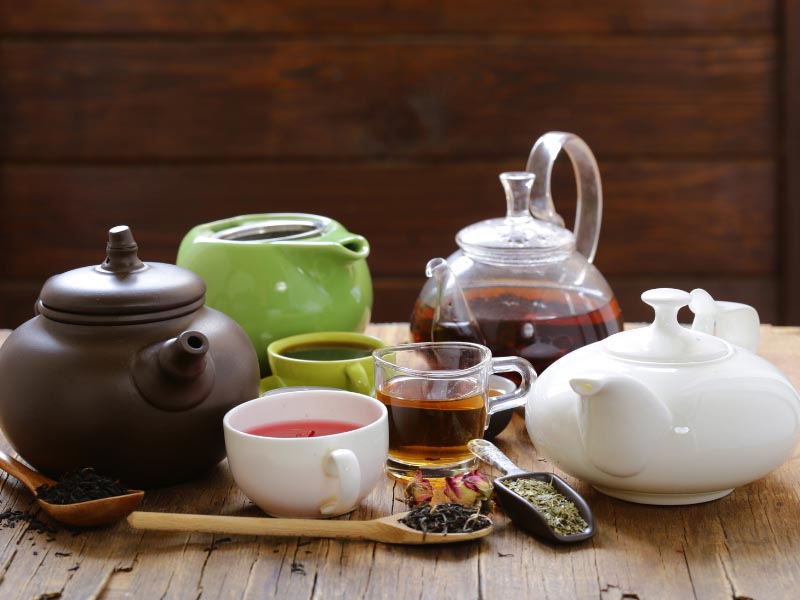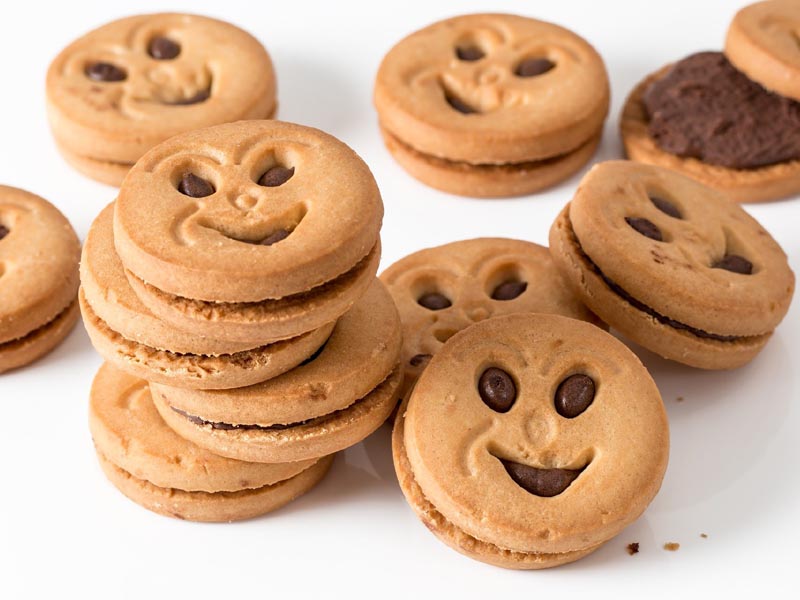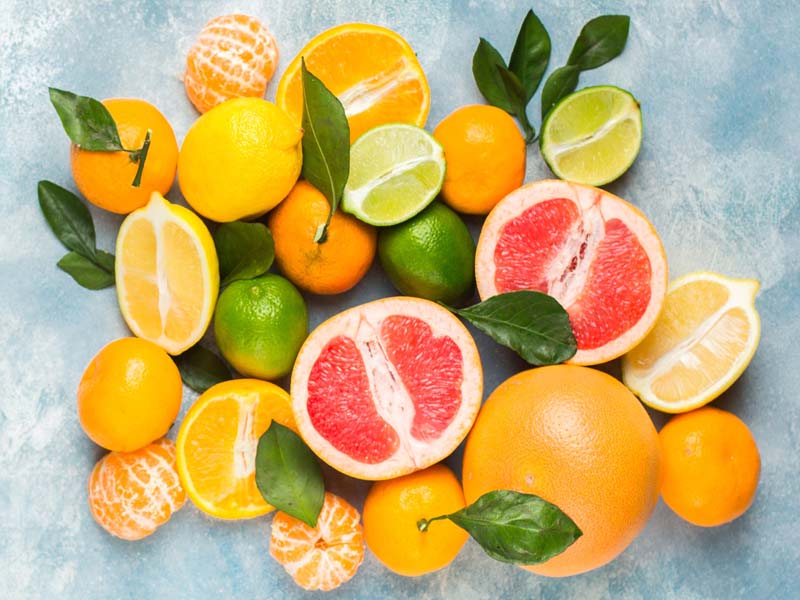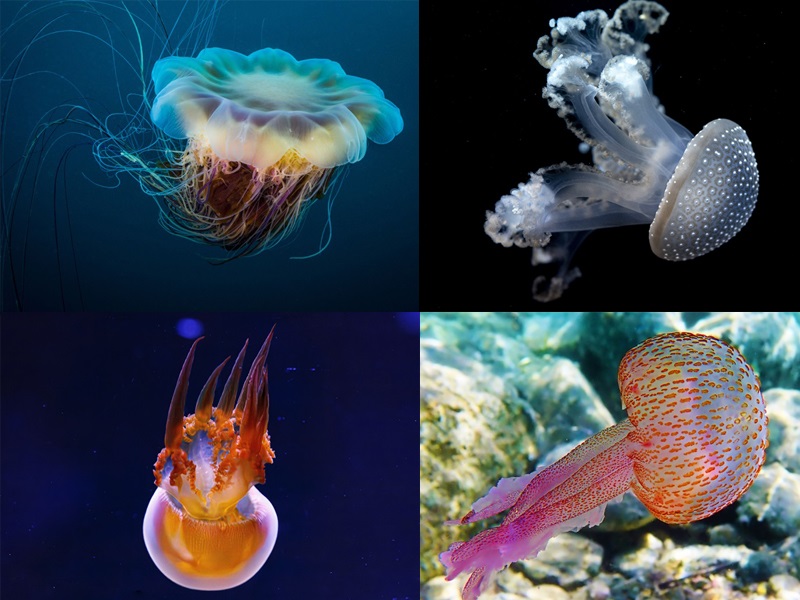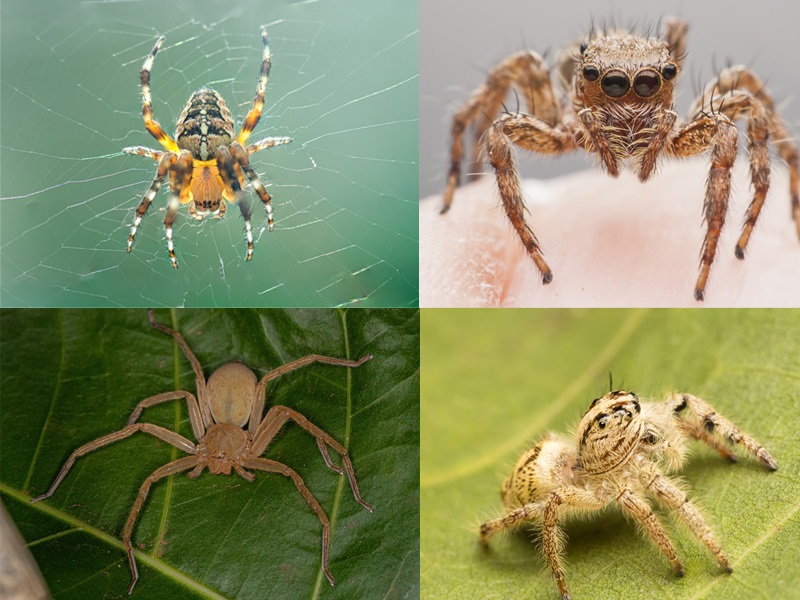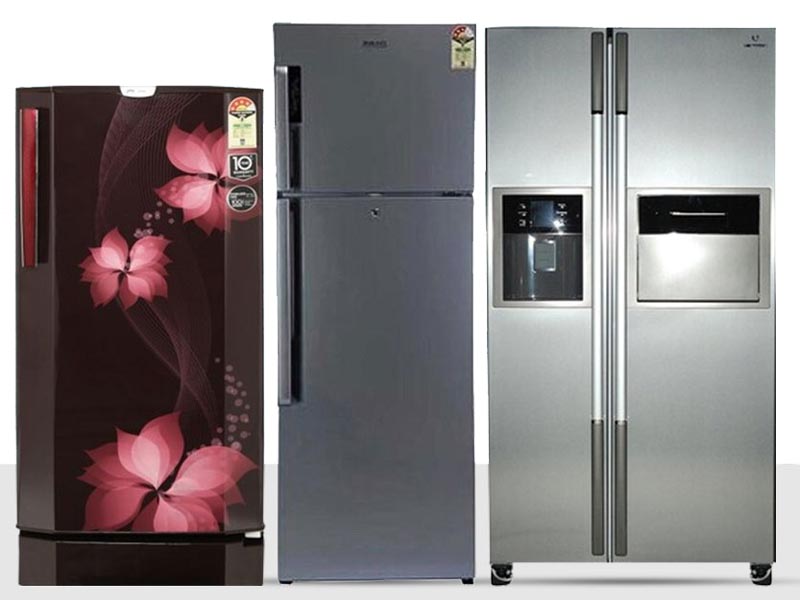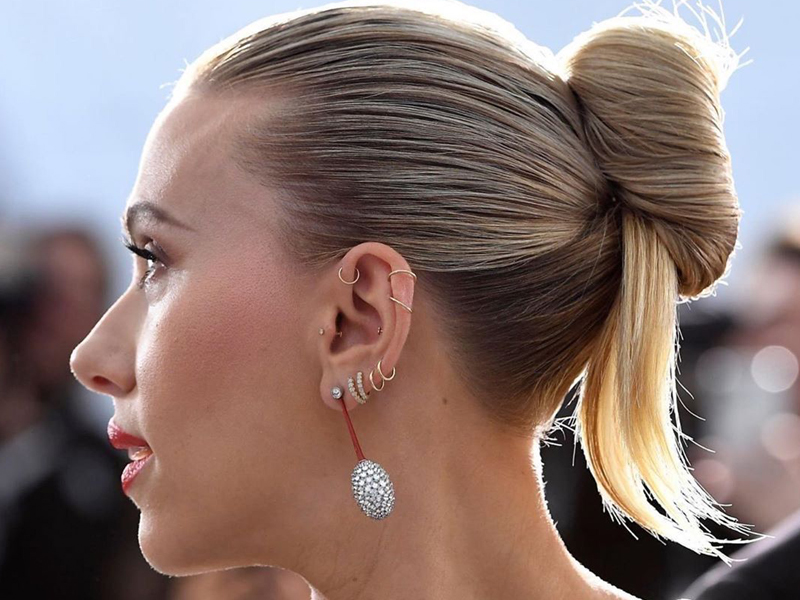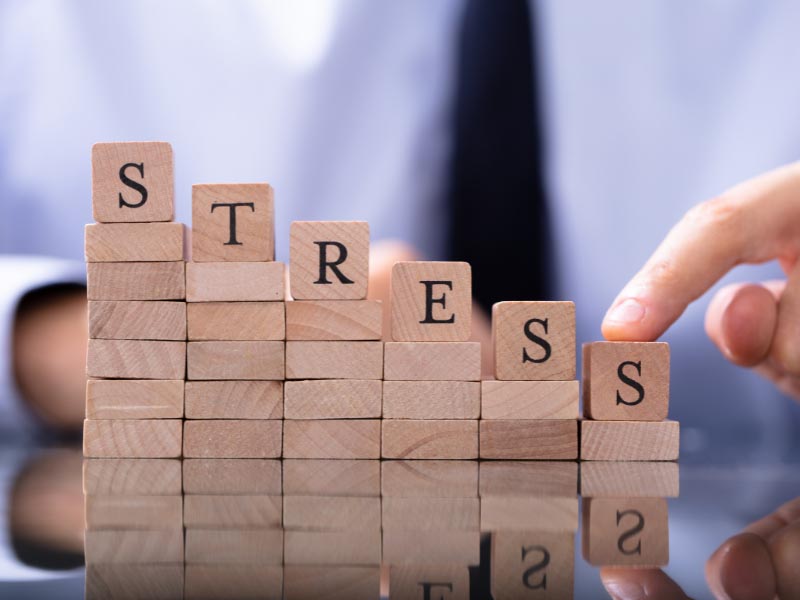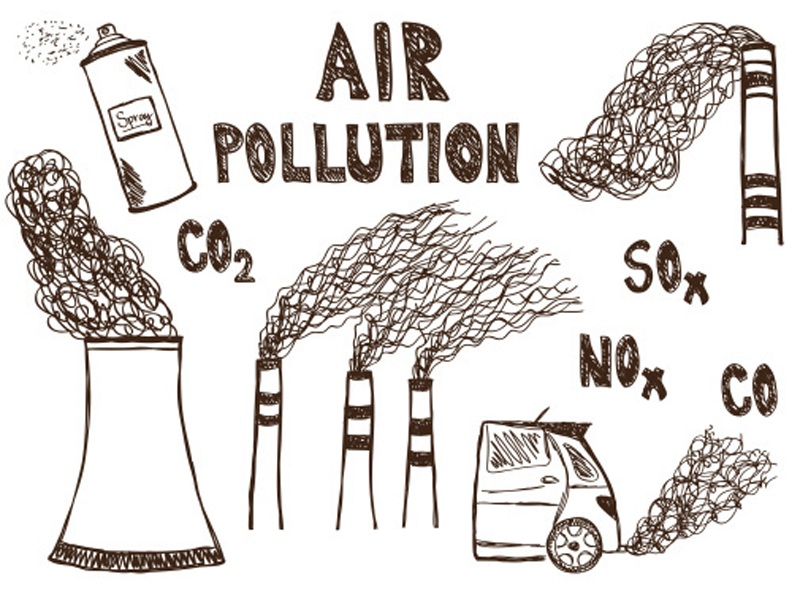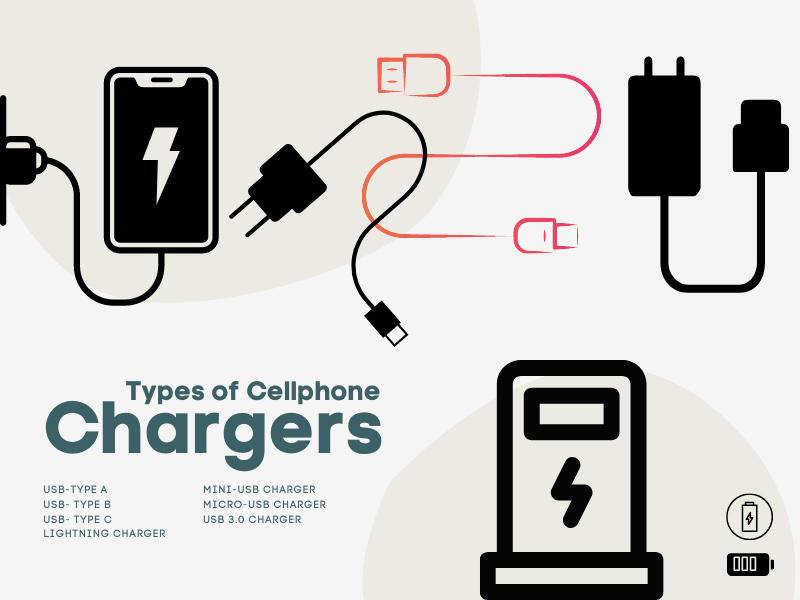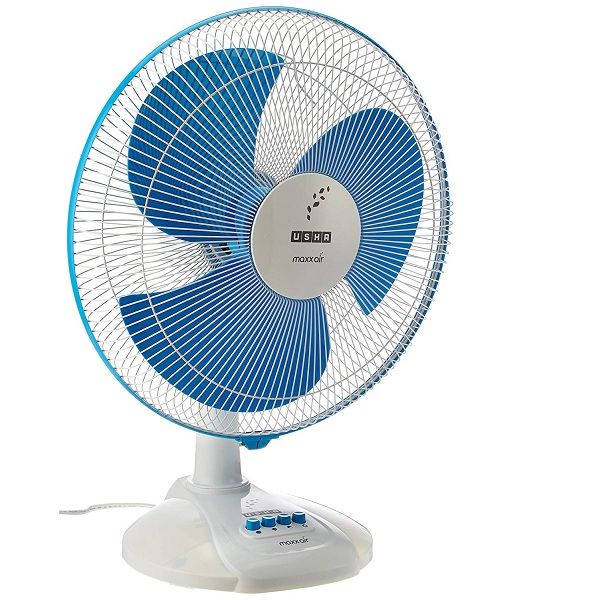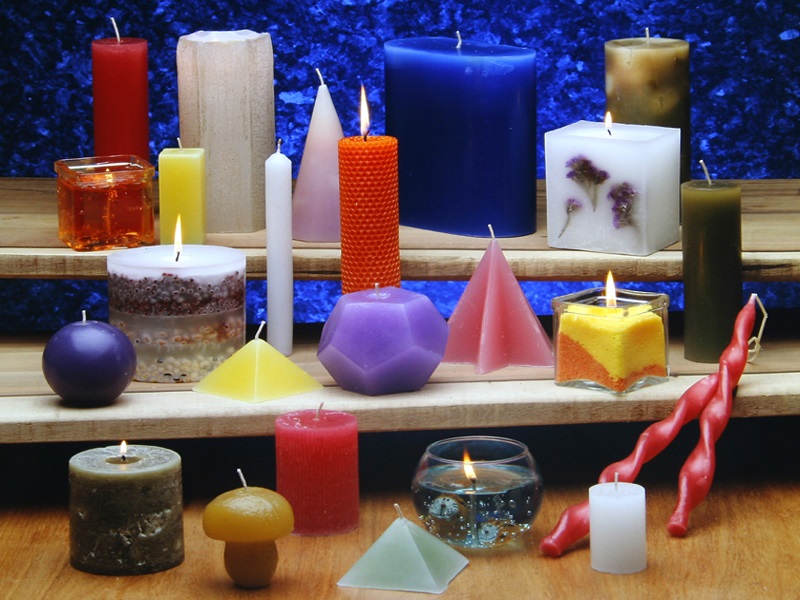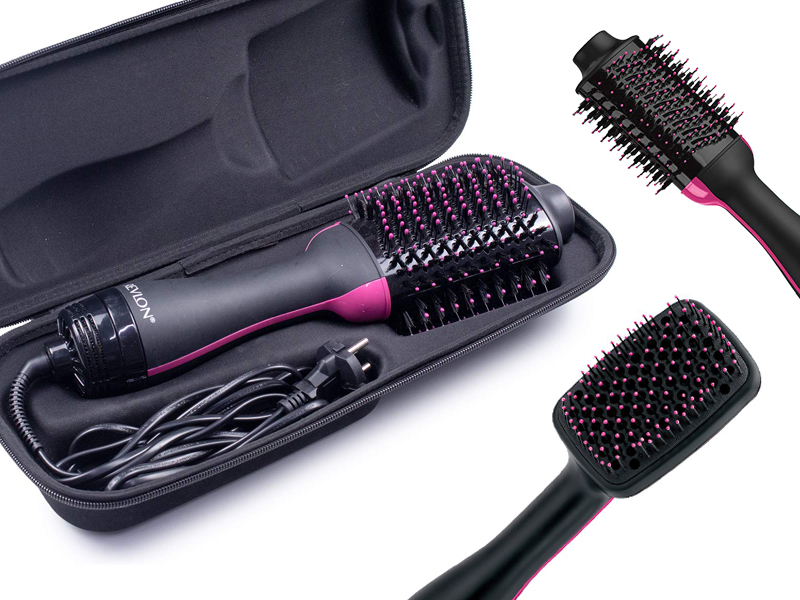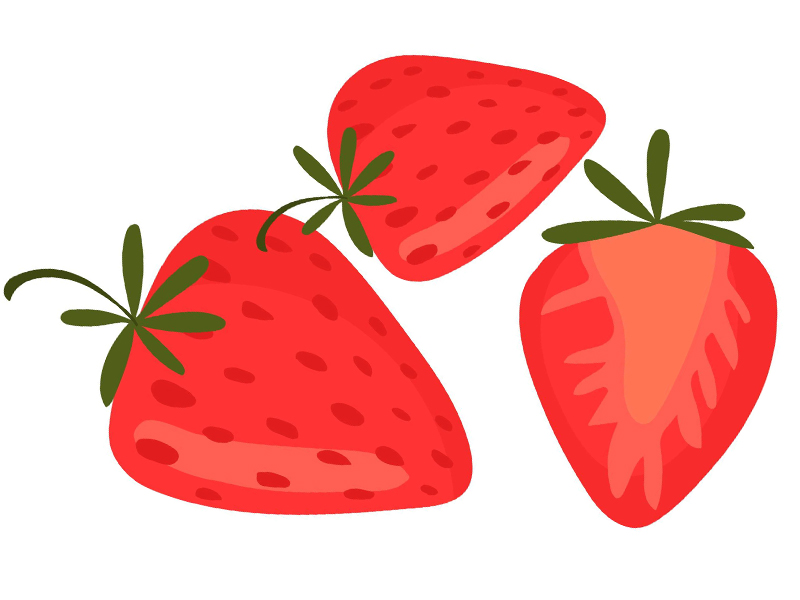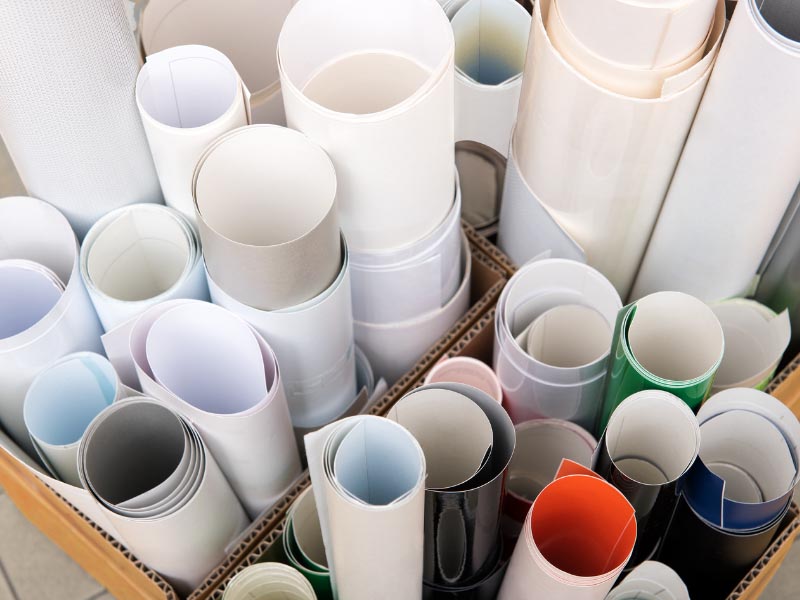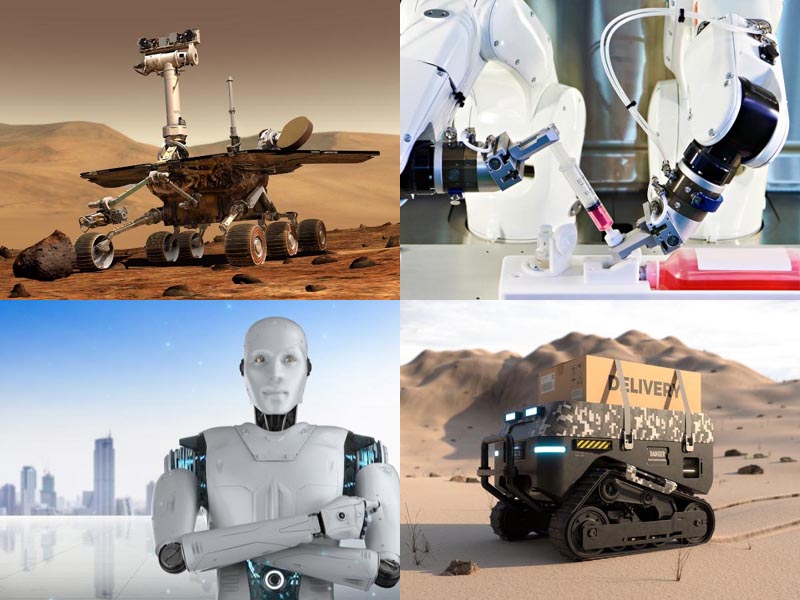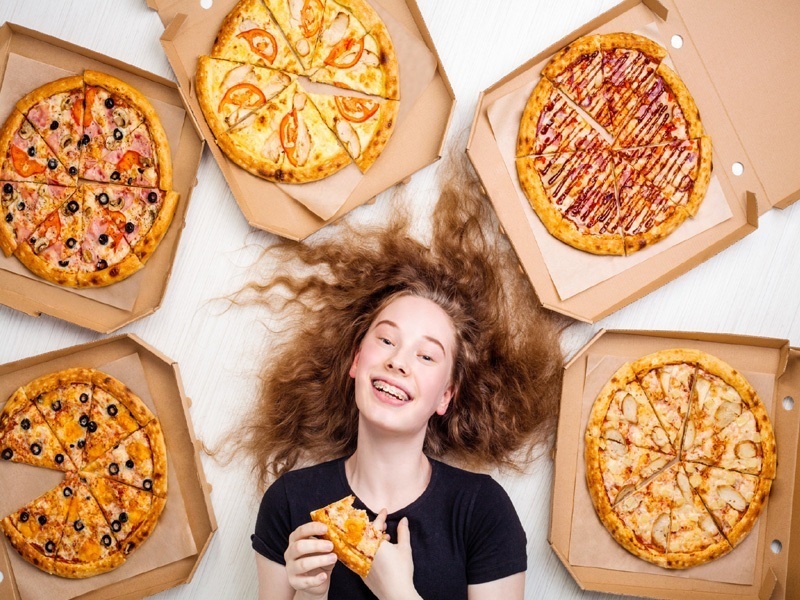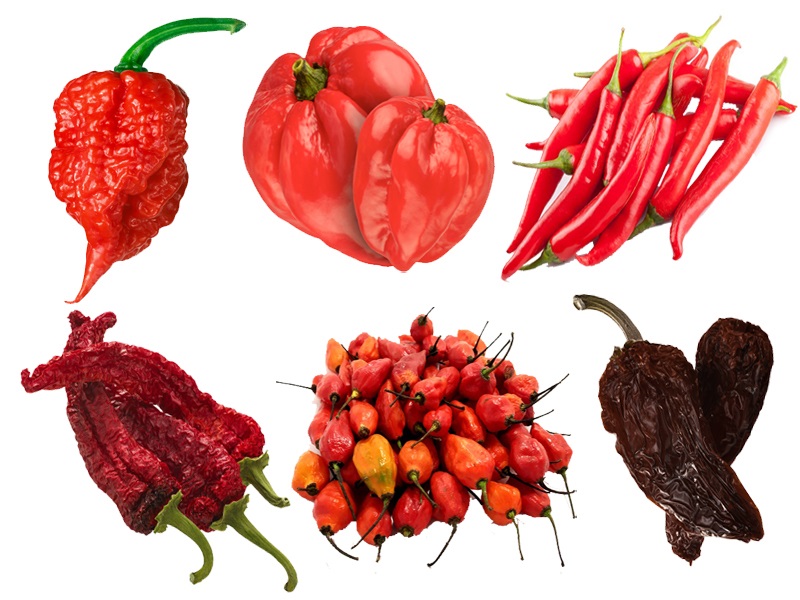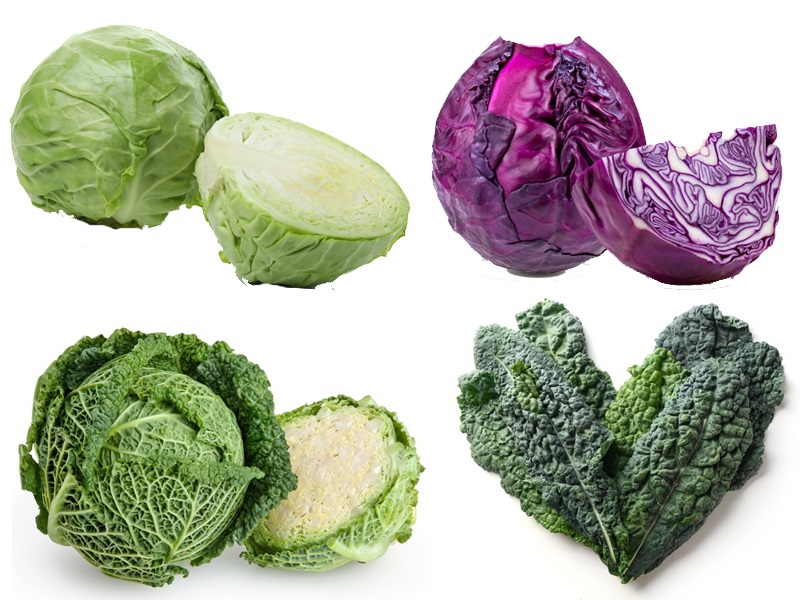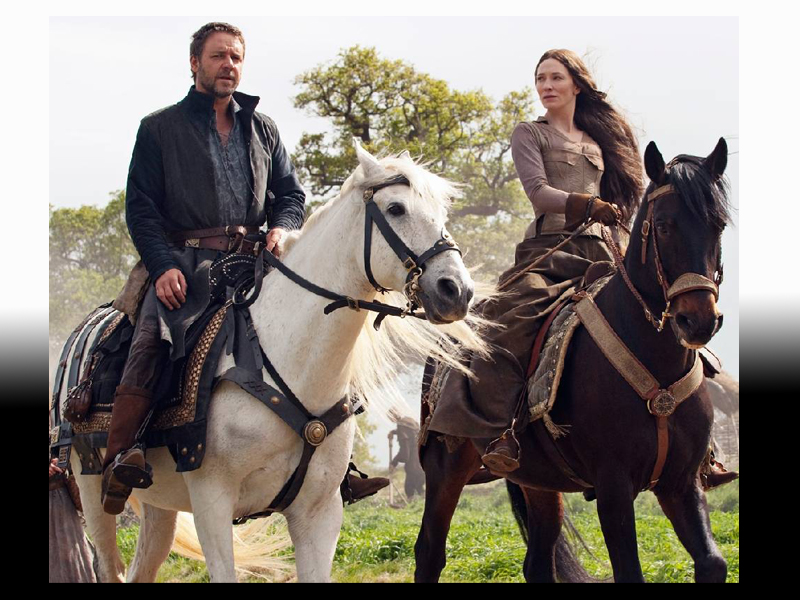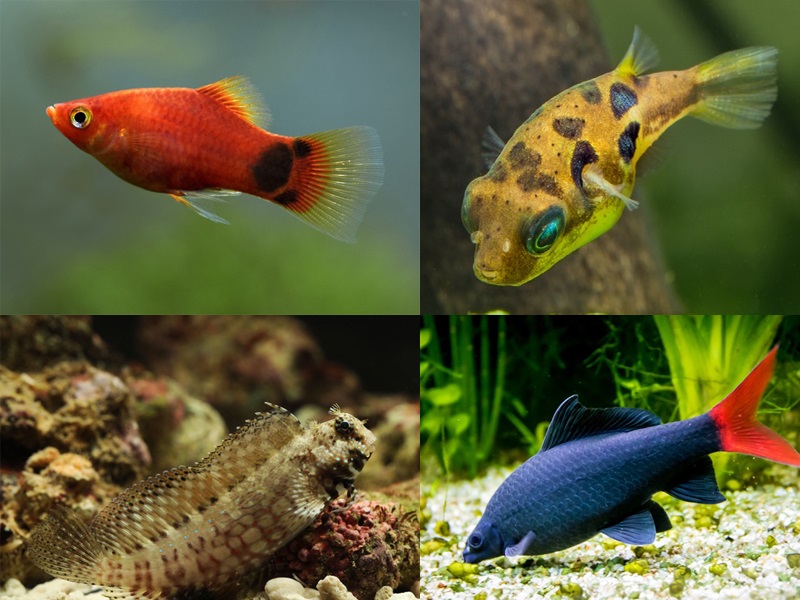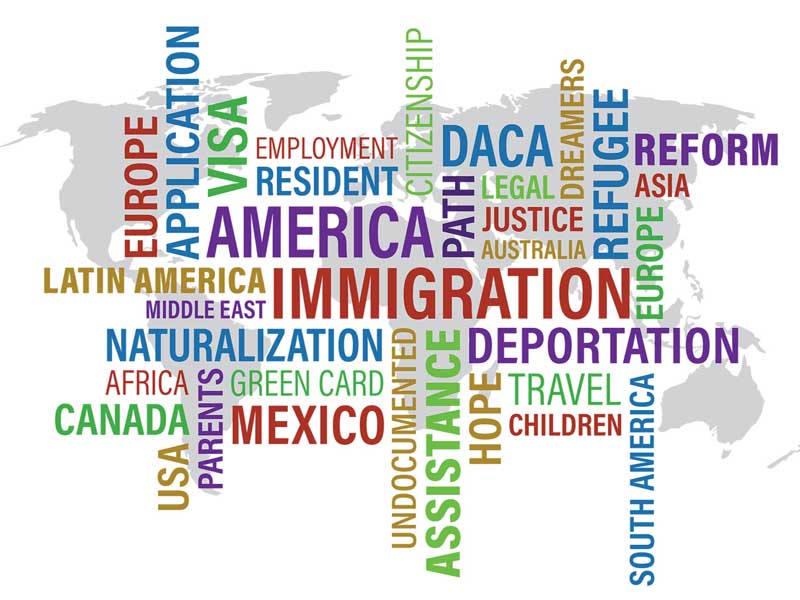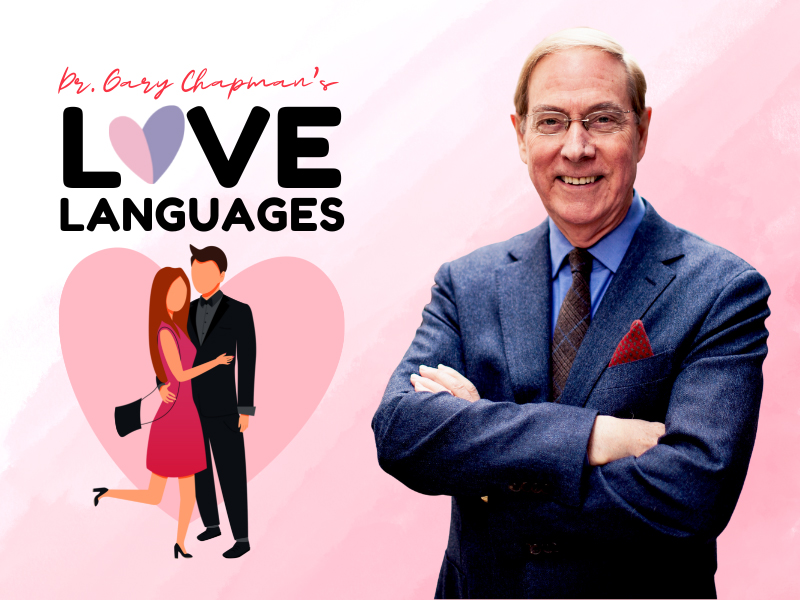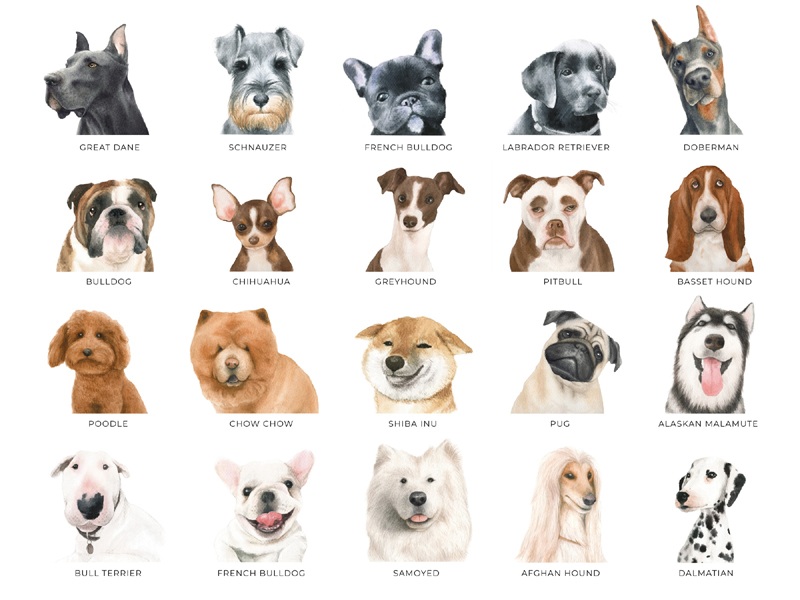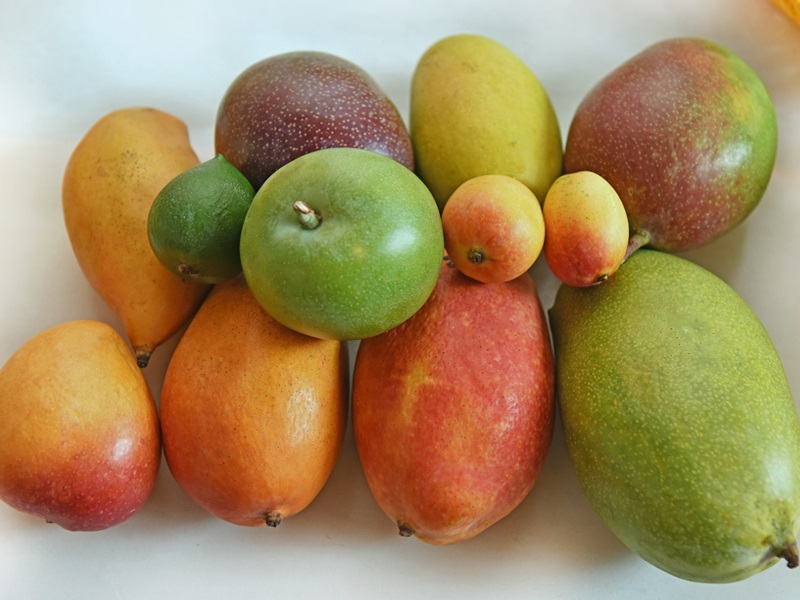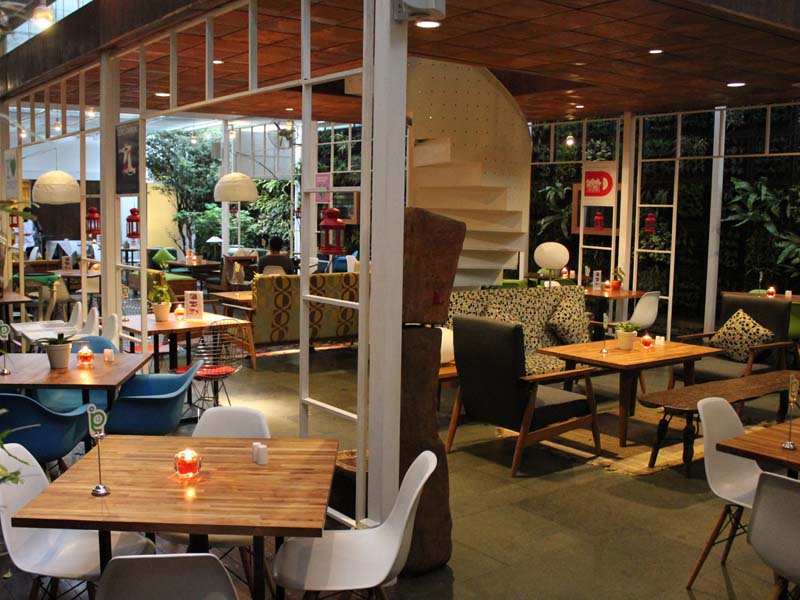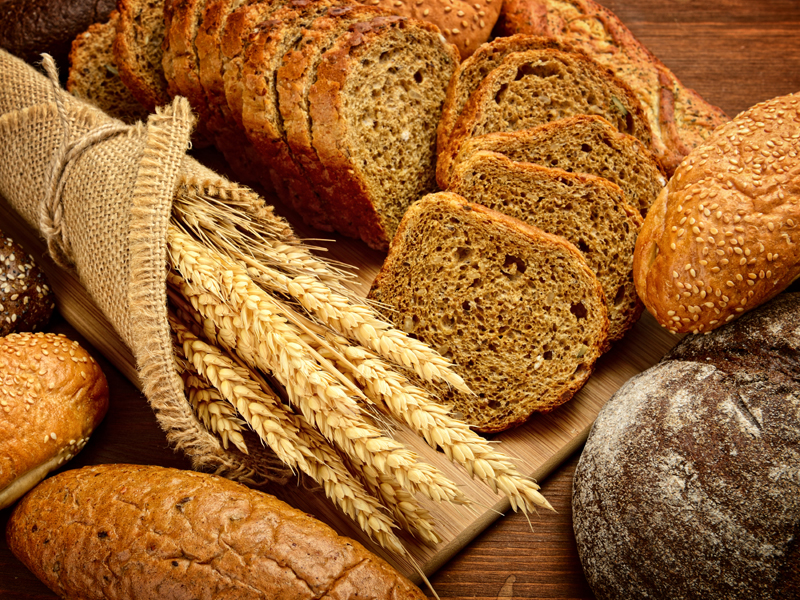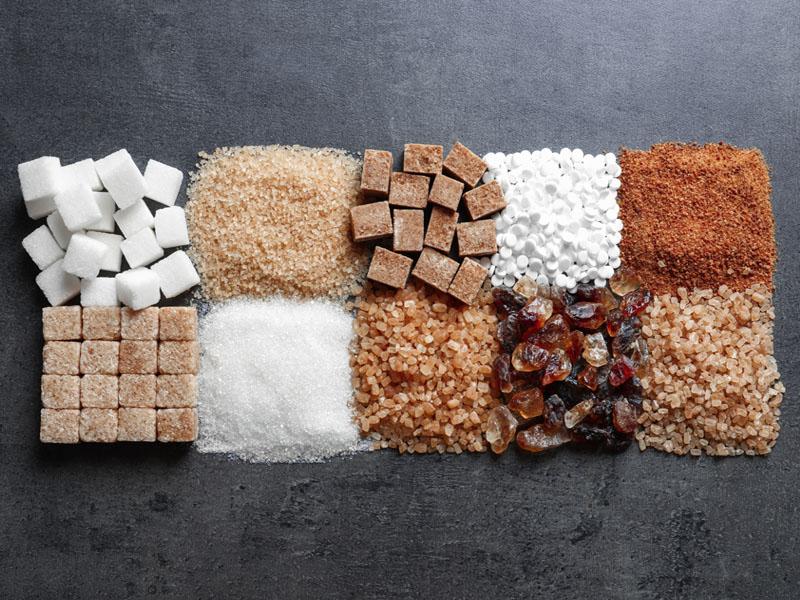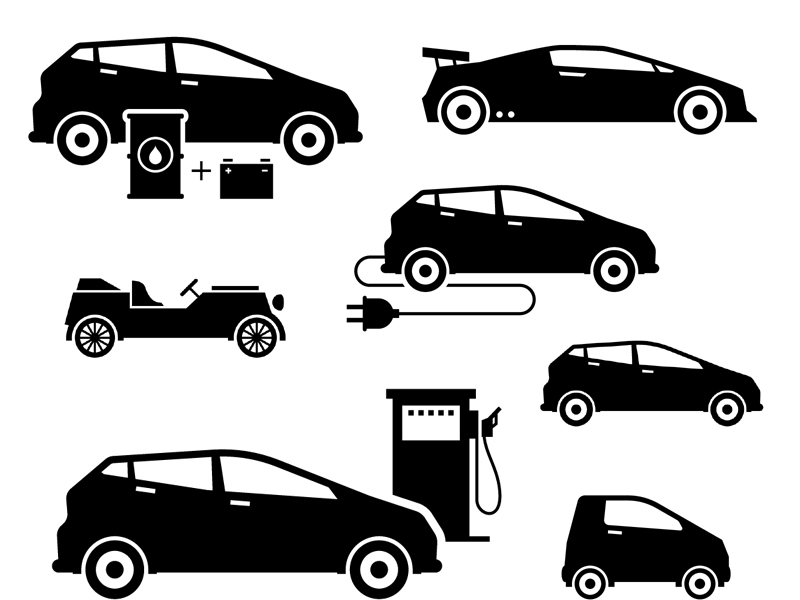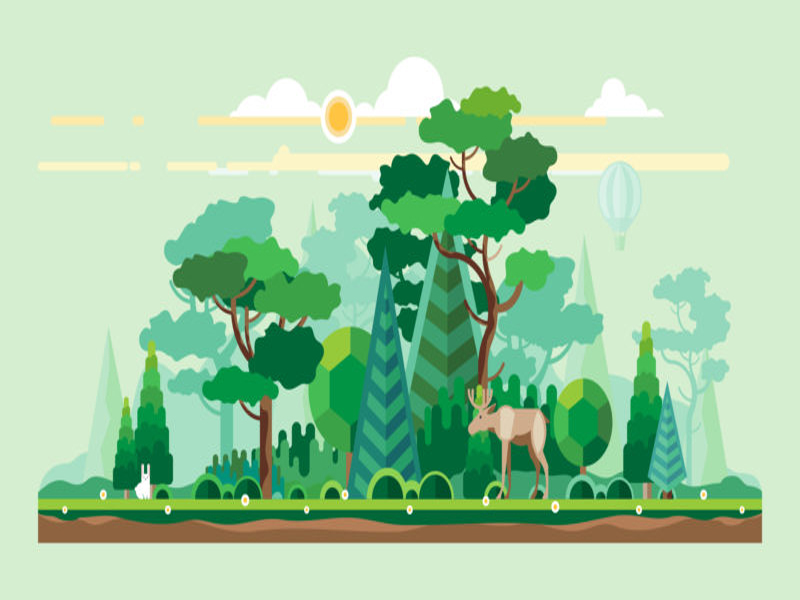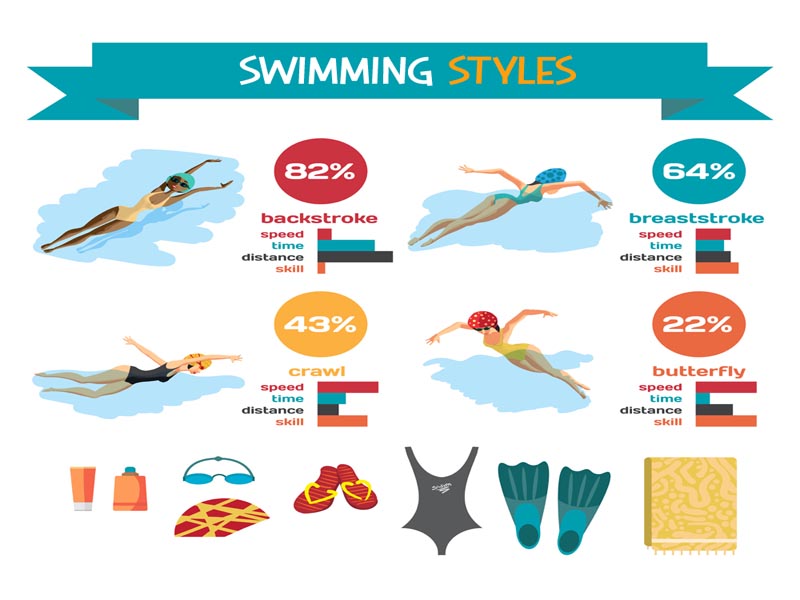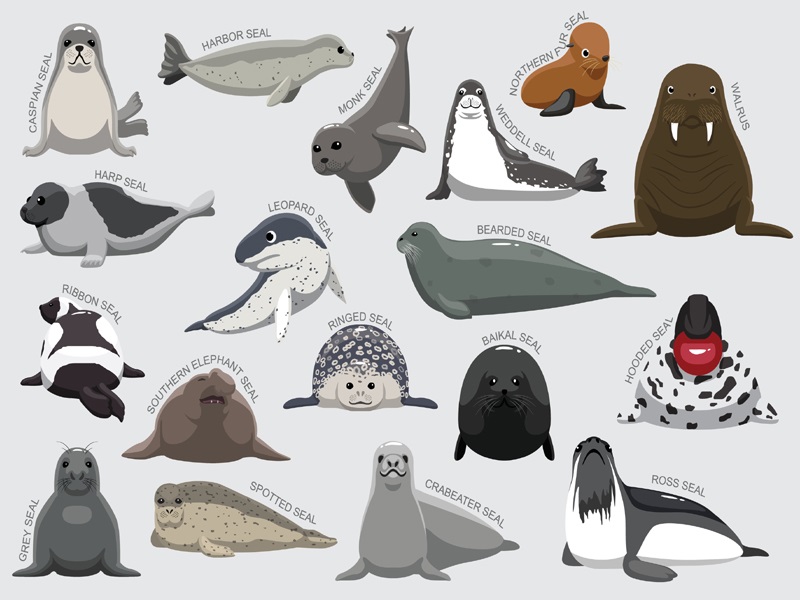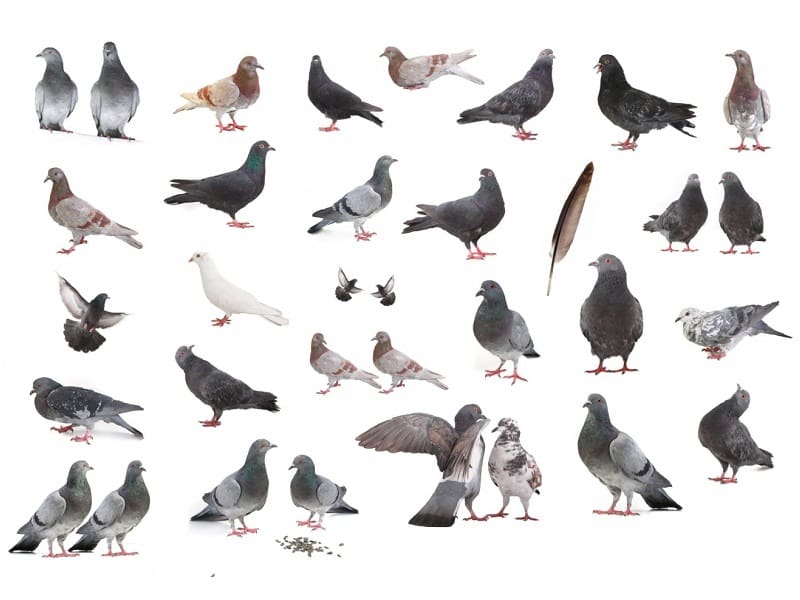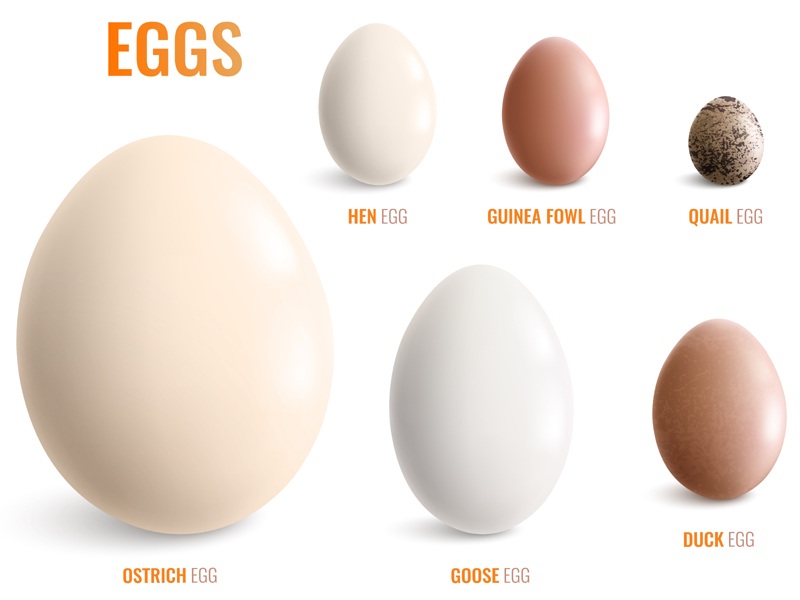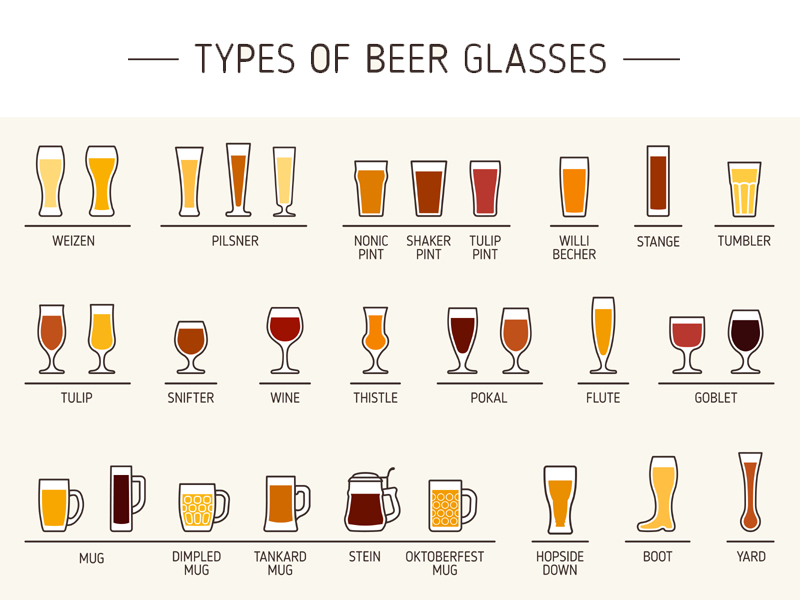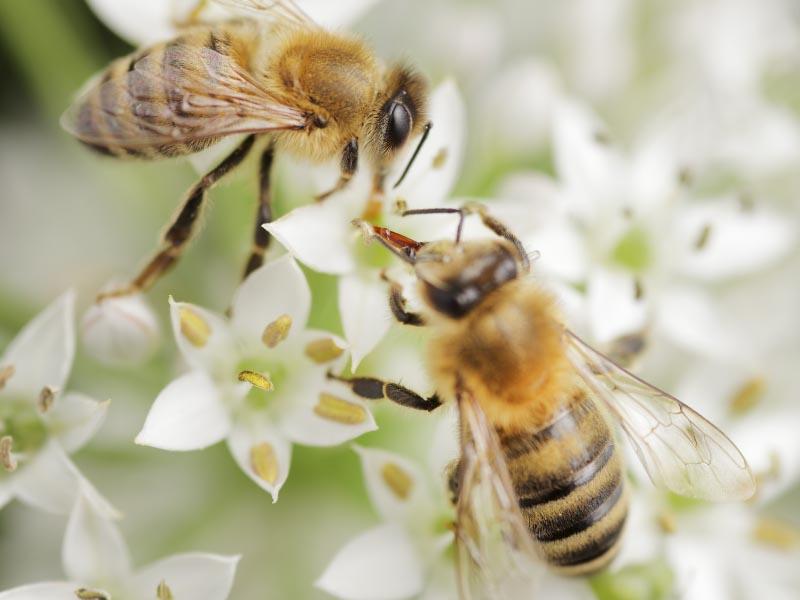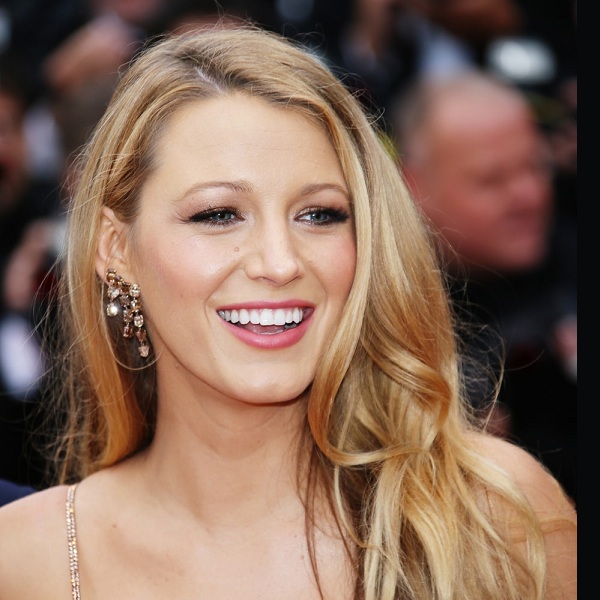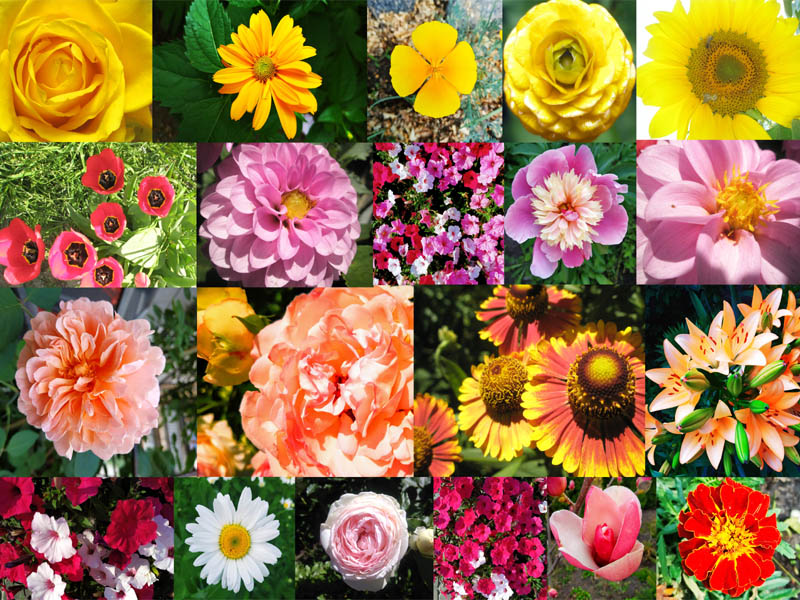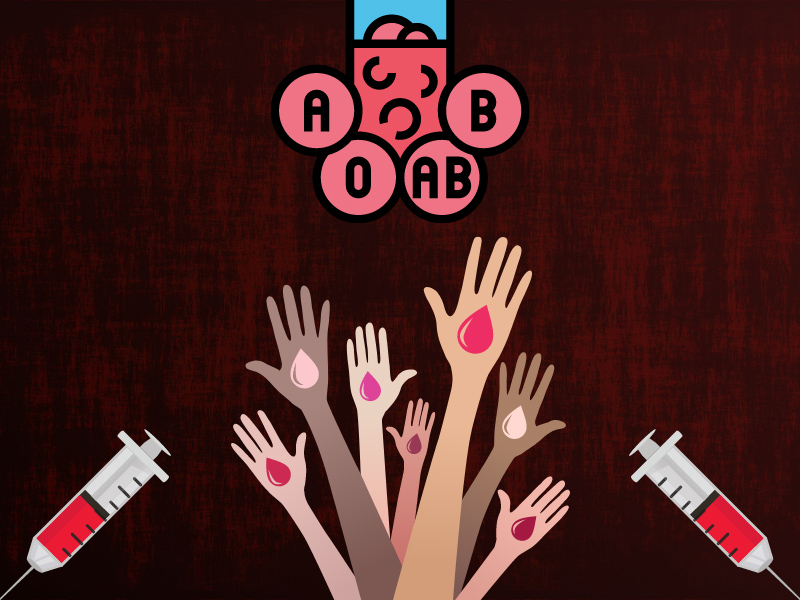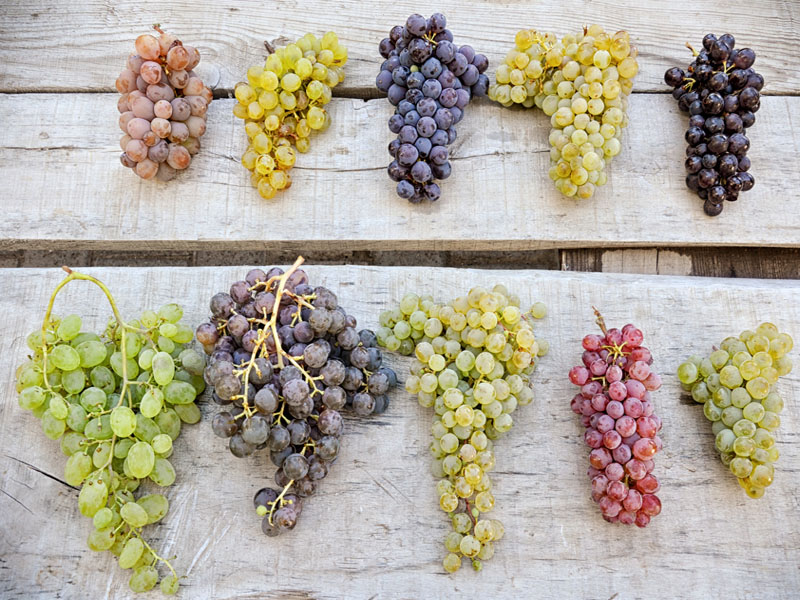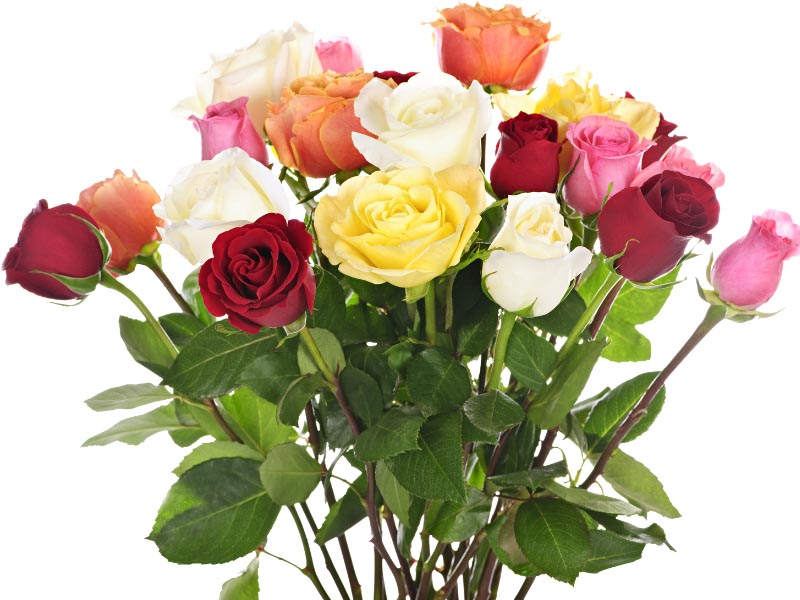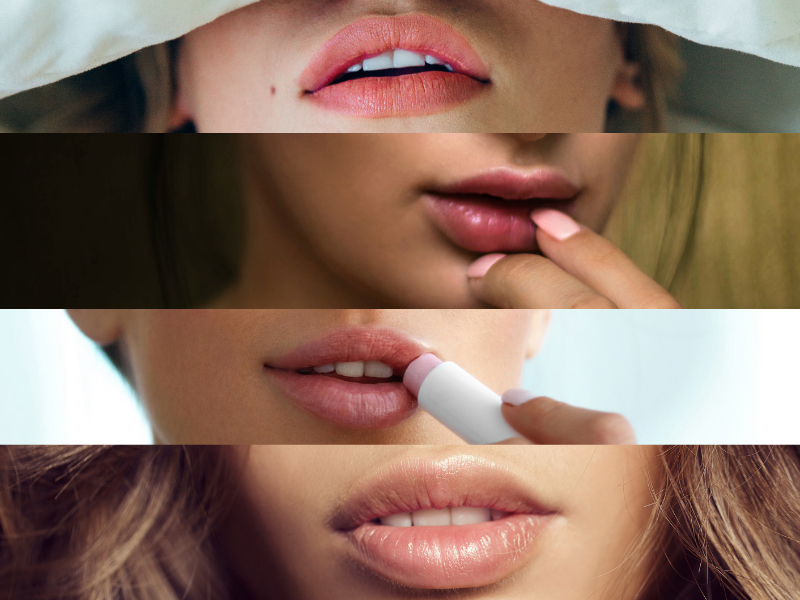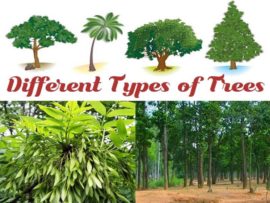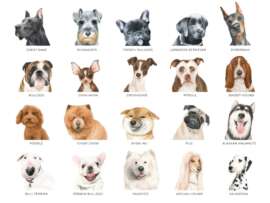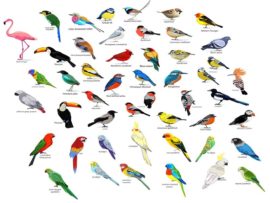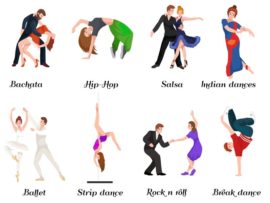Whether young or old, we all use pencils for one thing or another. But have you ever wondered how many types of pencils there are and the difference between them? Fret not, because we have presented you with all the details about the different kinds of pencils and how they work on other mediums. Of course, there has been a development of pencils in time, and various types of pencils have different uses. However, it is a relatively old tool for writing. Read on!
What Is A Pencil & Its History:
A tool used for writing on paper or wood is called a pencil, and it is characterized by black or grey colour. Nowadays, a pencil has a wooden frame with a thin rod made of Graphite or Kaolin inside the frame. The Graphite remains on the surface of a card or wood as you draw with it after clashing. You can cut the wooden part of the frame to reach the Graphite and sharpen the pencil. This way, the pencil is a disposable writing tool because it is reduced.
Nicolas-Jacques Conte, a scientist serving in the army of Napoleon Bonaparte, invented the modern pencil in 1795. The material used is Graphite because it is a form of pure carbon.
Pencil Symbols & Gradings:
- HB symbol, which means “hard and black”, is often used to mark pencils.
- The symbols B, B2, and B3, are the symbols market on the pencils to showcase the more significant amount of Graphite.
- Whereas the symbols H1, H2, and H3 are used to symbolize the amount of Kaolin in pencils. The higher amount of Kaolin, the higher number is placed beside the alphabet.
- The usage of pencils determines the category they are placed. For example, technical drawings need hard pencils (marked with the letter H). at the same time, artistic drawing needs soft pencils (marked with the letter B).
- EE, 12B, 8B, 7B, 6B, 5B, 4B, 3B, 2B, B, HB, F, H, 2H, 3H, 4H, 5H, 6H, 7H, 8H, 9Hare the twenty different degrees of hardness of artistic pencils. And there are four degrees of normal pencil hardness from 1 to 4.
- The pencil, which has a number 1, is related to soft 2B, pencil number 4 is a hard H, pencil number 4 is a 3H, and pencil number three is marked as HB.
- You can find the grade HB on a standard writing pencil used in 1844.
Main & Different Types Of Pencils:
Pencils are part and parcel of our lives for as playgroup students or adult artists. Though the needs of each person are different, and therefore different pencil is needed. Consequently, we have presented you with a variety of pencils based on various things:
By Marking Material:
1. Graphite Pencils:
The types of graphite pencils allow artists to draw realistic images, render expressive lines, make light guidelines and provide versatility tremendously. They are made with a gradated mix of clay and Graphite. However, these pencils might wear down slightly faster due to their softness.
2. Solid Graphite Pencils:
Solid graphite pencils are mainly used for art, and drawing and are also called woodless pencils. A solid graphite pencil doesn’t have a wood cover, while a standard pencil is a thin core of Graphite inside a wooden body.
See More: Popular Types of Paper
3. Liquid Graphite Pencils:
Liquid Graphite pencil allows you to create authentic graphite pencil effects and pencil sketches easily. Derivan liquid pencils are the most popular liquid graphite pencils, which come in different shades such as grey 3, grey9, blue, yellow, and red. You can use a brush, nib or other art tools to use a liquid pencil. For example, Doman developed a ballpoint pen and “The Scripto pen and pencil company” used liquid Graphite as “liquid lead.” The writing of the ballpoint pen is made erasable when it uses liquid Graphite. This was considered innovative, and the Institute of Modern Art in New York City displayed it.
4. Charcoal Pencil:
Charcoal pencil types come in different styles like wooden, paper and white charcoal pencils. You can get rich tones and high contrast with charcoal. However, it smears easily and is more brittle compared to other pencils. Nevertheless, these types of pencils are perfect for writing because, even if you make mistakes, it is easy to fade or wipe them off the paper entirely. Many famous artists, Leonardo da Vinci Michelangelo, Georgia O’Keeffe, and Ernst Barlach, used charcoal pencils. In addition, charcoal pencils keep the user’s hand from being marked while giving you photorealistic, nuanced and detailed drawings.
5. Carbon Pencil:
A pencil that has a combination of charcoal and Graphite is known as a Carbon pencil. Hard and soft are the two classifications of natural carbon. For superior blending and texture, Carbon pencils have a consistent softness for exceptional blending and texture. However, they leave hard and thick lines that are hard to erase. Depending on the manufacturer and darkness, a mixture of clay and lamp black or a blend of charcoal or Graphite is used to make these pencils. These pencils are smoother than charcoal and produce deeper black than graphite pencils.
6. Colored Or Crayons:
Coloured pencils or crayons are the types of pencils made with materials like charcoal, coloured pastels, and chalk. Architects and children use these pencils often for colouring and drawing because they are available in a wide range of colours, simple to use and non-toxic. Coloured pencils’ cores are wax or oil-based and contain varying pigments, additives and binding agents, unlike graphite and charcoal pencils.
7. Grease Pencils:
A grease pencil is a kind of pencil made of hardened coloured wax. It is t known as a wax pencil, chinagraph pencil, or china marker. These types of pencils help mark glossy non-porous surfaces like polished stone, lacquered, plastic, rock, glass, and porcelain and help mark x-rays, audio films and tapes. In addition, it is often used in chemistry labs to mark glassware due to its ability to write on glass. Additionally, it is used as a handyman’s marking tool or in construction since it doesn’t scratch the surface. Some traditional artists also prefer grease pencils which can also mark wet surfaces.
8. Watercolor Pencil:
Watercolour pencils are a versatile art medium otherwise known as water-soluble pencils. You can get the desired watercolour effect by applying some wetness, or they can also be used like regular pencils. However, the artist first lays down the dry pigment and then follows up with a damp paintbrush to spread and intensify colours in a wet application. You can also blend colours with this technique. There are typically 60 or 72 colours with a few 120 colour assortments in artist-grade watercolour pencils.
By Use:
9. Carpentry:
Carpentry pencil’s two main properties include the strong Graphite and the shape that prevents them from rolling. The German carpenter’s pencil dating from the 17th Century, is the oldest surviving pencil present in the Faber-Castell collection.
10. Copying Or Indelible Pencil:
A pencil whose lead contains dye is a copying pencil called an inedible or chemical pencil. Before binding the mixture with clay, these pencils’ lead is fabricated by adding a dry water-soluble permanent dye to powdered Graphite. These pencils are designed when copying or mimeographing a document. The extra aniline in the pencil’s lead help create copies taken from the original by wetting the lead.
See More: Different Varieties of Pens
11. Eyeliner:
Unlike copying pencils, eyeliner pencils contain non-toxic dyes and makeup. Several brands are available in the market that produces several types of eyeliners.
12. Erasable Colouring Pencils:
Erasable colouring pencils are the types of coloured pencils that can be erased, unlike wax-based colour pencils, hence the name. You can create an outline using the same colour and later use wax pencils or watercolour paints as filling, making them the perfect type of sketching pencils. Since erasable colour pencils don’t smudge easily and distinguish between objects in the sketch, some animators prefer these pencils. Compared to graphite pencils, these erasable colour pencils are more beneficial because markings stand out and, therefore, even copy-editors like them.
13. Non-Reproduction Pencil:
Non-reproducing pencils make marks that aren’t reproducible by photocopiers and are also called non-photo blue pencils. ‘copy-not’ by Sanford’Mars Non-photo’ by Staedtler are examples of these pencils.
14. Stenography Pencil:
The stenographer’s pencil’s lead is break-proof and is expected to be reliable. Therefore, these pencils are also known as steno pencils. Nevertheless, steno pencils are sometimes sharpened at both ends to enhance reliability. In addition, to avoid pressure pain during long texts, these pencils are round.
15. Golf Pencil:
Golf pencils are very cheap and are usually short, with a standard length of 9 cm (3.5 inches). These writing instruments are also called library pencils which are disposable and leakproof.
By Shape:
16. Triangular:
Triangular pencils are the initial and perfect choice of pencils for kids when they wish to learn pencil grip perfectly. Elementary school pencils, writing pencils, and drawing pencils are ideal examples of triangular pencils. In addition, the jumbo triangular pencil is known as a kindergartener-friendly design. It is well known among primary school teachers. The standard-sized triangular pencil is the perfect type of pencil used for sketching and shading.
17. Hexagonal:
Hexagonal pencils are known for their firm grip anywhere on the pencil with its well-defined edges. In addition, the hexagonal casings are easy to use and versatile. Hexagonal pencils won’t fall off the desk compared to their rounded counterparts. However, artists might not choose these pencils for shading because of the hard edges. In addition, they might not be suitable for daily use because they might cause calluses.
By Manufacture
18. Mechanical:
A mechanical pencil is a pen-type pencil whose production is done with a plastic or metal frame, hence the name. The graphite cartridges present in these pencils are extended further as they wear. The different types of mechanical pencils include propelling pencils that have an internal mechanism to push the lead out. In comparison, mechanical pencils that merely hold the lead in place are called clutch pencils.
19. Pop a Point:
Pop a point pencils are housed in a plastic holder in a cartridge style. When one piece is dull, it is pushed to the rear of the pencil, making the new pieces to the front, hence the name. Pop a point pencils are also called stackable, non-sharpening, or Bensia. The name Bensia pencils come from the Taiwanese stationery manufacturer Bensia Pioneer Industrial Corporation in the early 1970s.
20. Plastic:
Plastic pencils’ core is made by co-extrusion of plasticized graphite mix and a wood-composite core made of ABS plastic, aluminium stearate and wood flour invented in the late 1960s by Harold Grossman. Dr Arthur D. Little further improved plastic pencils through the early 1970s. These pencils bend without breaking and are very flexible. Plastic pencils are extruded by a machine and therefore have no grain or seam. These pencils have no distinguishable scent and can bend easily and snap cleanly.
By Size:
21. Typical:
A typical standard hexagonal #2 pencil has a slightly larger outer diameter, about 9/32-inch (7mm). It is cut to a hexagonal height of ¼-inch (6 mm). 19 cm (7.5 inches) is the size of a standard, #2, hexagonal pencil.
22. Biggest:
Ashrita Furman unveiled his giant 76 feet long, 18,000 pounds, US$20,000 pencil on September 3 2007. It was created as a gift for teacher Sri Chinmoy after three weeks of creation in August 2007. This pencil is longer than the pencil outside the Malaysia HQ of stationers Faber-Castell, which is 65 foot.
See More: Pencil Craft Designs
Interesting Facts About Pencils:
Here are some facts about pencils that you might find interesting.
- Pencils are tools used for daily scribbling, creating amazing drawings and aiding architectural design.
- On average, a pencil can write approximately 45,000 words, draw a line 35 miles long, and be sharpened 17 times.
- A tree can make about 300,000 pencils on average.
- Thomas Edison got his pencils made significantly thicker than an average pencil.
- Large and pure quantities of Graphite were discovered in the early-mid-1500s near Cumbria, which helped mark sheep and pencils.
- The pencils don’t contain any lead, although the contents of a pencil are referred to as “lead.” Instead, the mixture of Graphite and clay is present in most pencils.
- Charcoal and carbon are some of the other materials used in pencils.
- The mechanical pencil was patented in 1822 and was developed by British developers.
- The factories in China produce 10 billion pencils which is more than half of all the pencils globally.
Having a dependable pencil plays an essential role in celebrating the hoys or diagramming, calculating, drawing and much more. Check out the array of pencil selections you can look into and choose the one that suits your needs. Don’t forget to let us know if you found the article helpful!
FAQs:
1. What are the different types of shading pencils?
Although there is no reason to discount the harder H pencils, softer B pencils are considered the best option for shading. If you are looking for delicate, light even shading, HB and H are good choices.
2. What are the different types of pencil boxes?
Several pencil boxes or pouches are available in the market that can store pencils safely. They include:
- Zip or hook-tape closures.
- Rolls or wraps.
- Cases with room to hold pencils in layers.
- Cases
- Easel cases.
- Pocket cases to hold other things.
3. What are the different types of pencil art?
Several types of pencil art are distinguished for several prominent reasons. The significant kinds of pencil art are:
- Hatching and cross-hatching.
- Scribbling.
- Stippling.
- Circling.
- Smooth shading and blending.
- Rendering.
- Creating highlights.
Disclaimer: The content of this article is based on research and not a replacement for a professional opinion. The website is not responsible for the accuracy and authenticity of the information.


